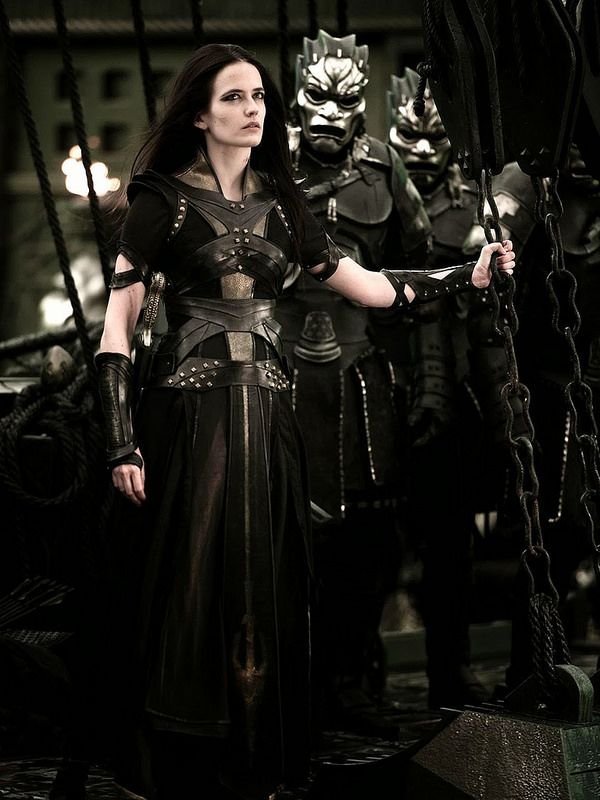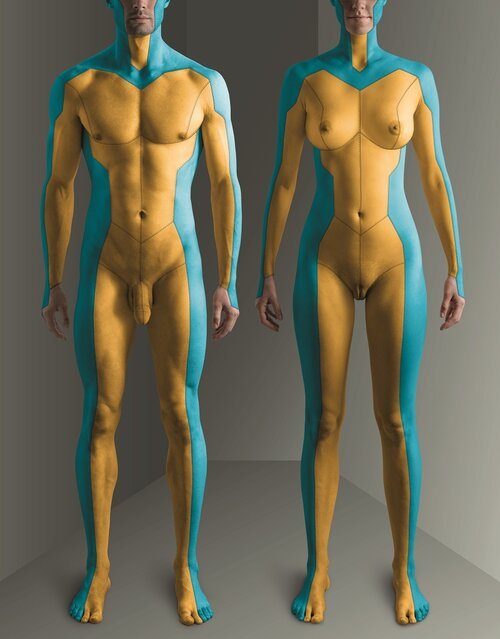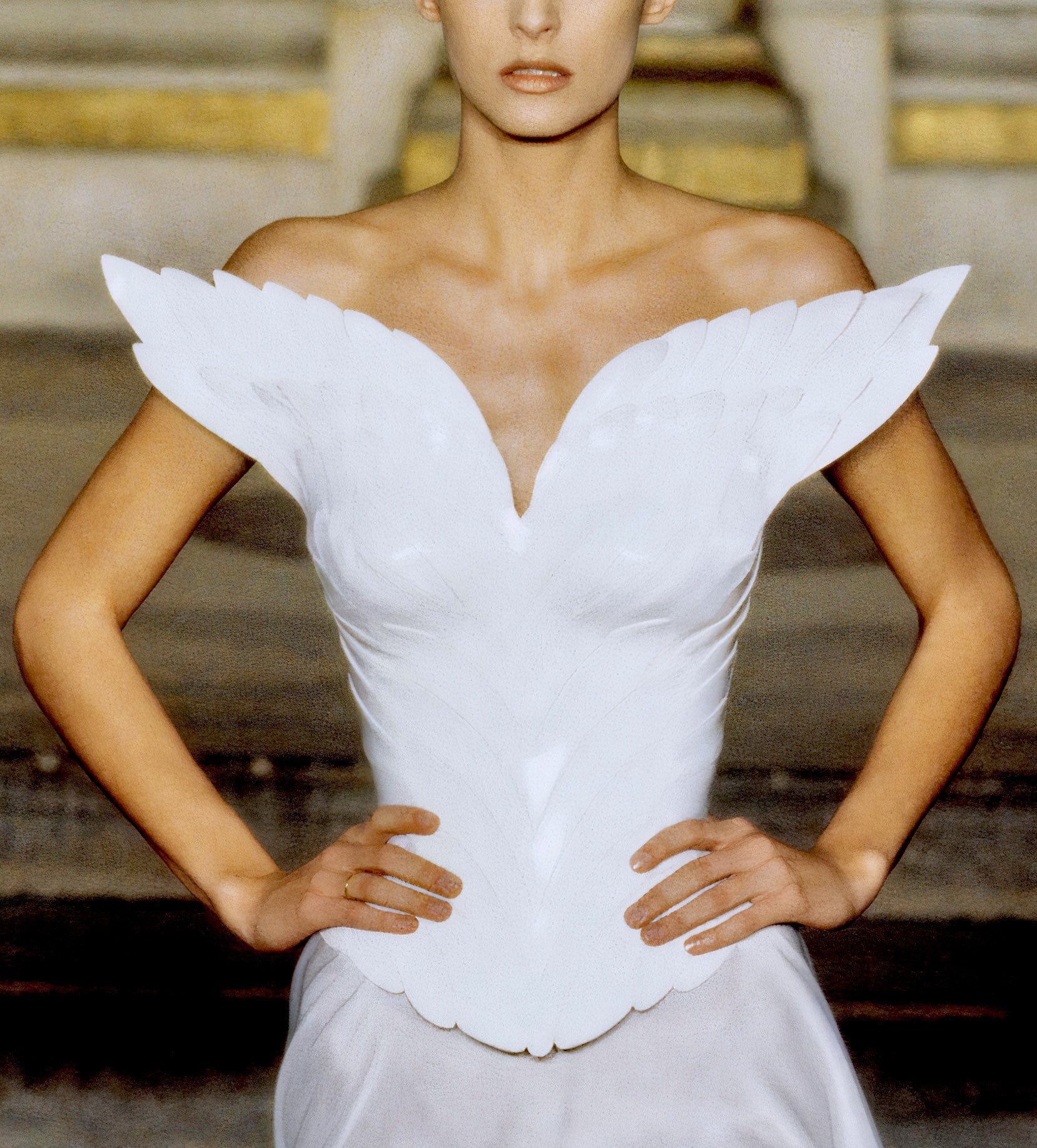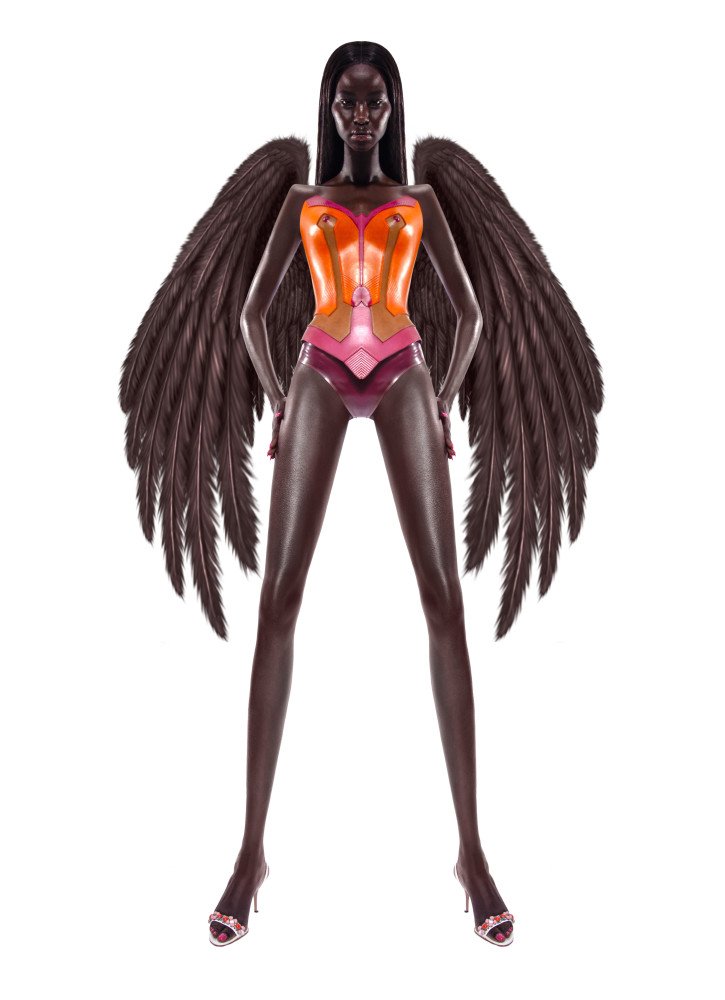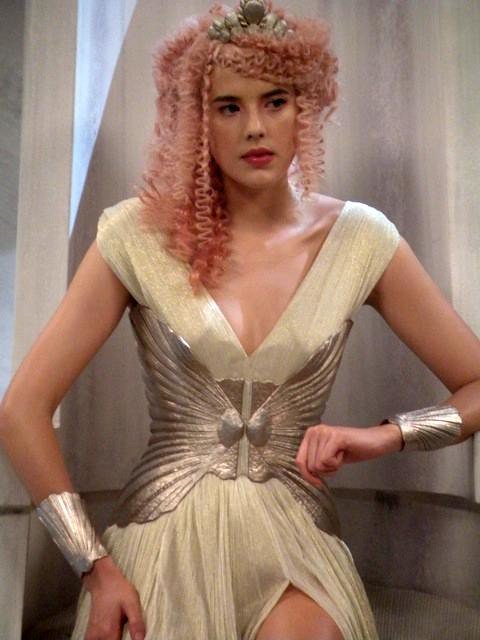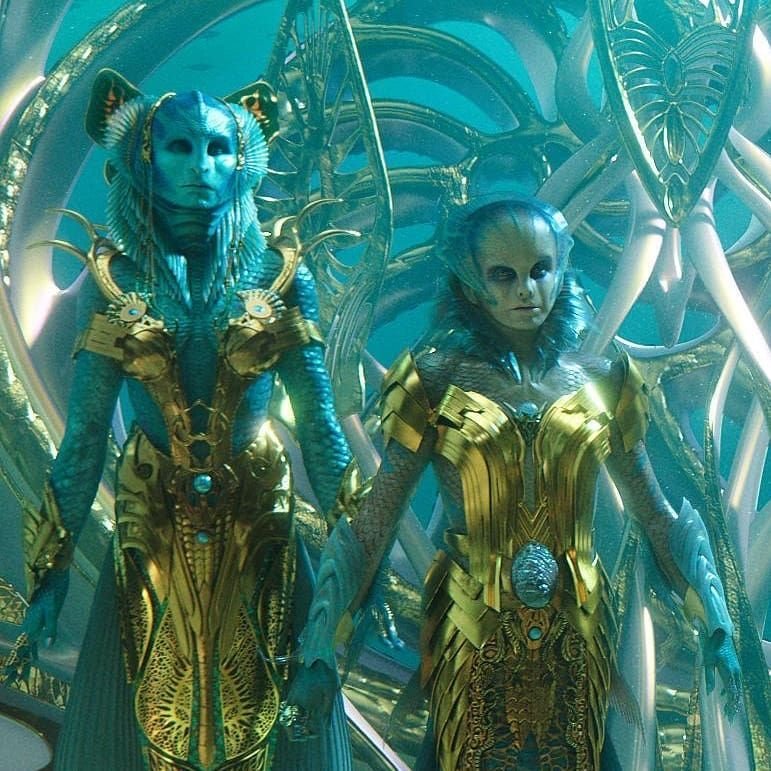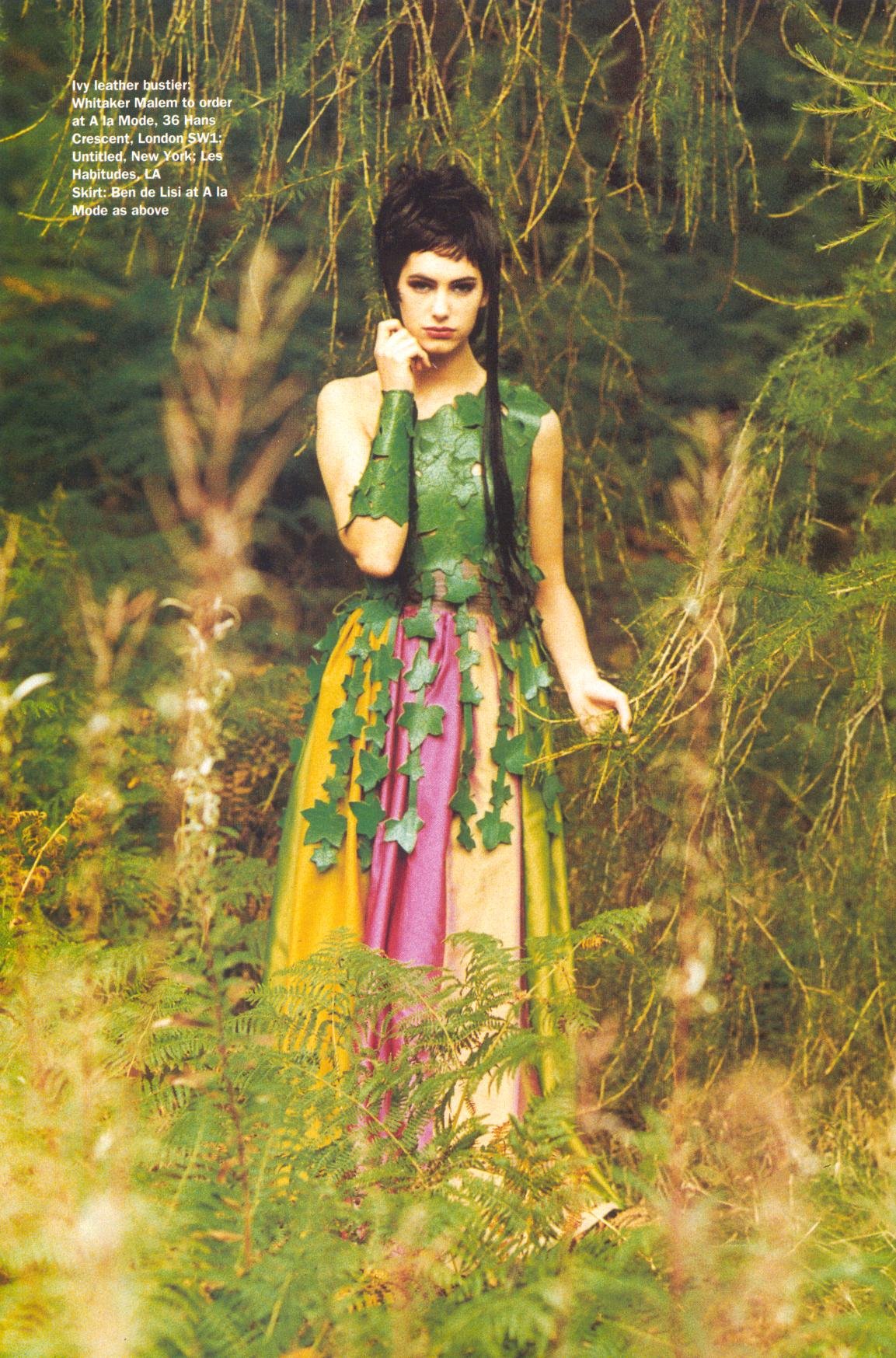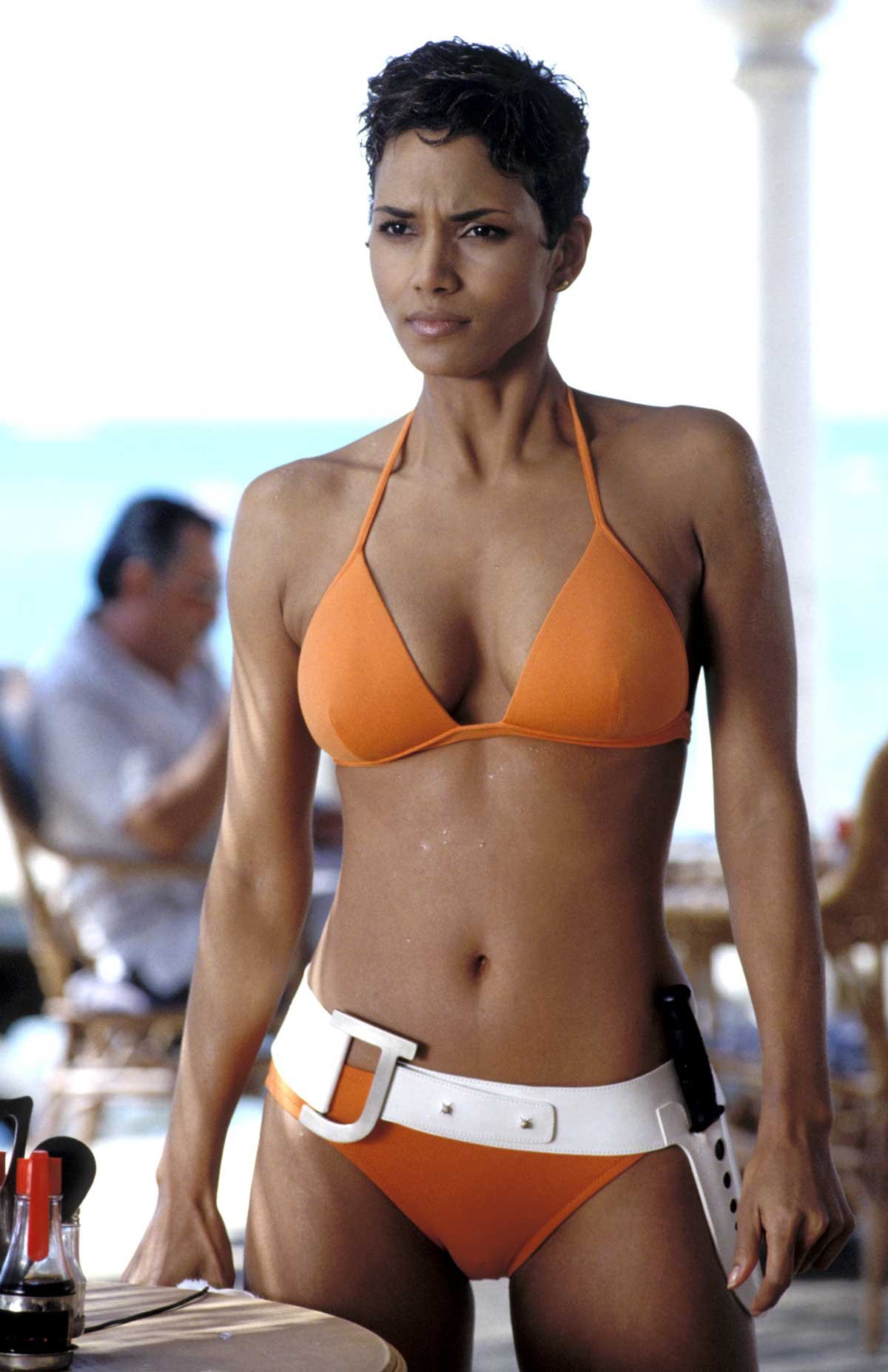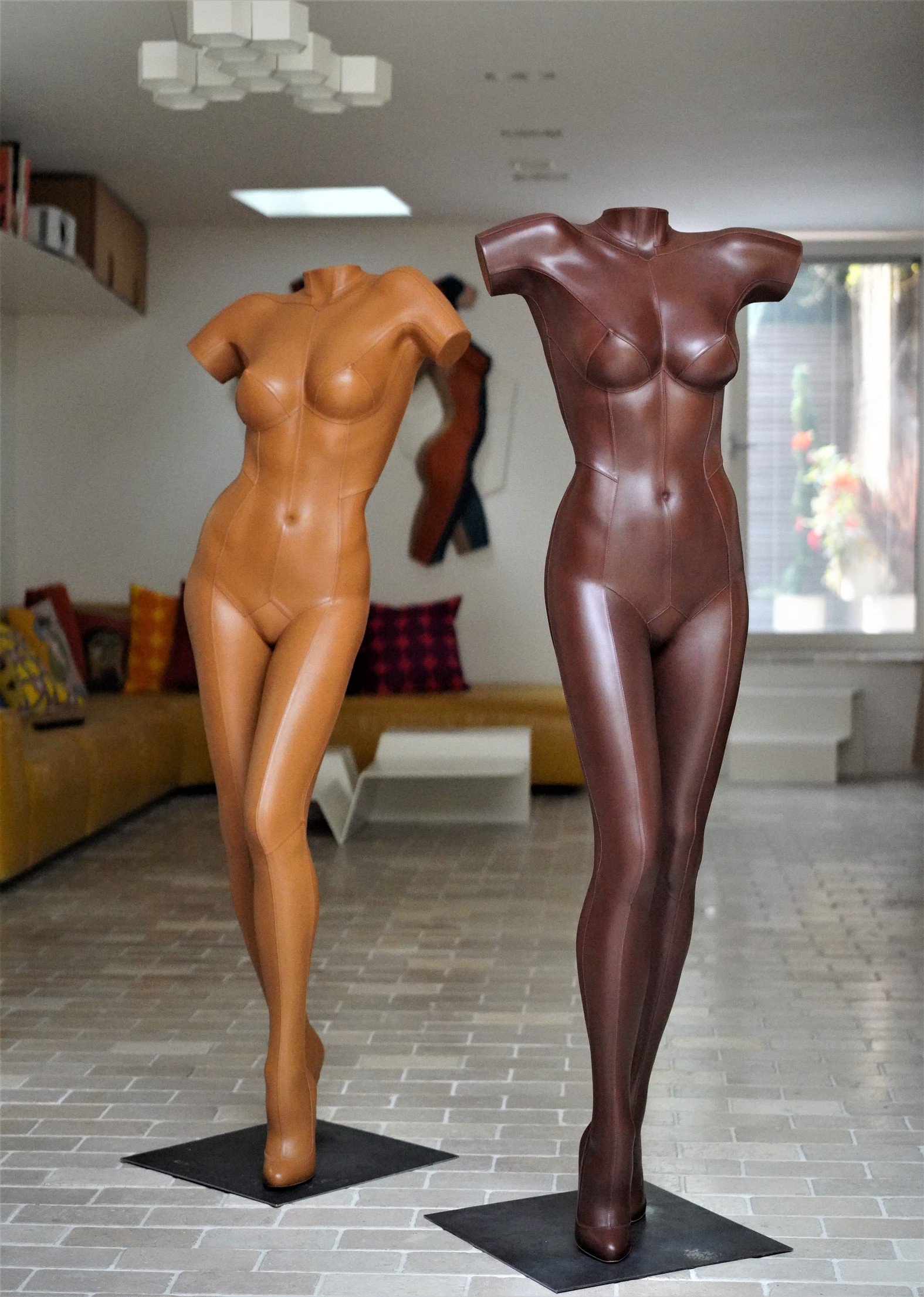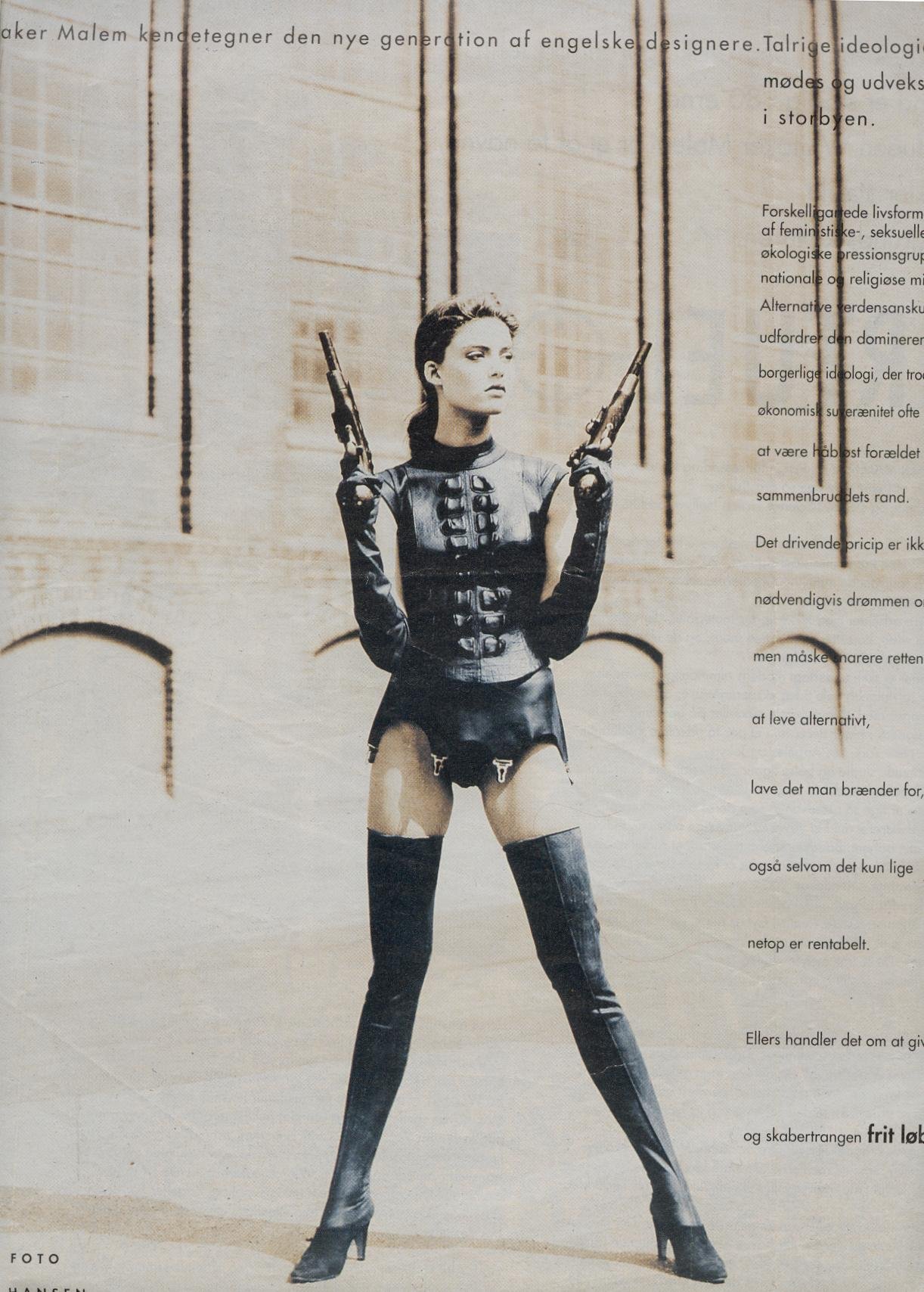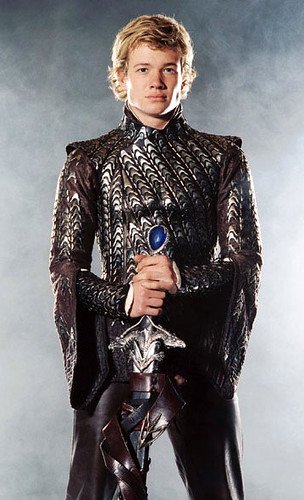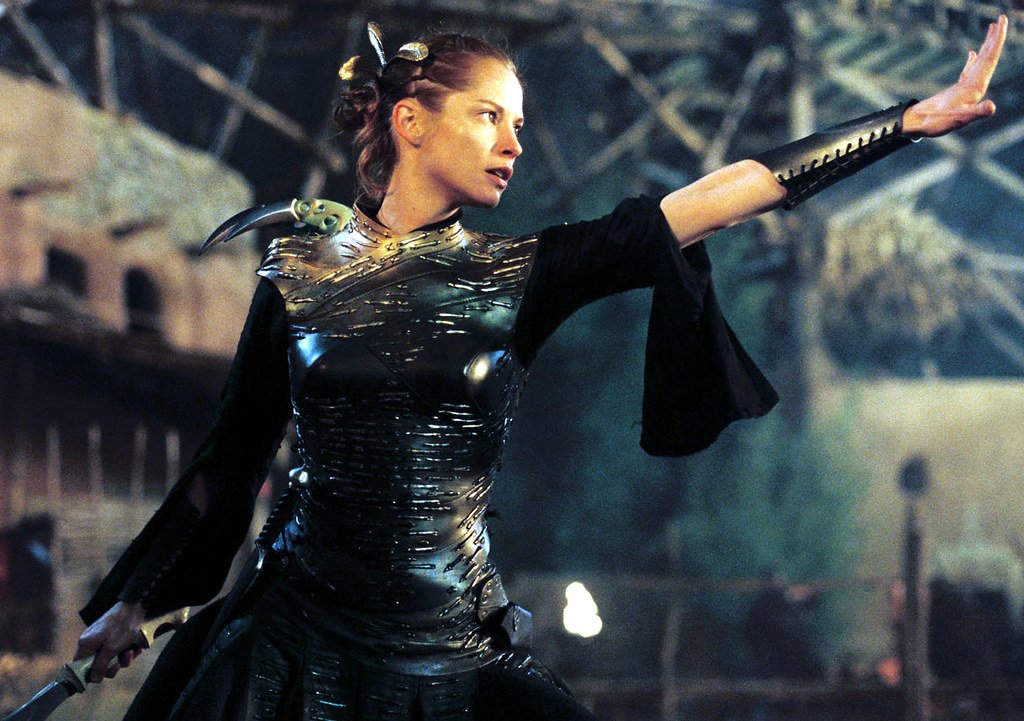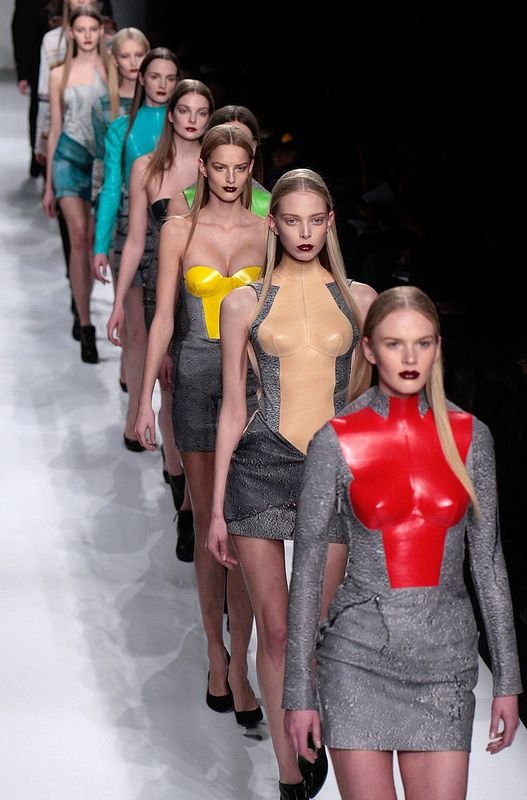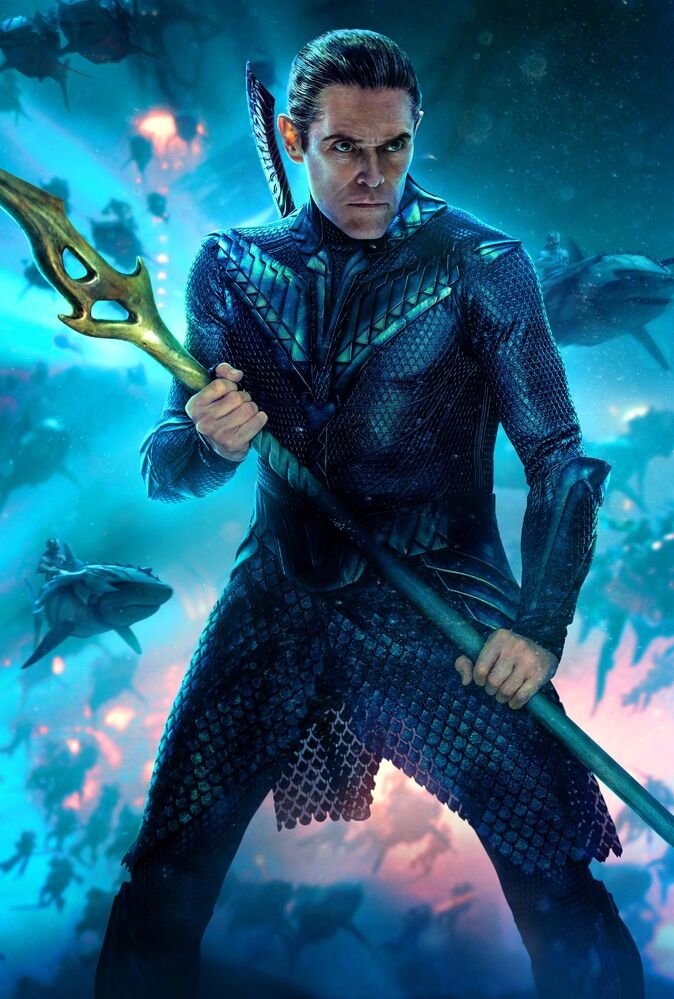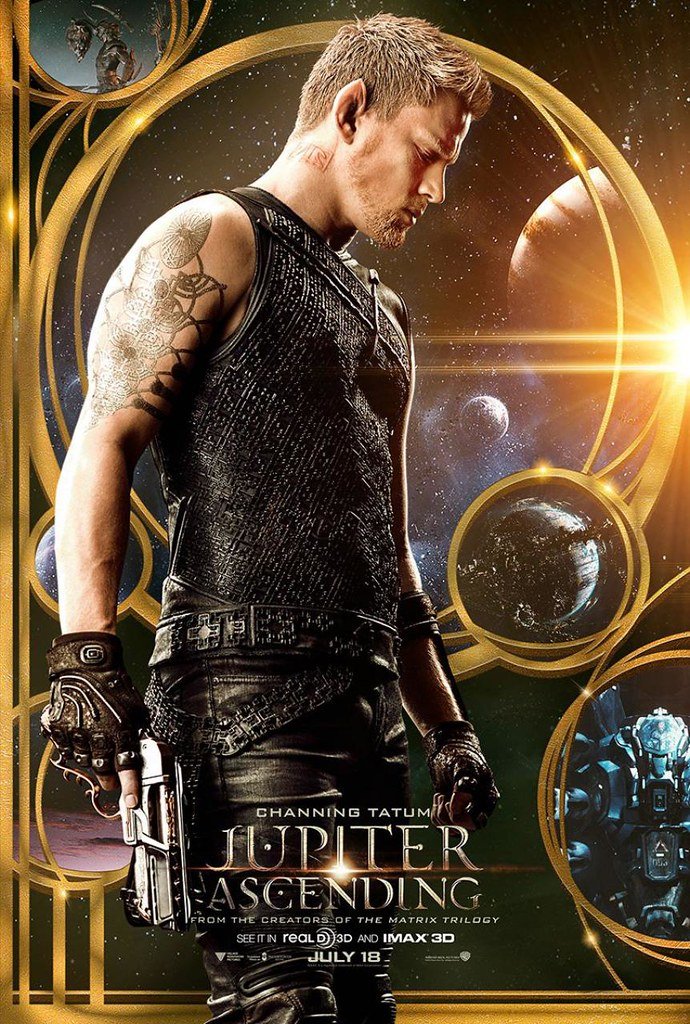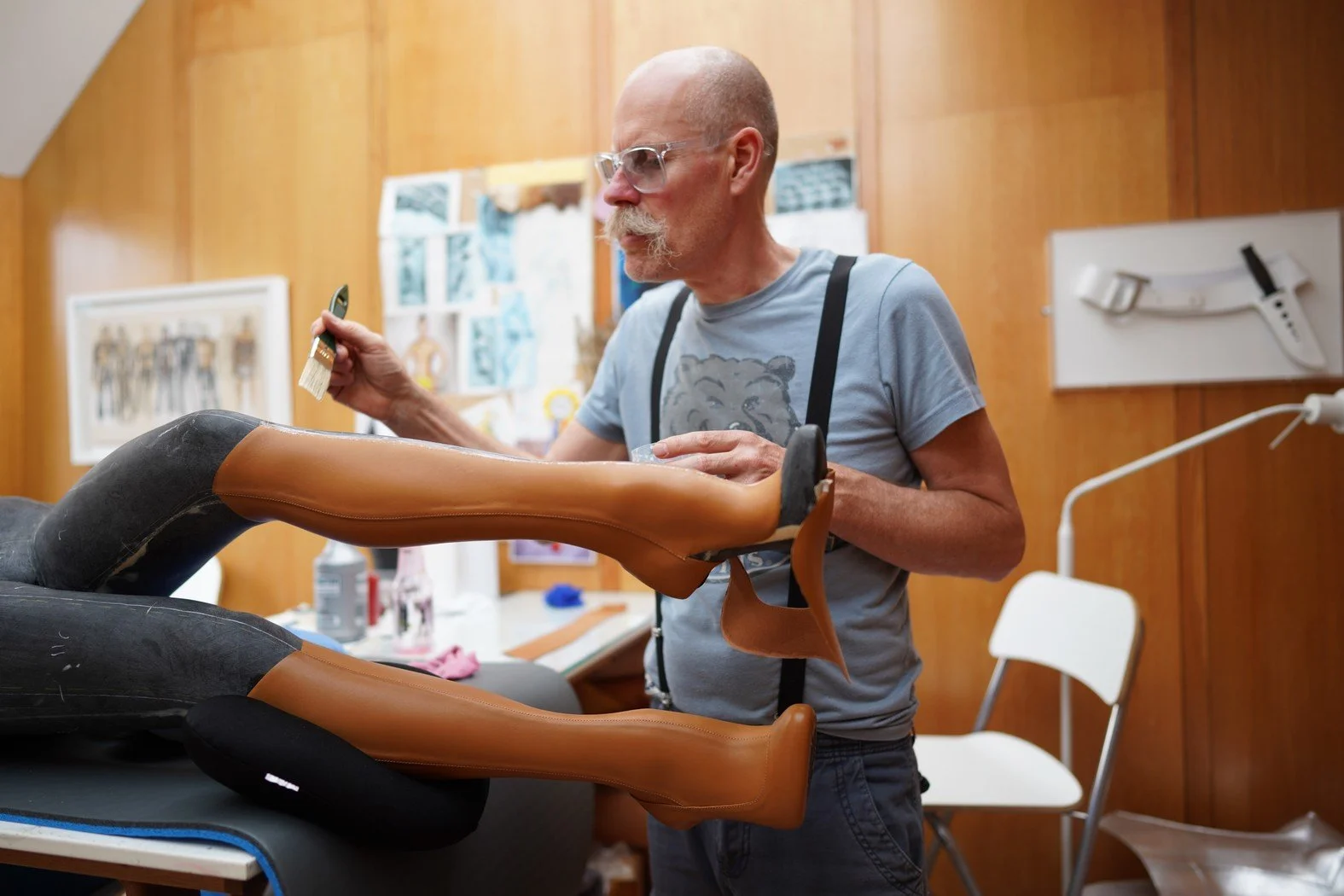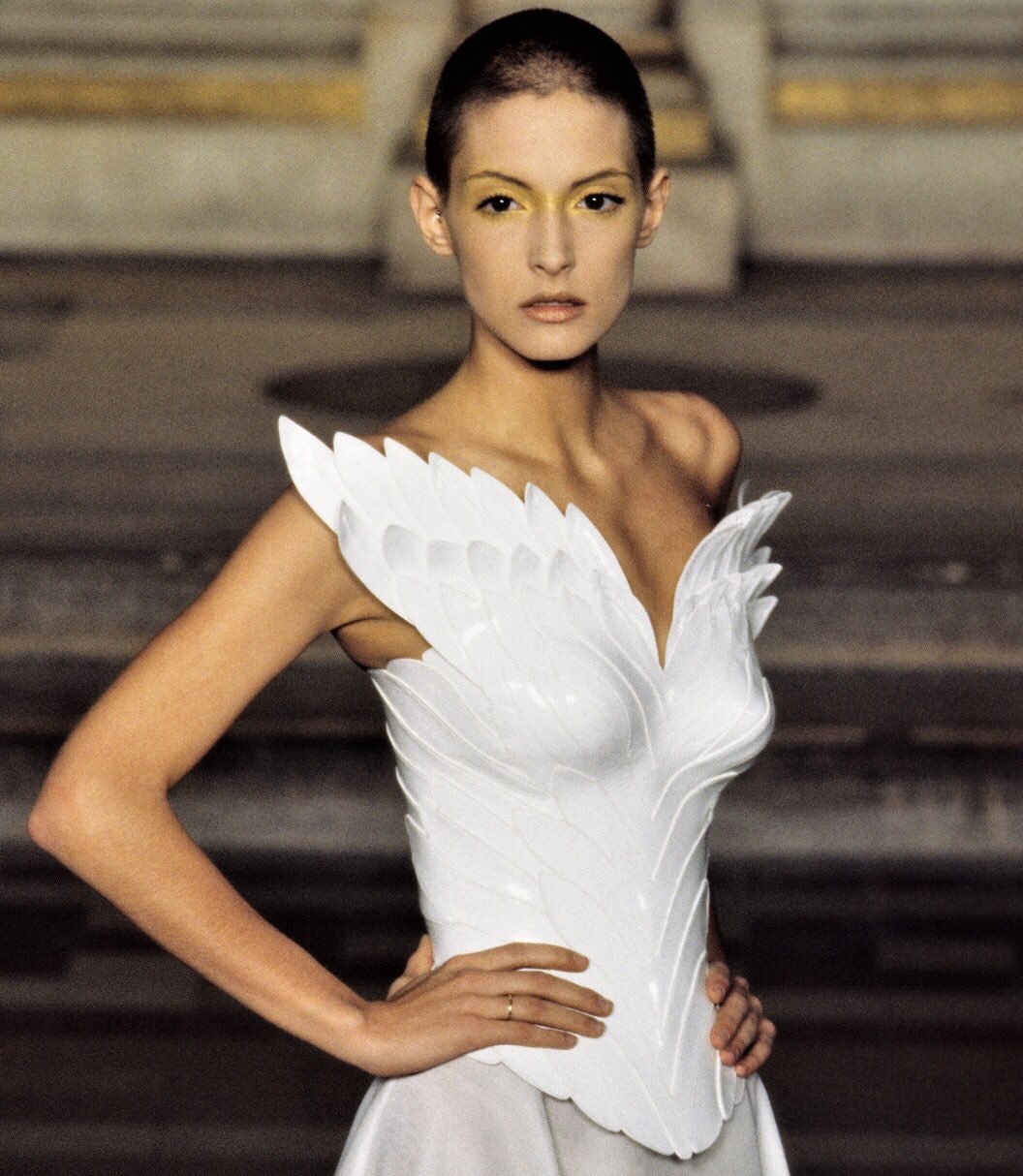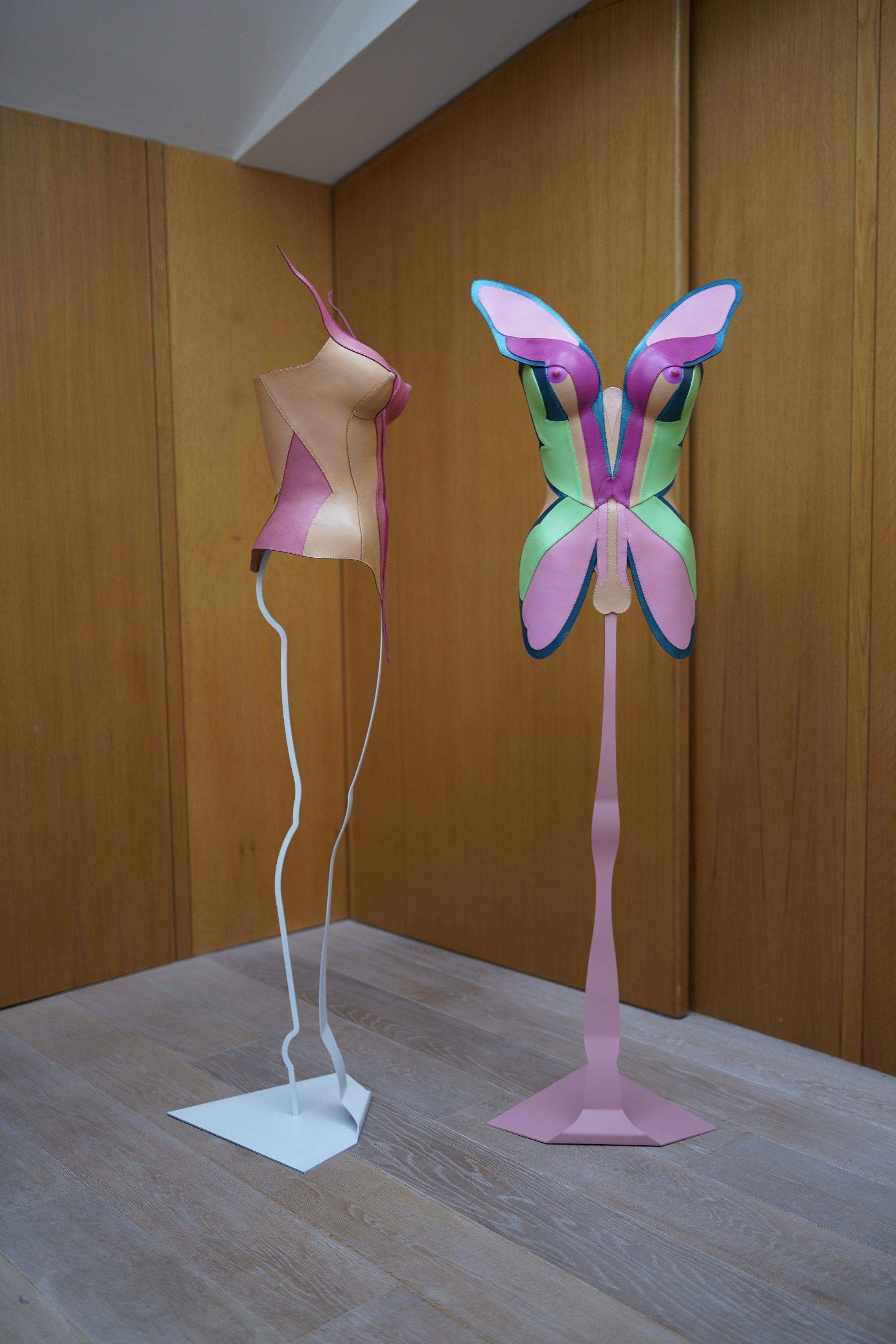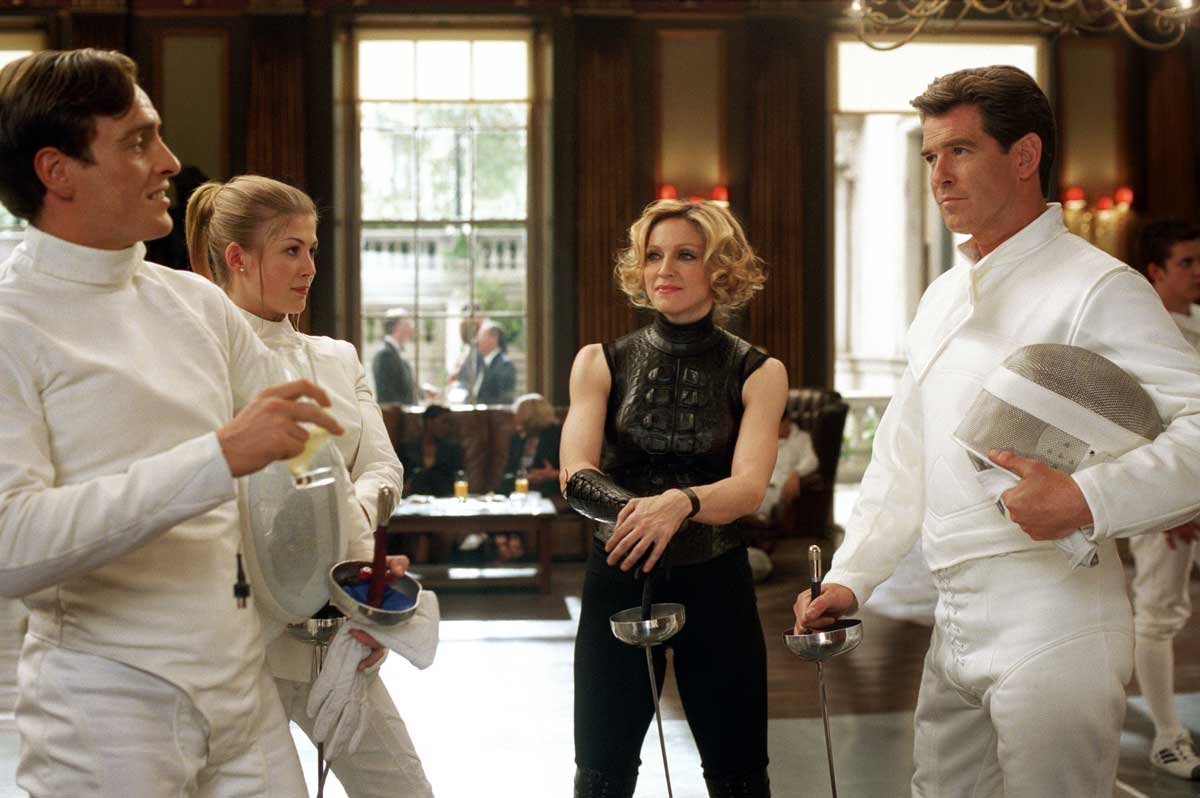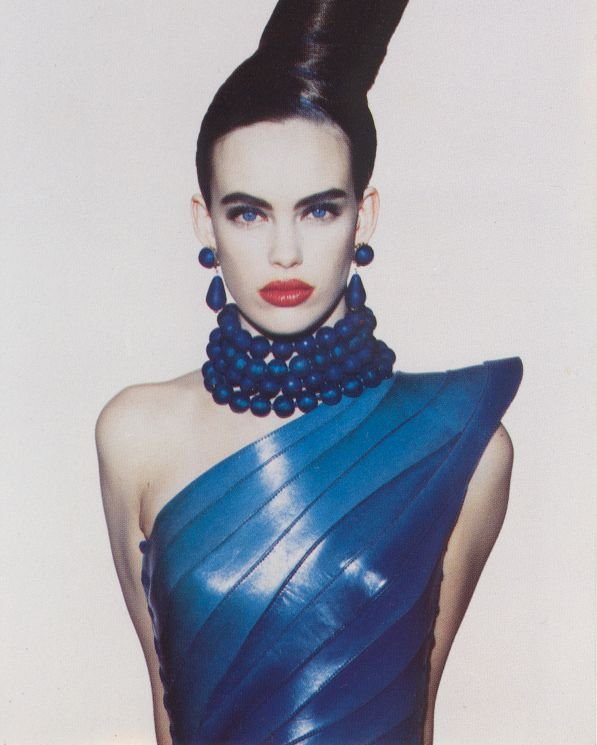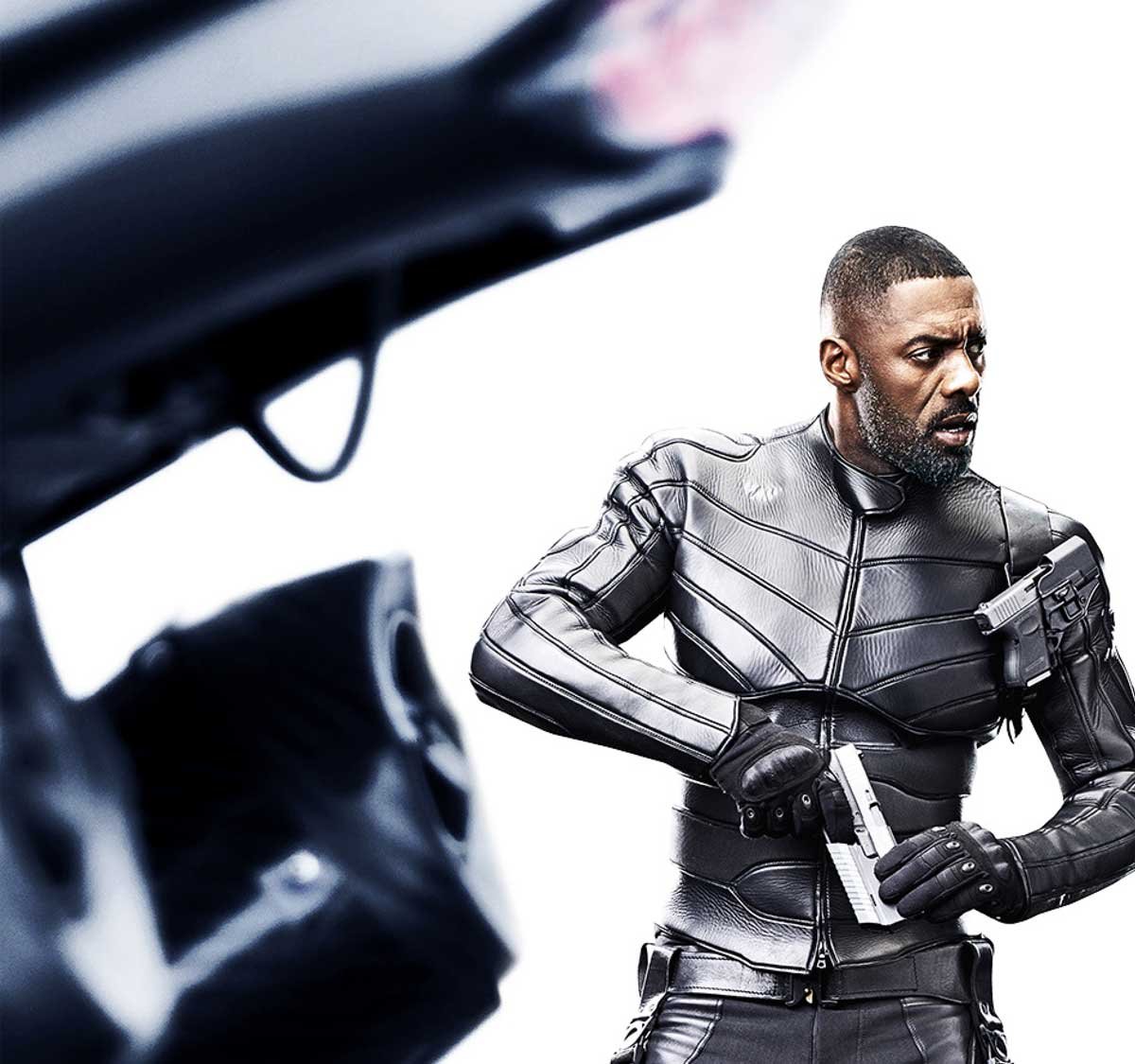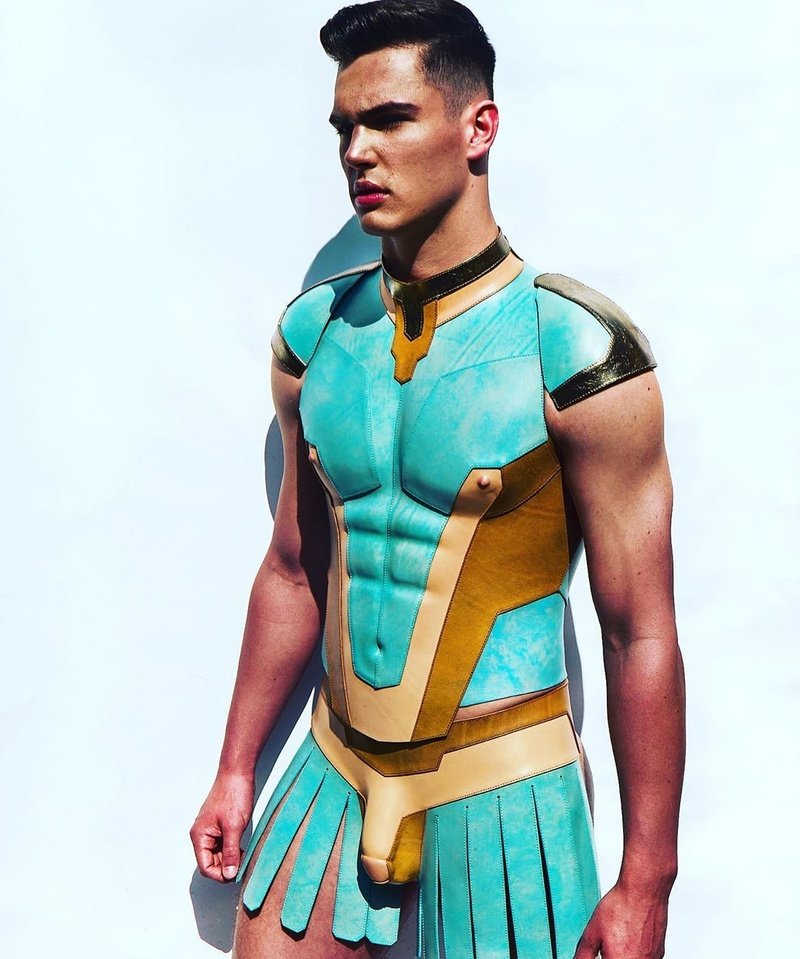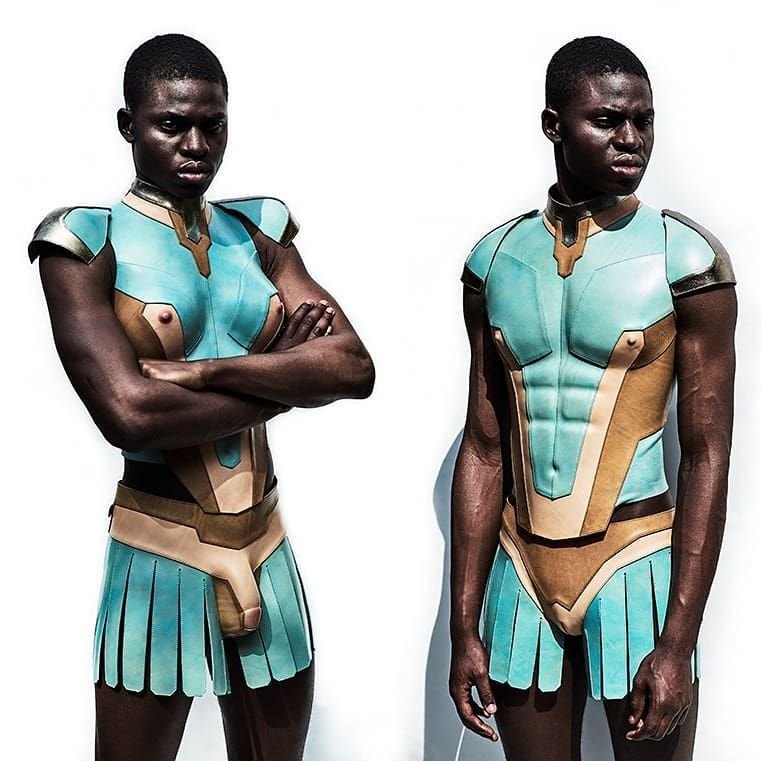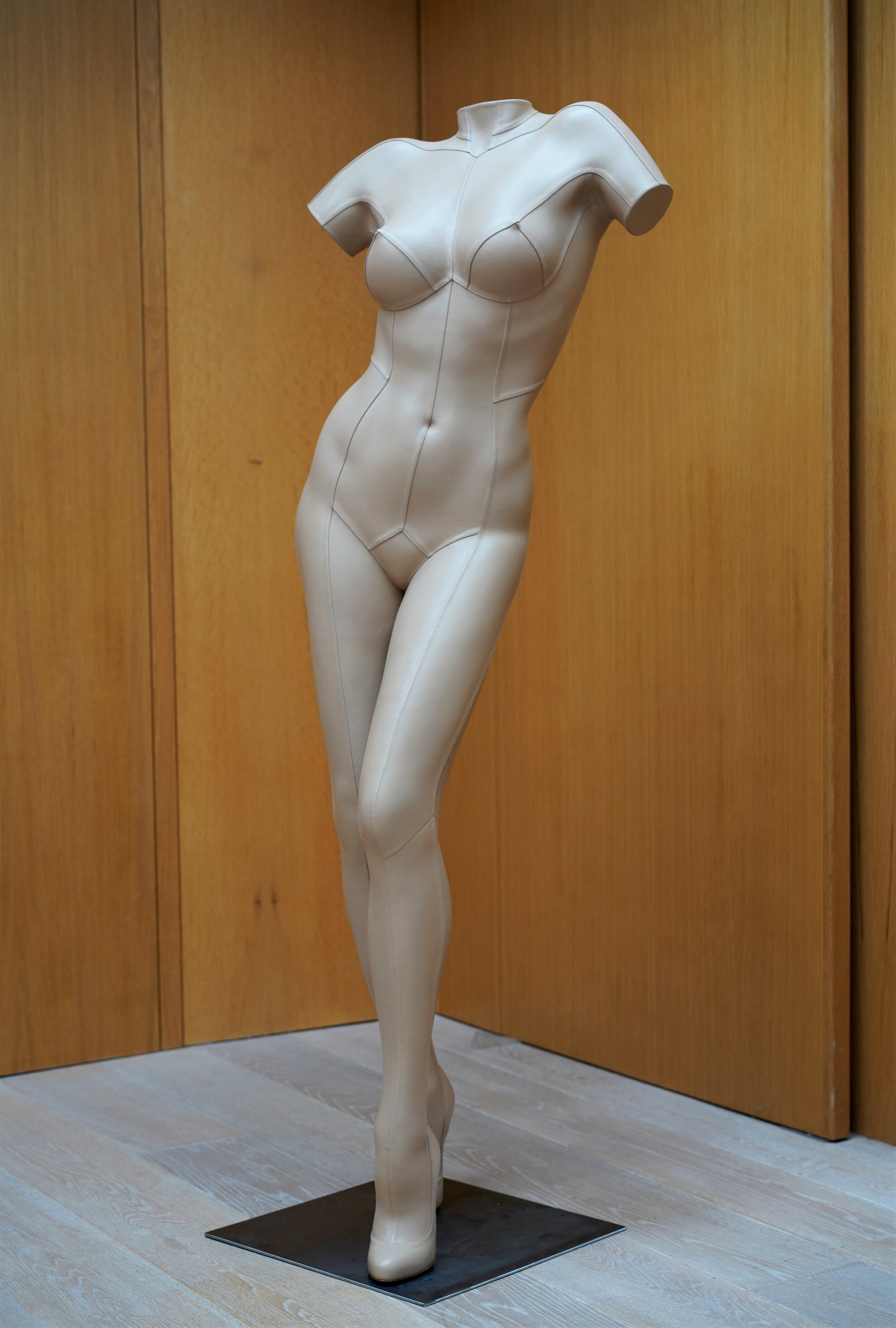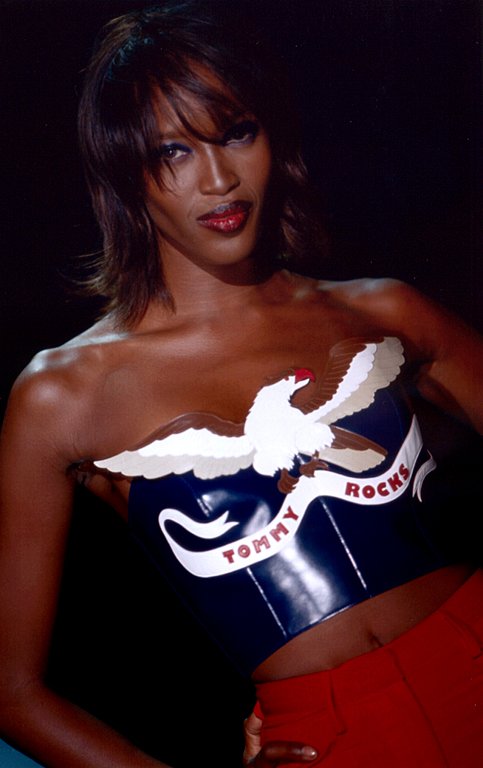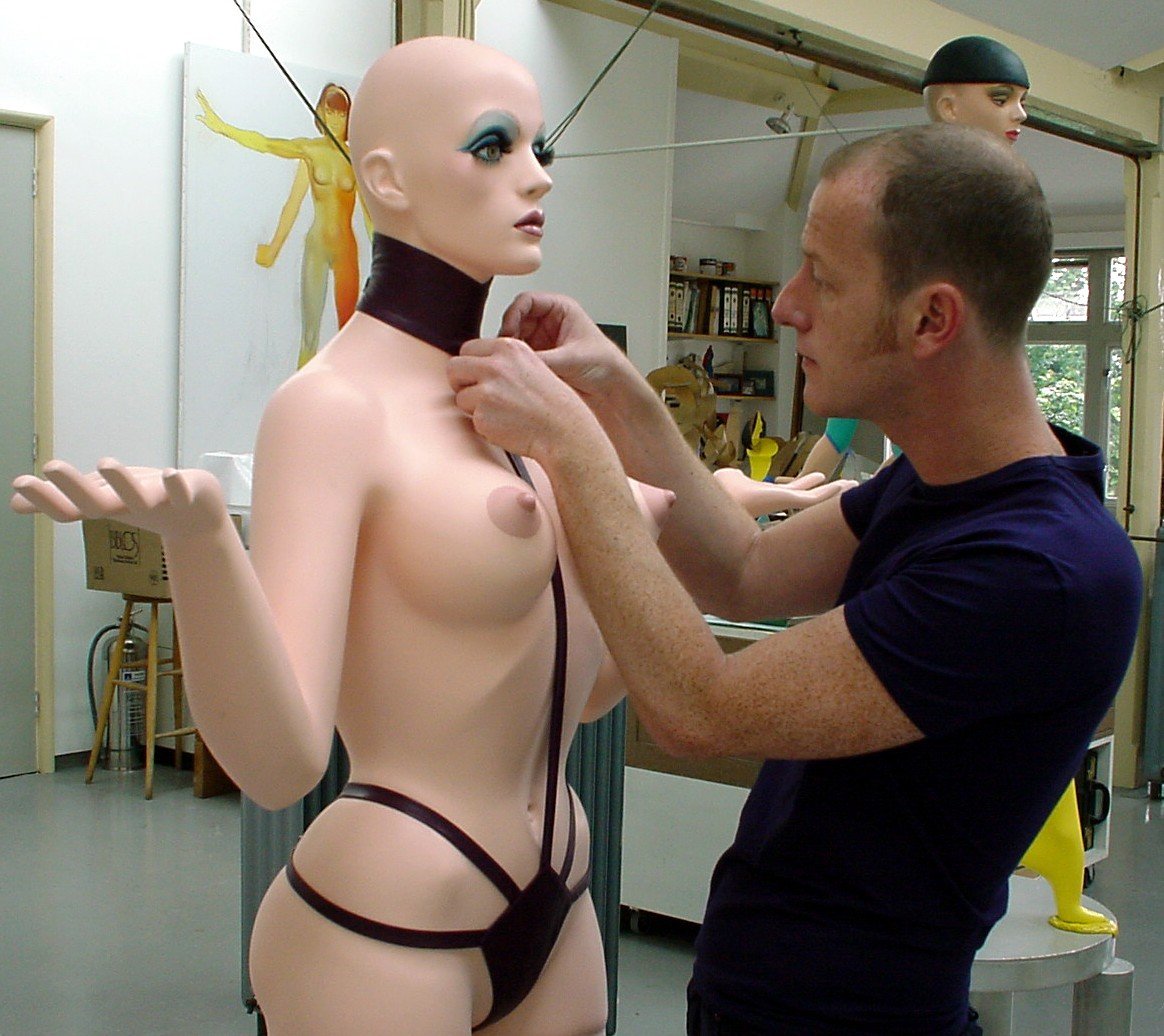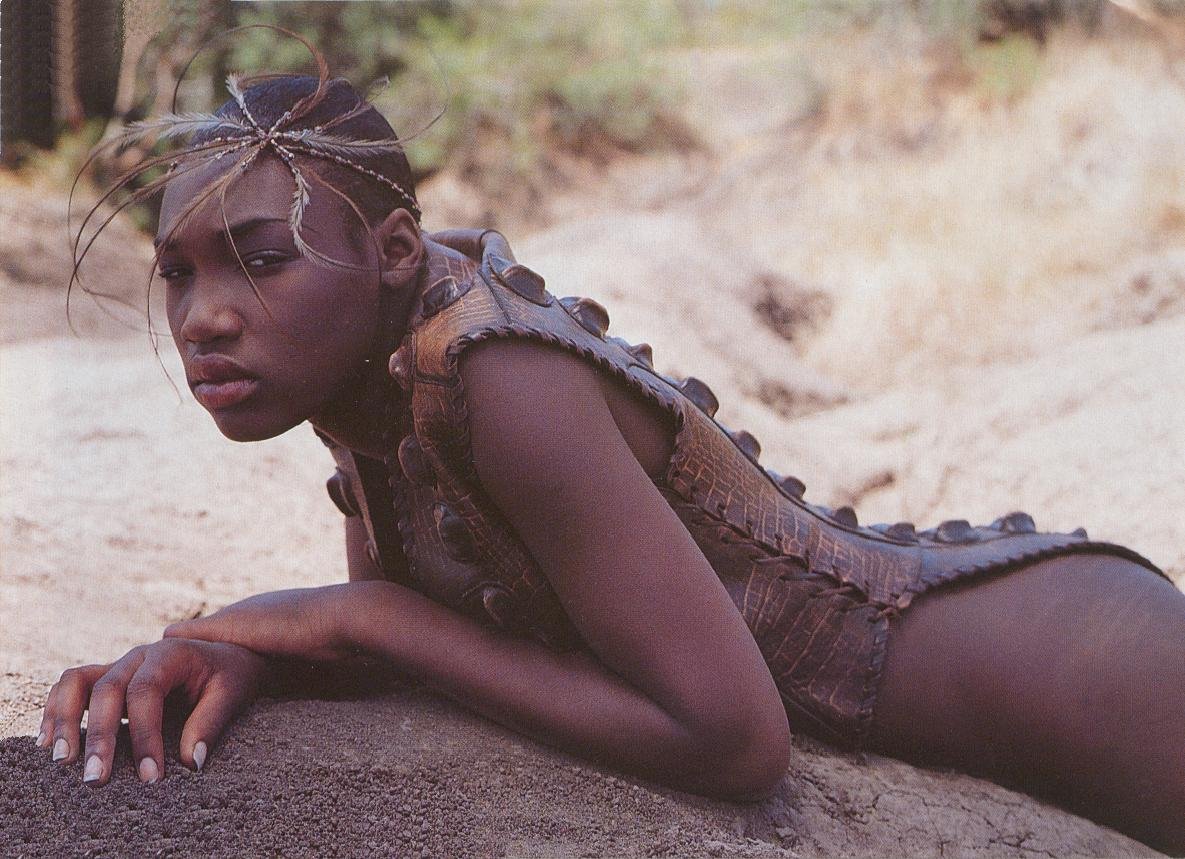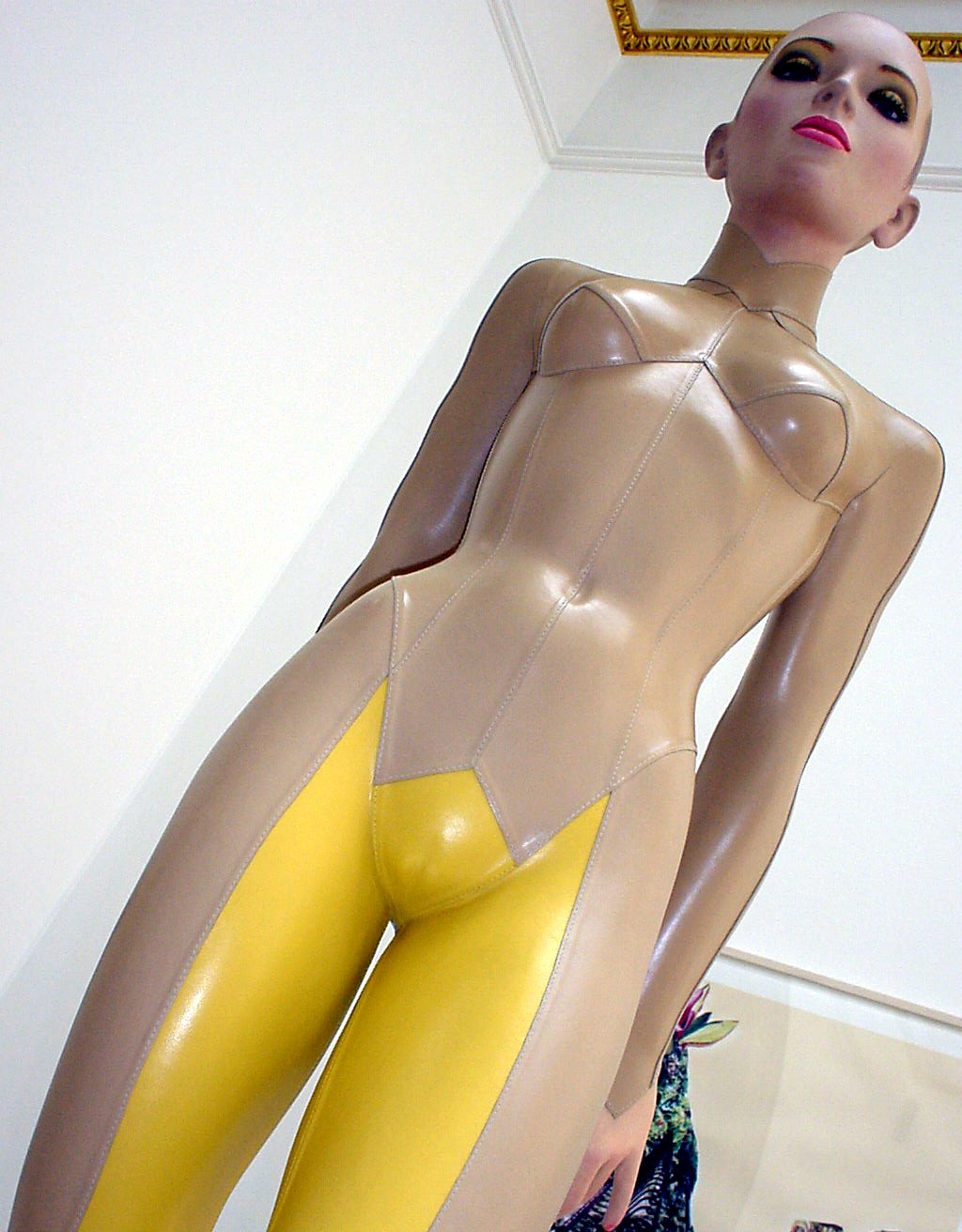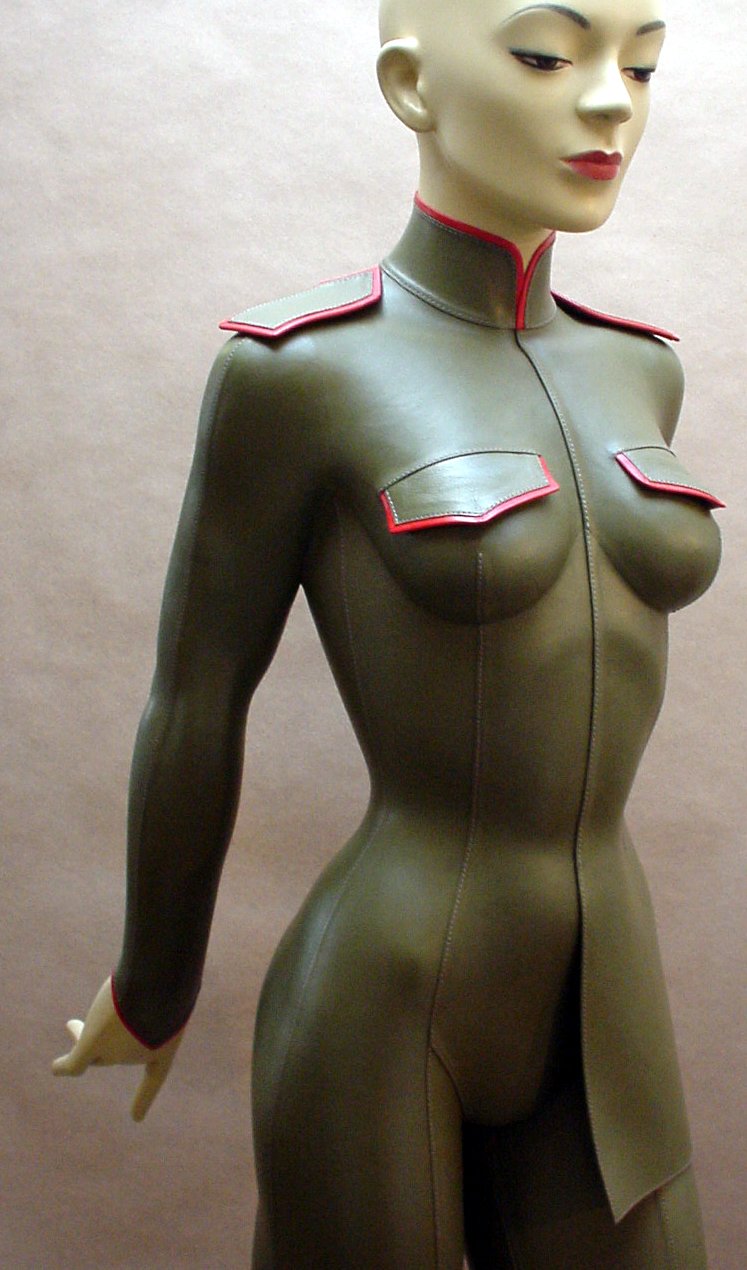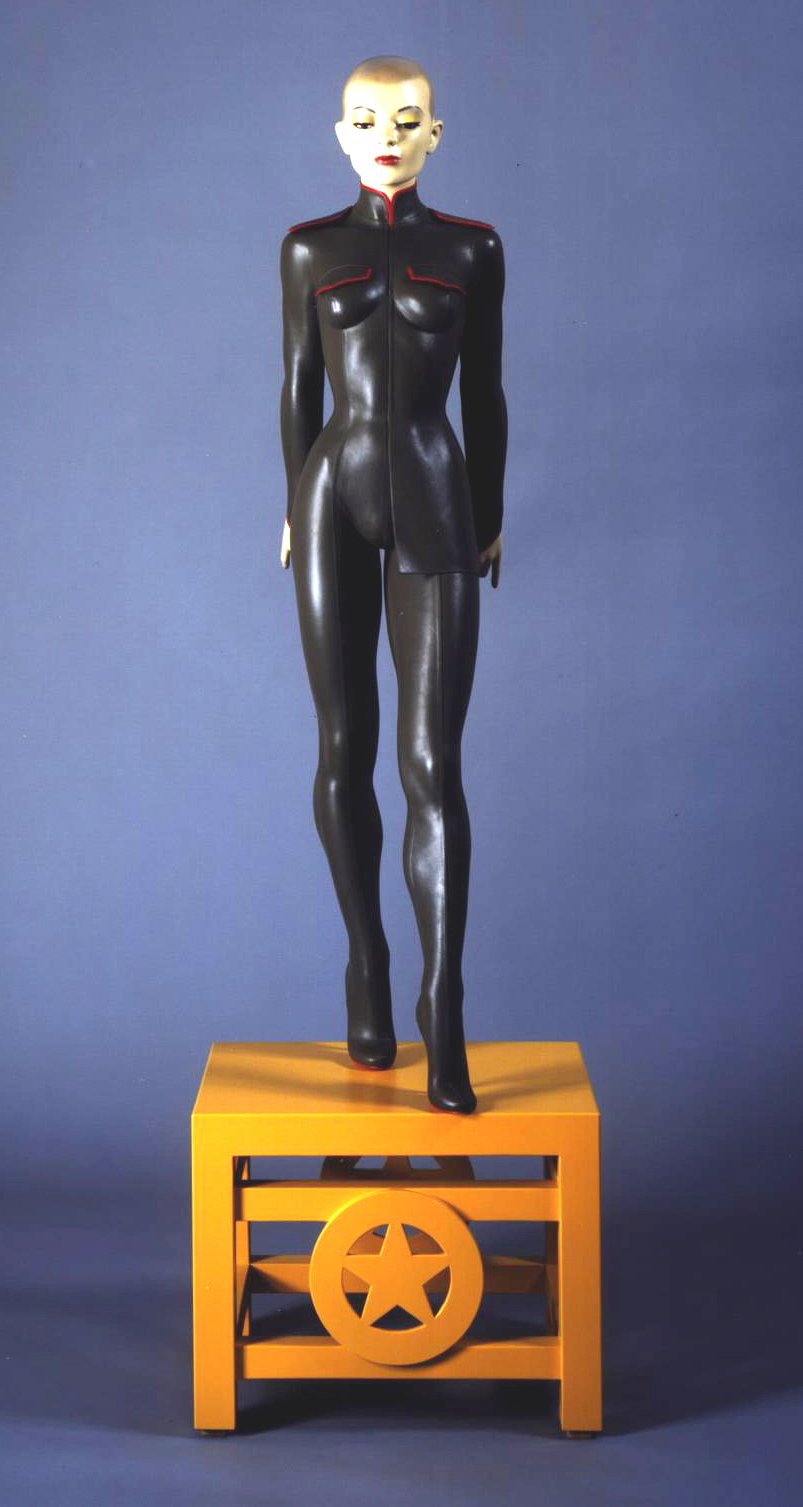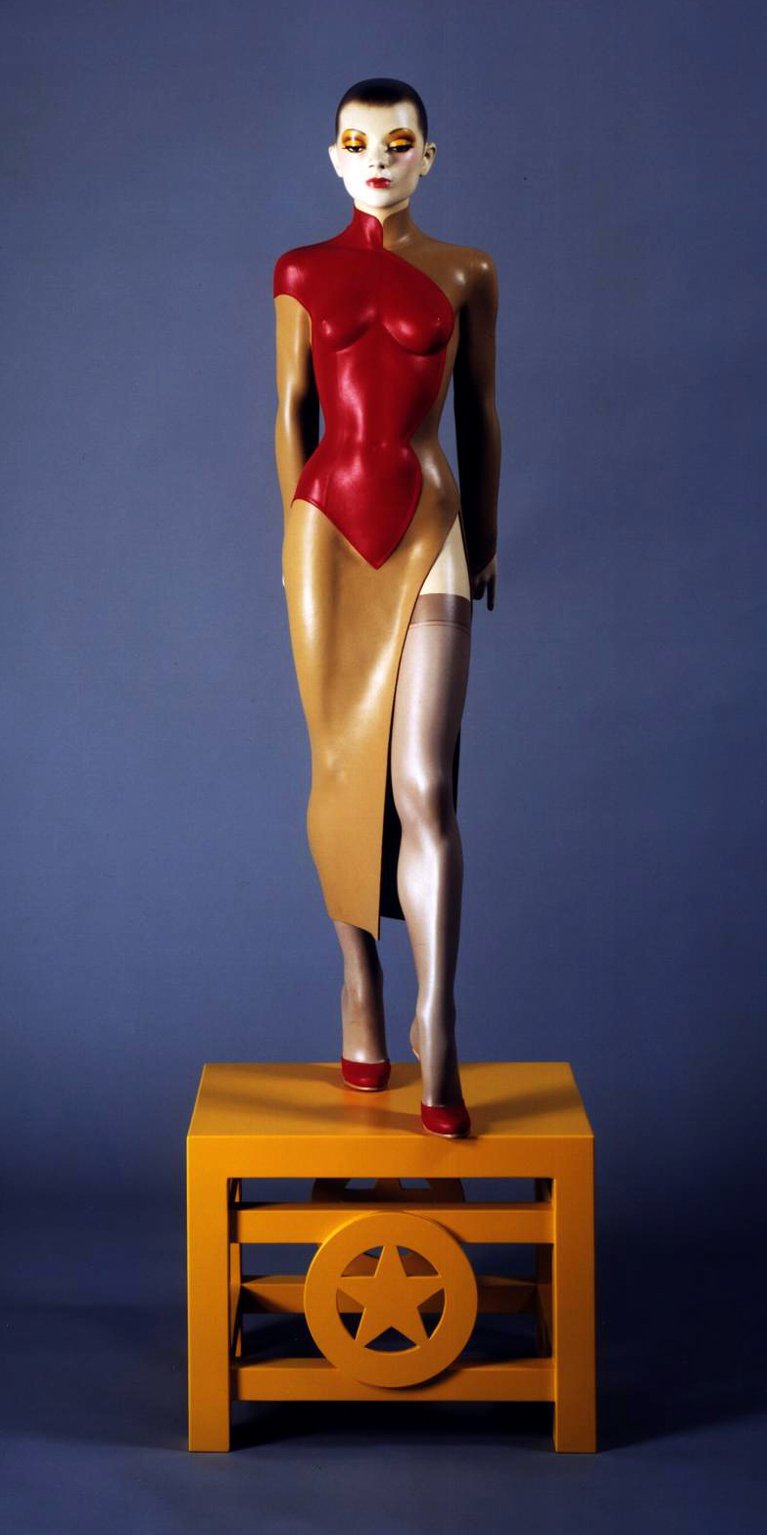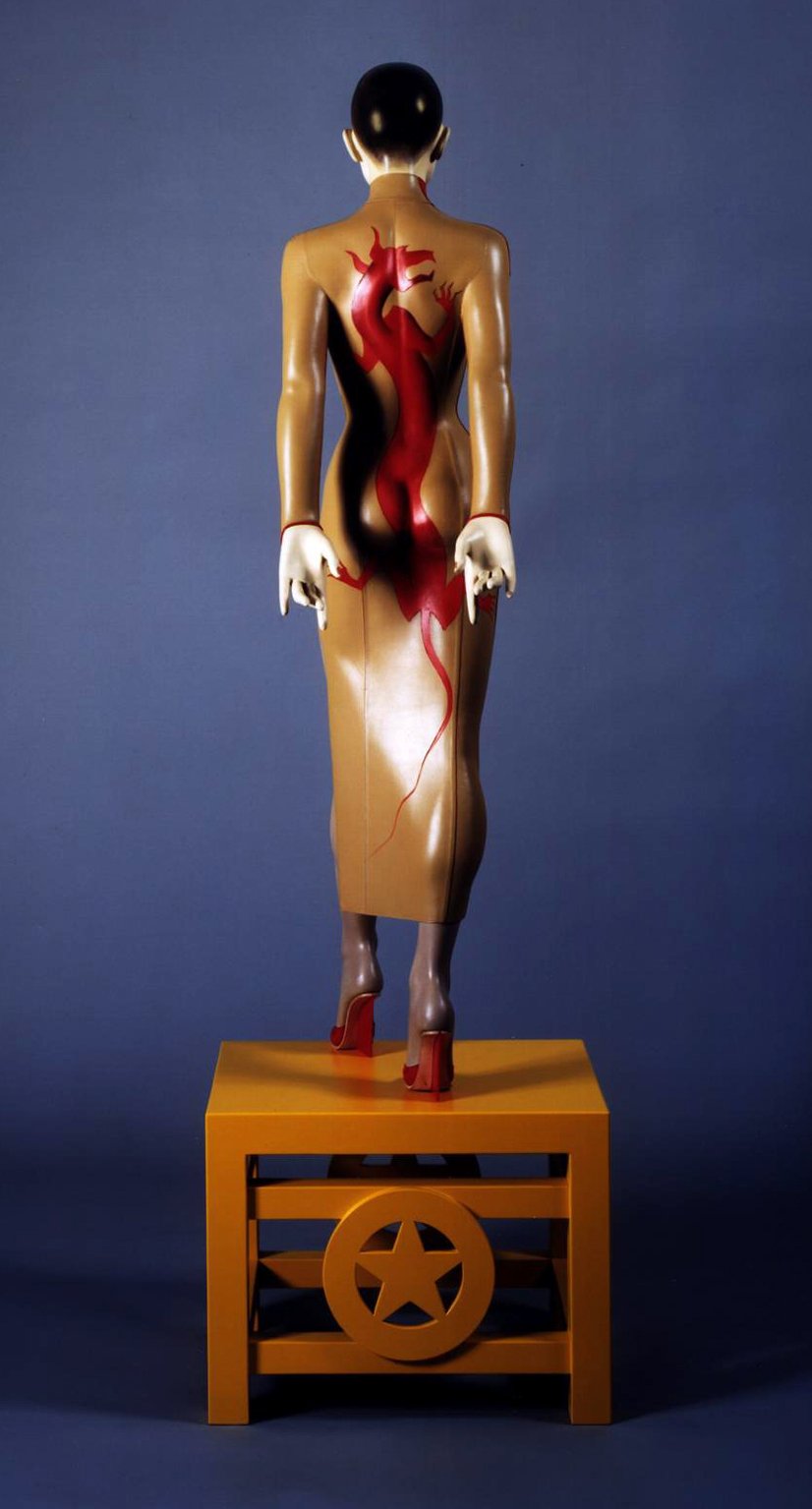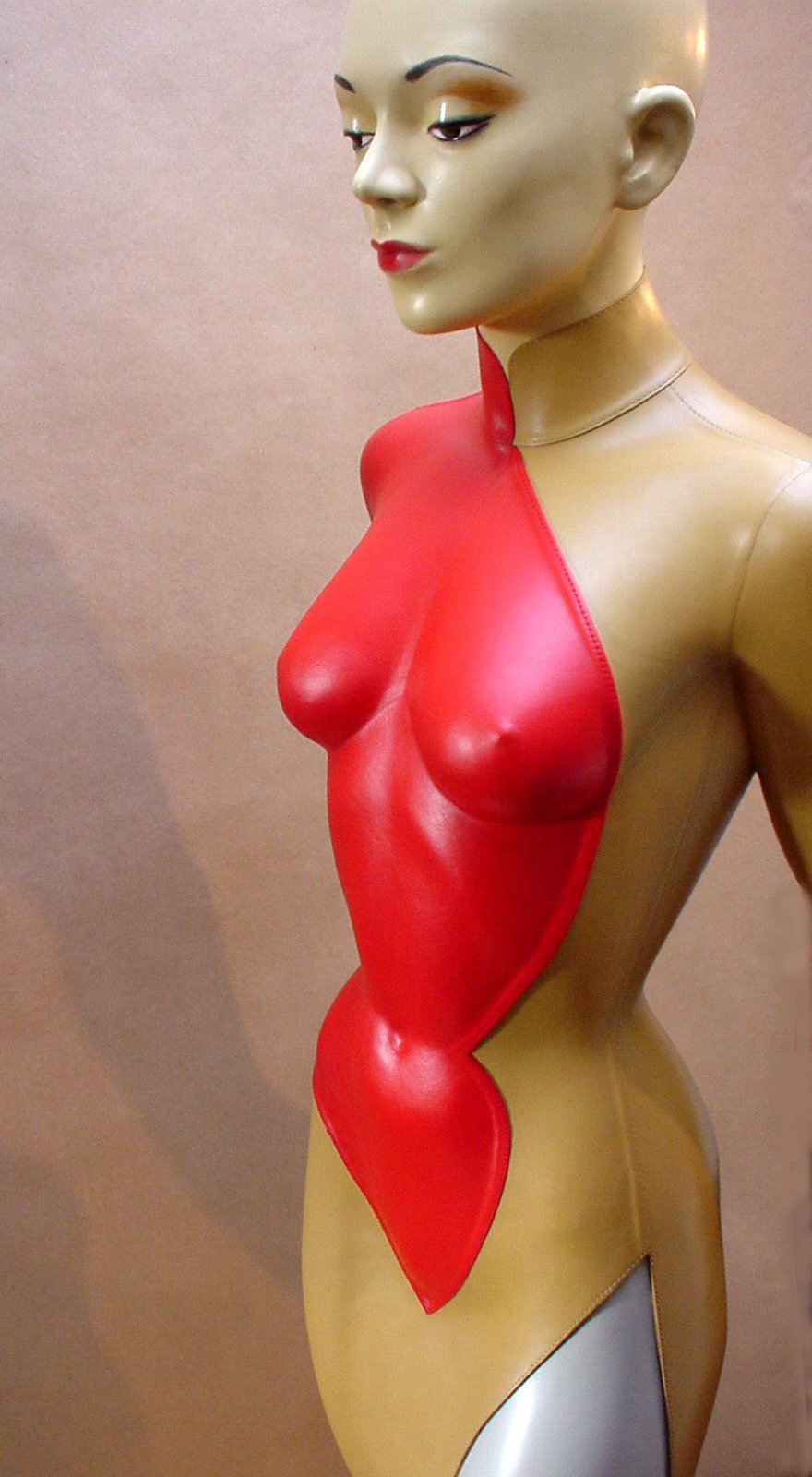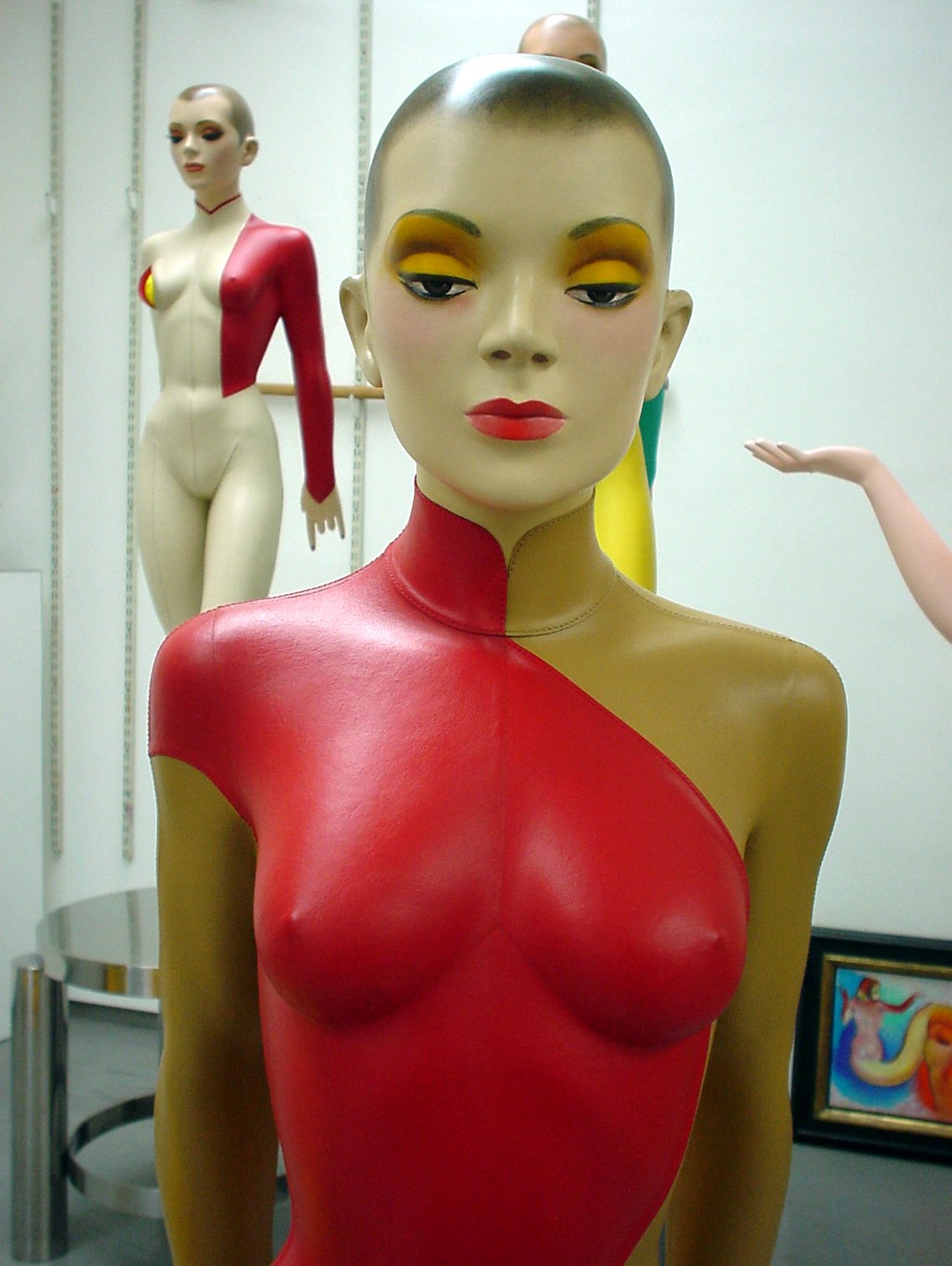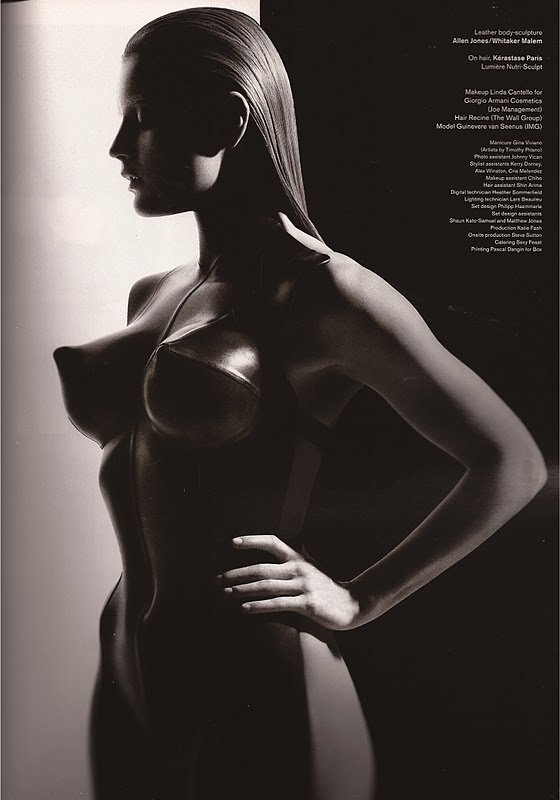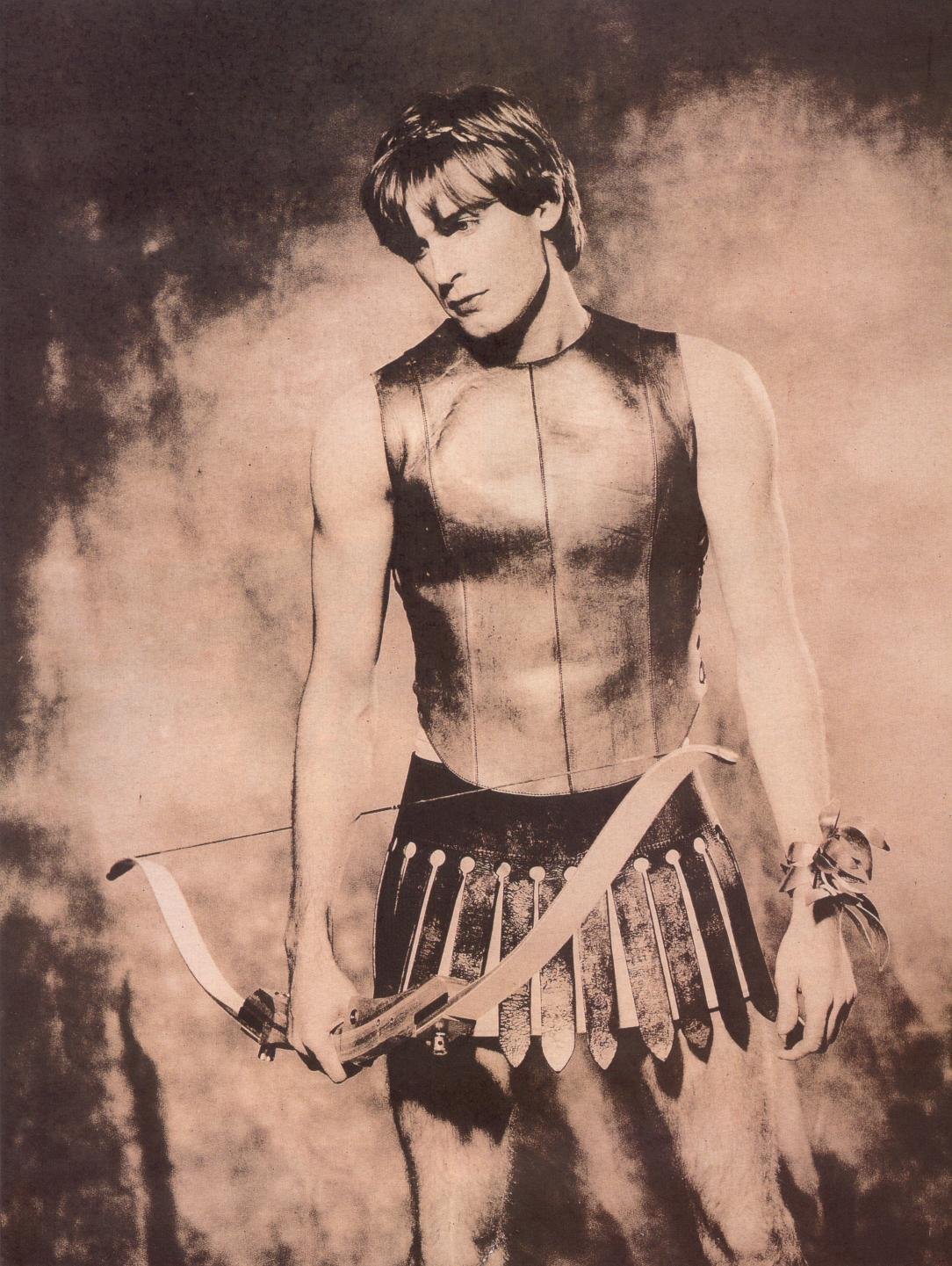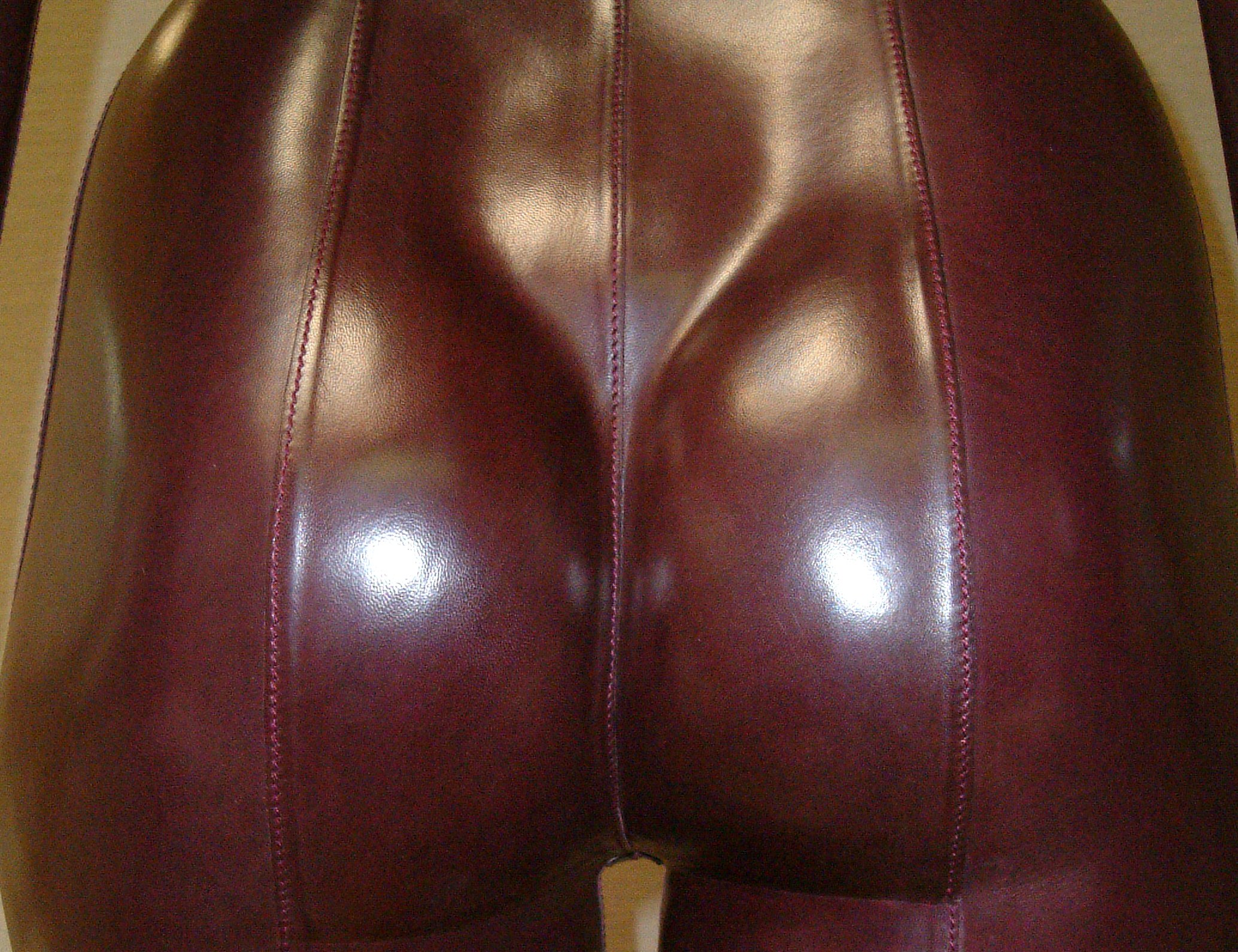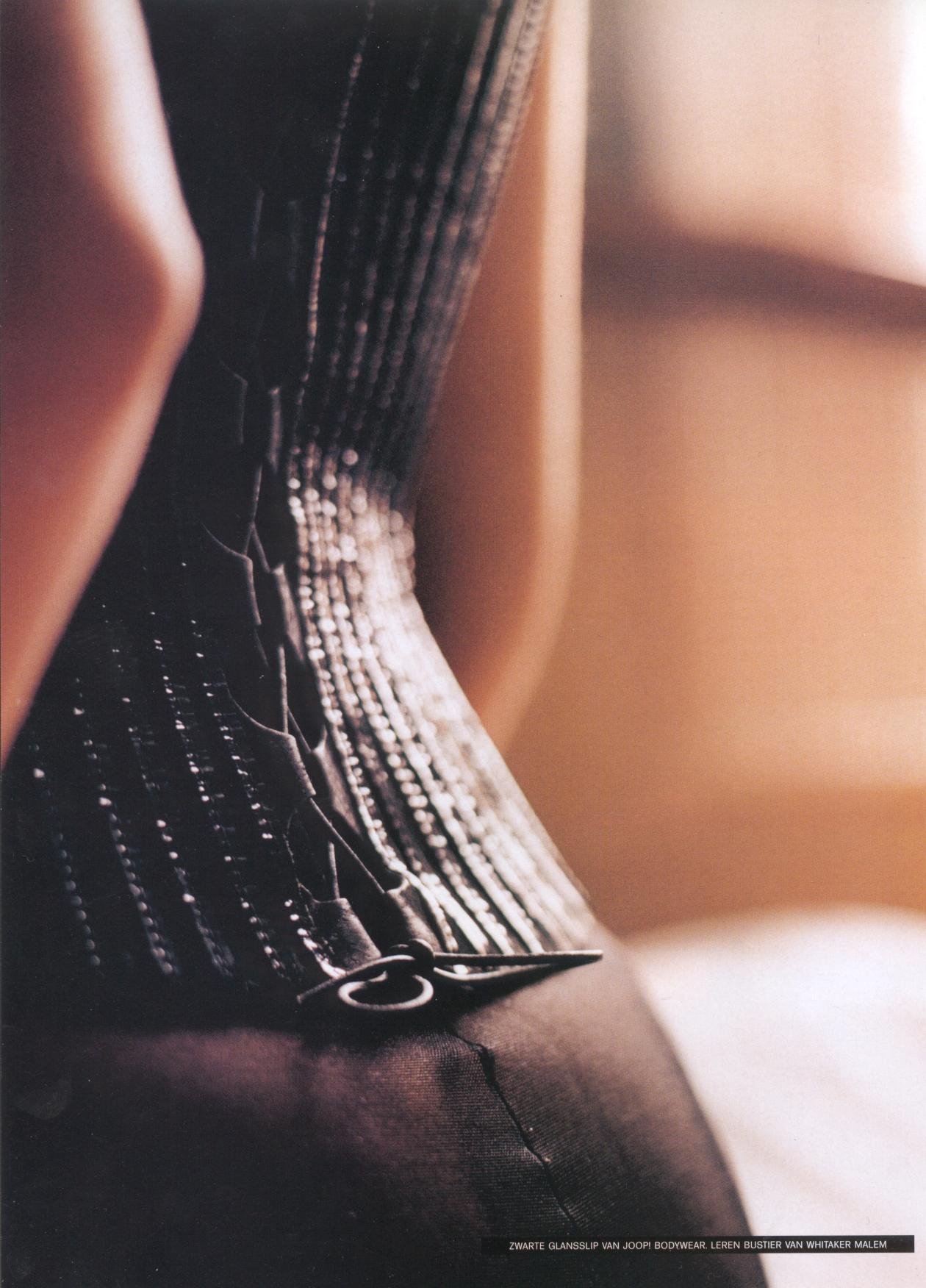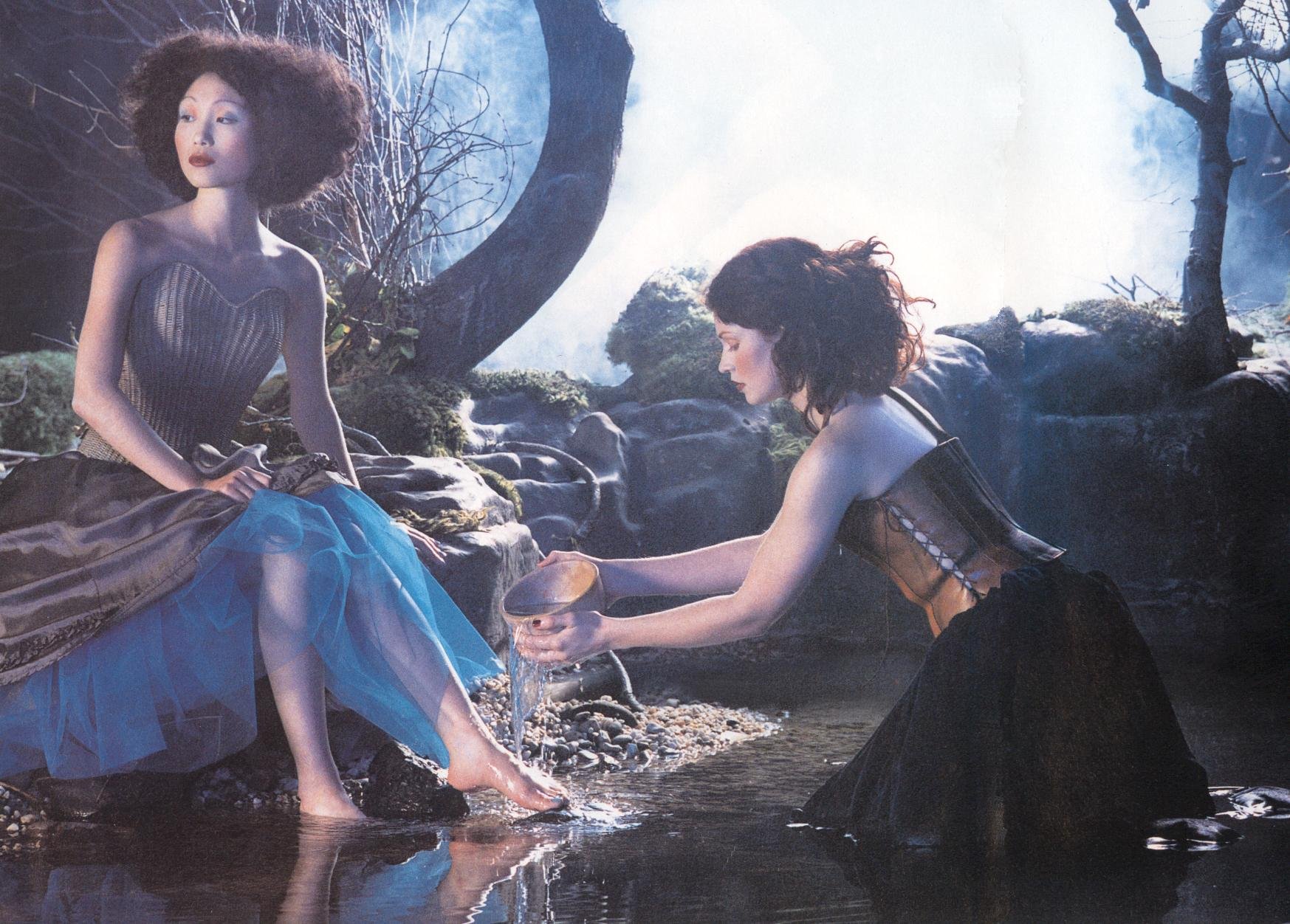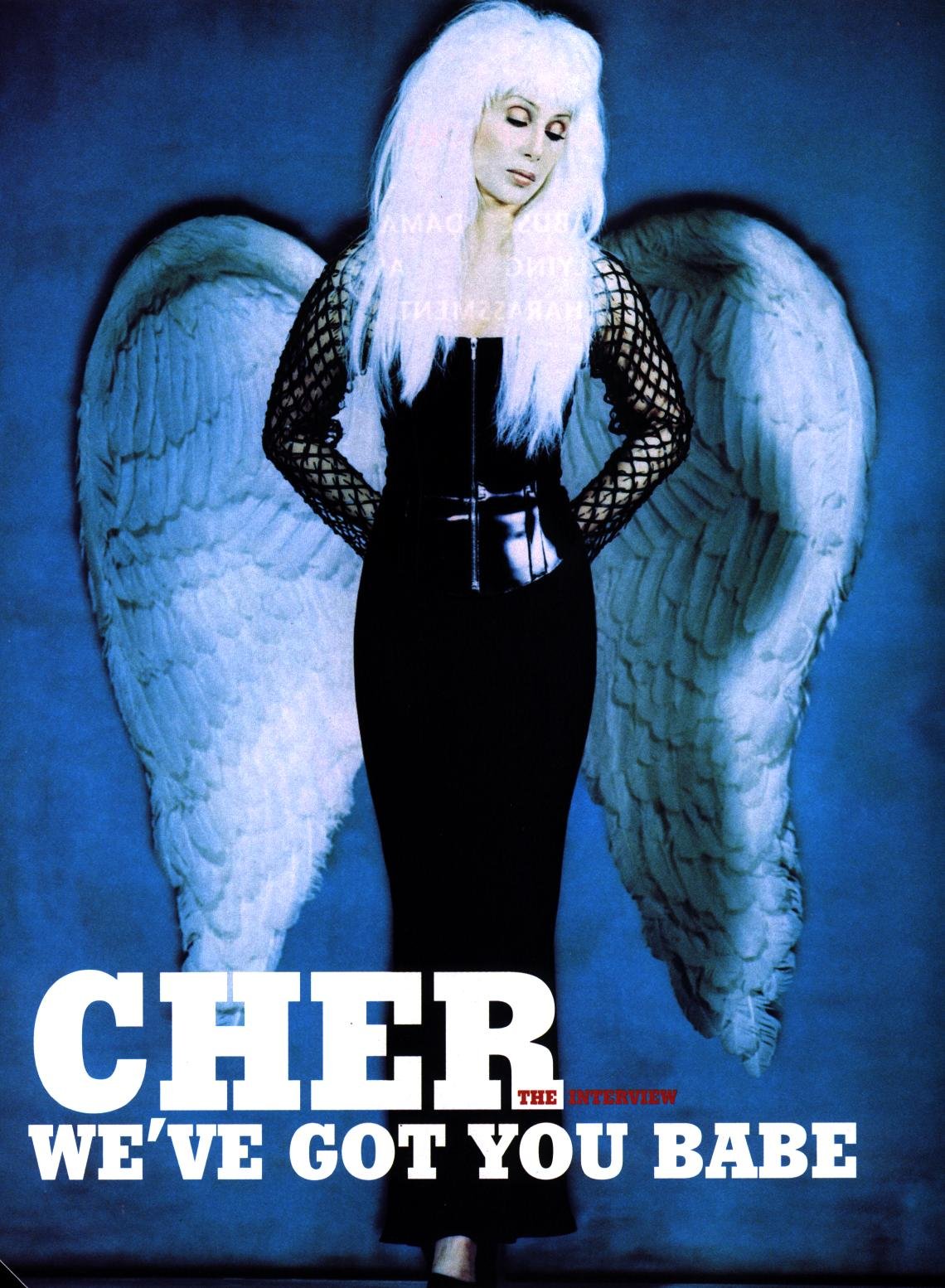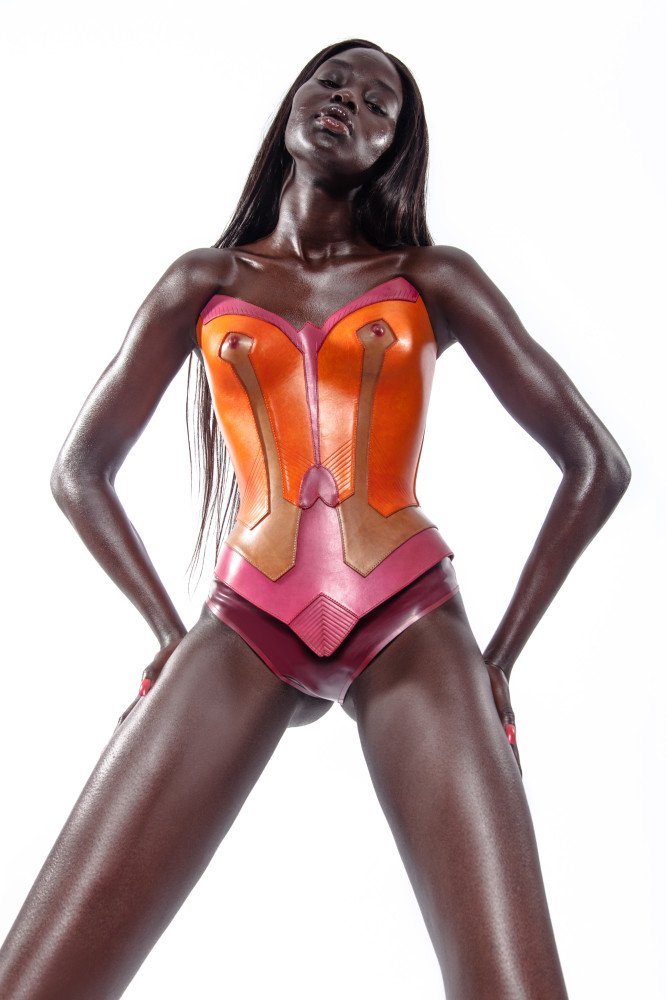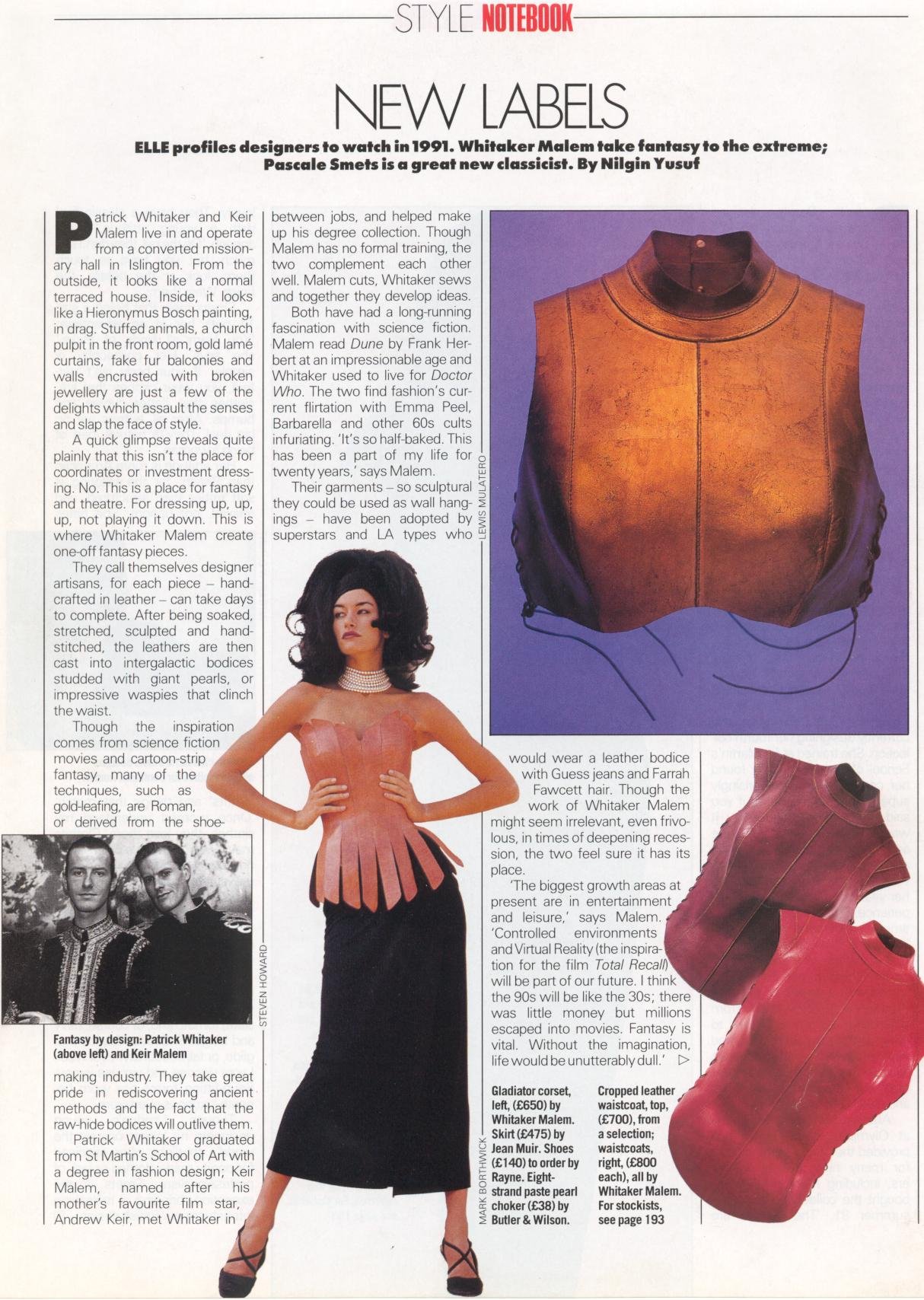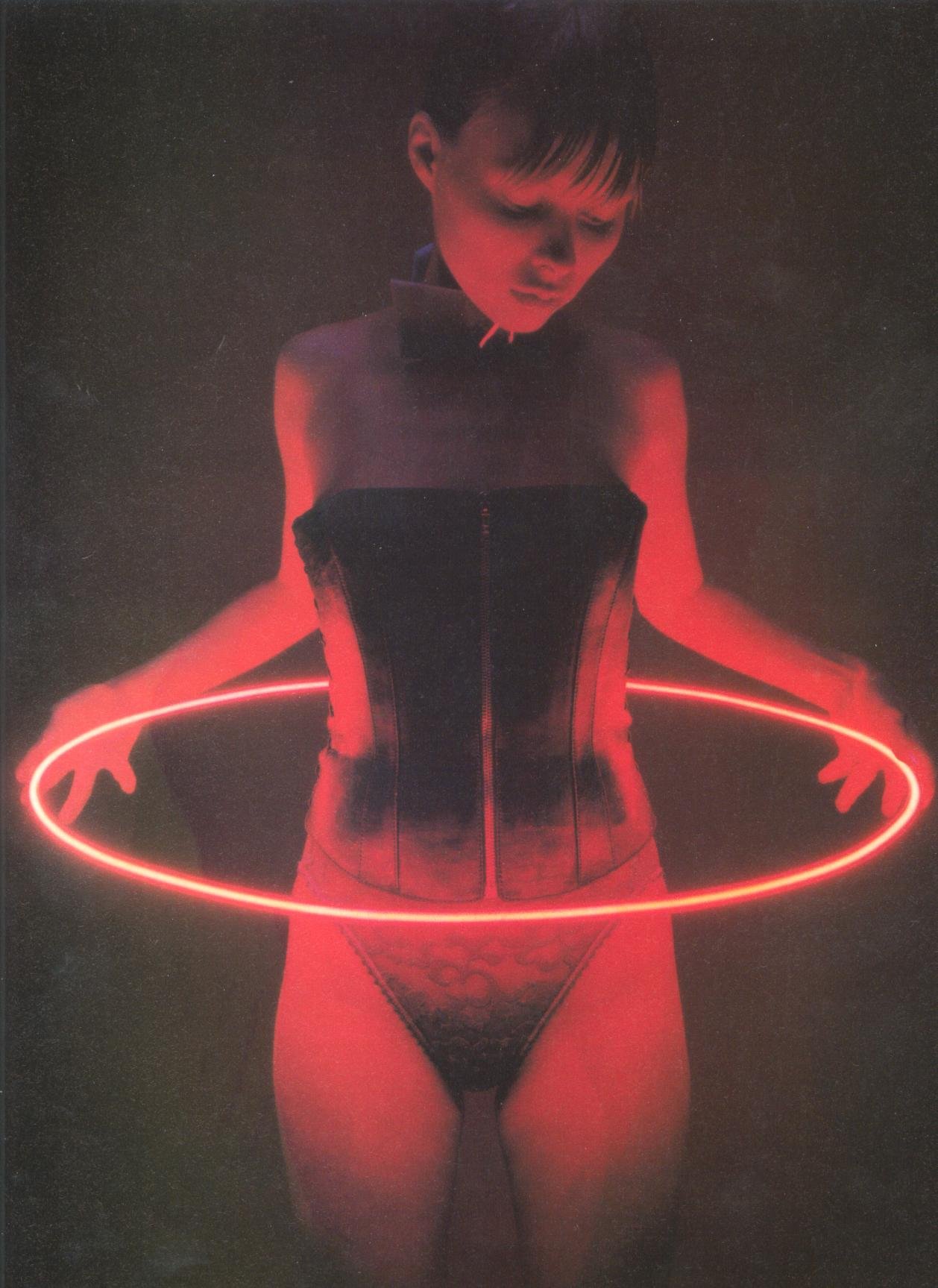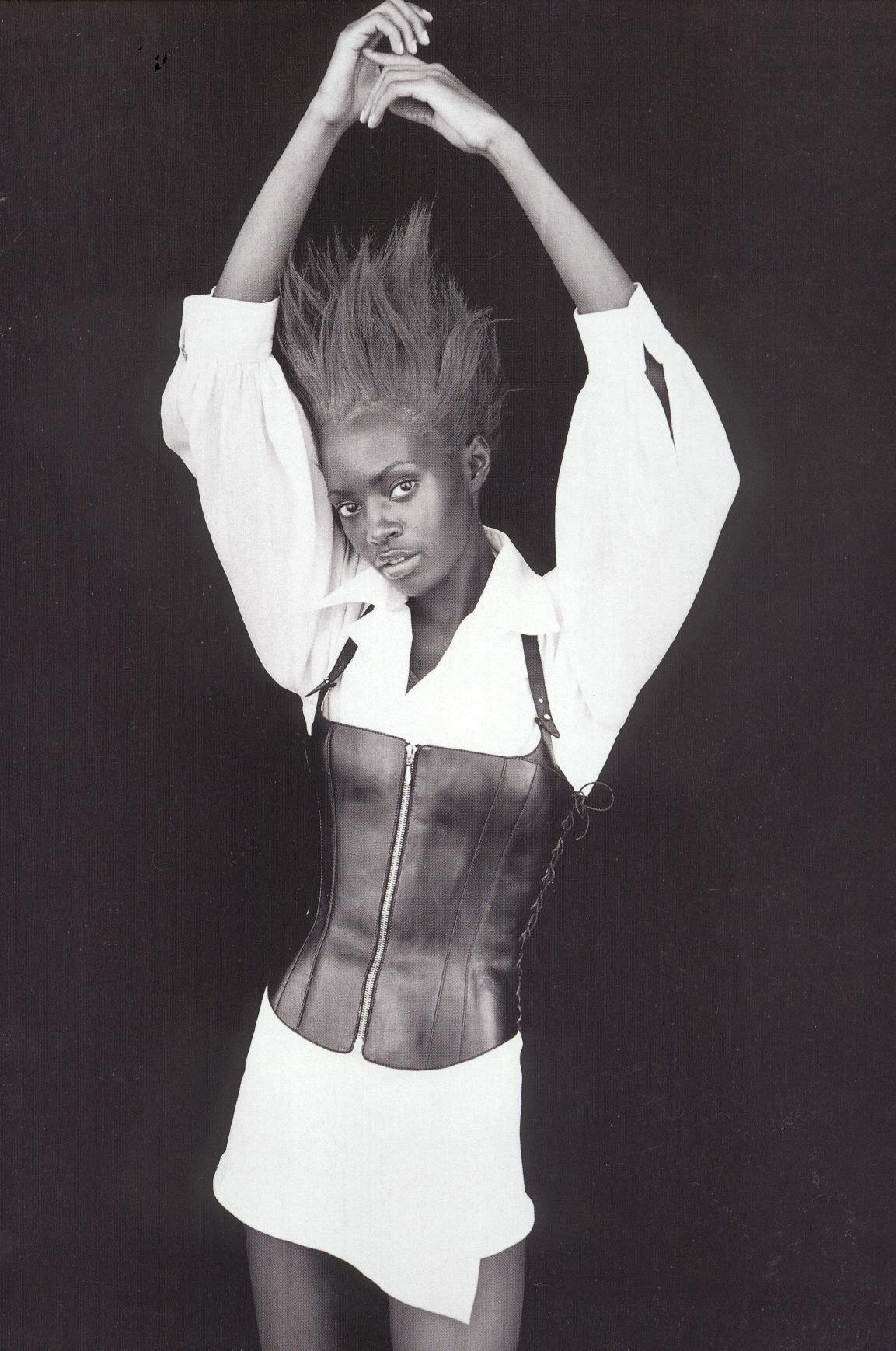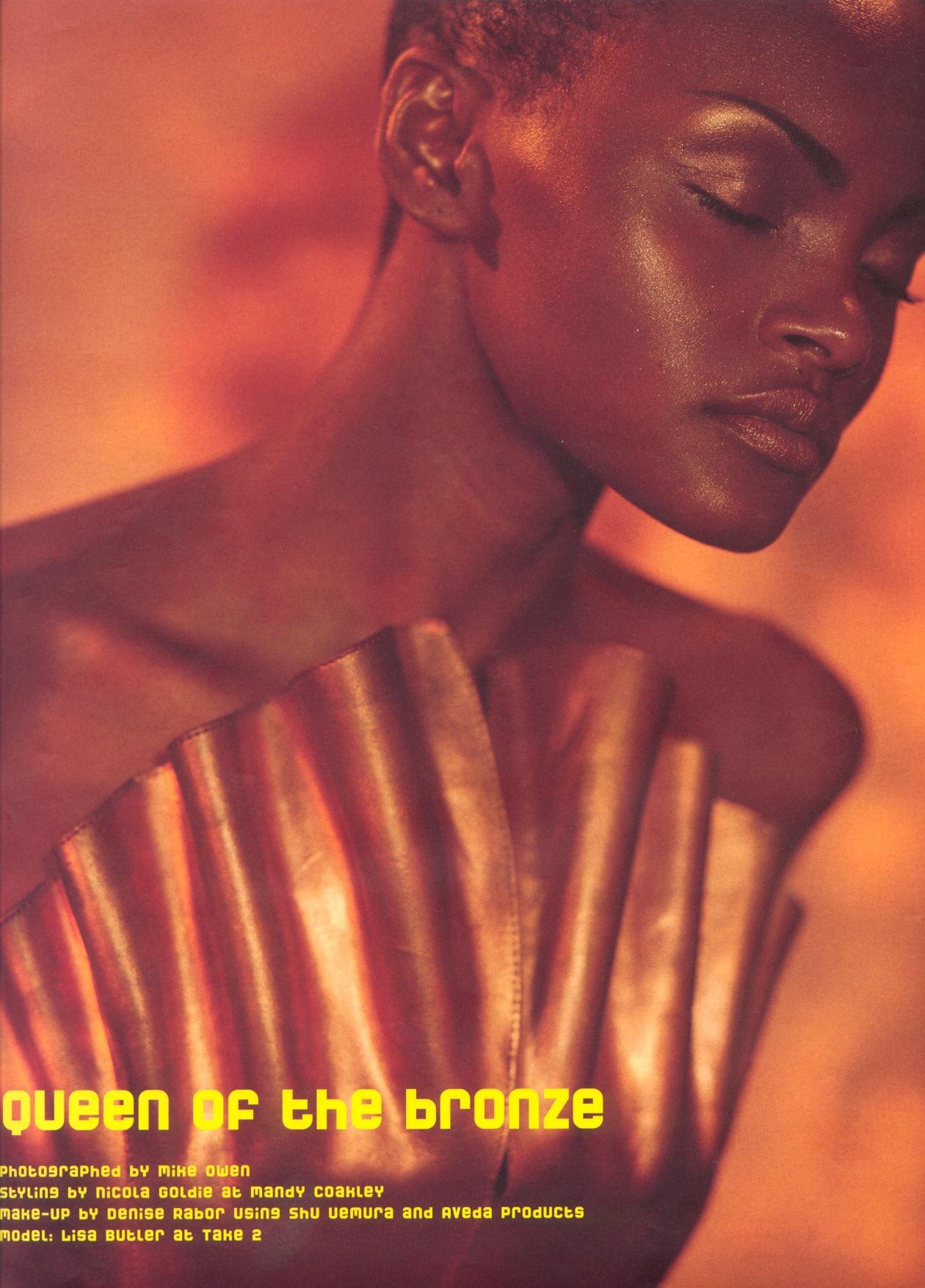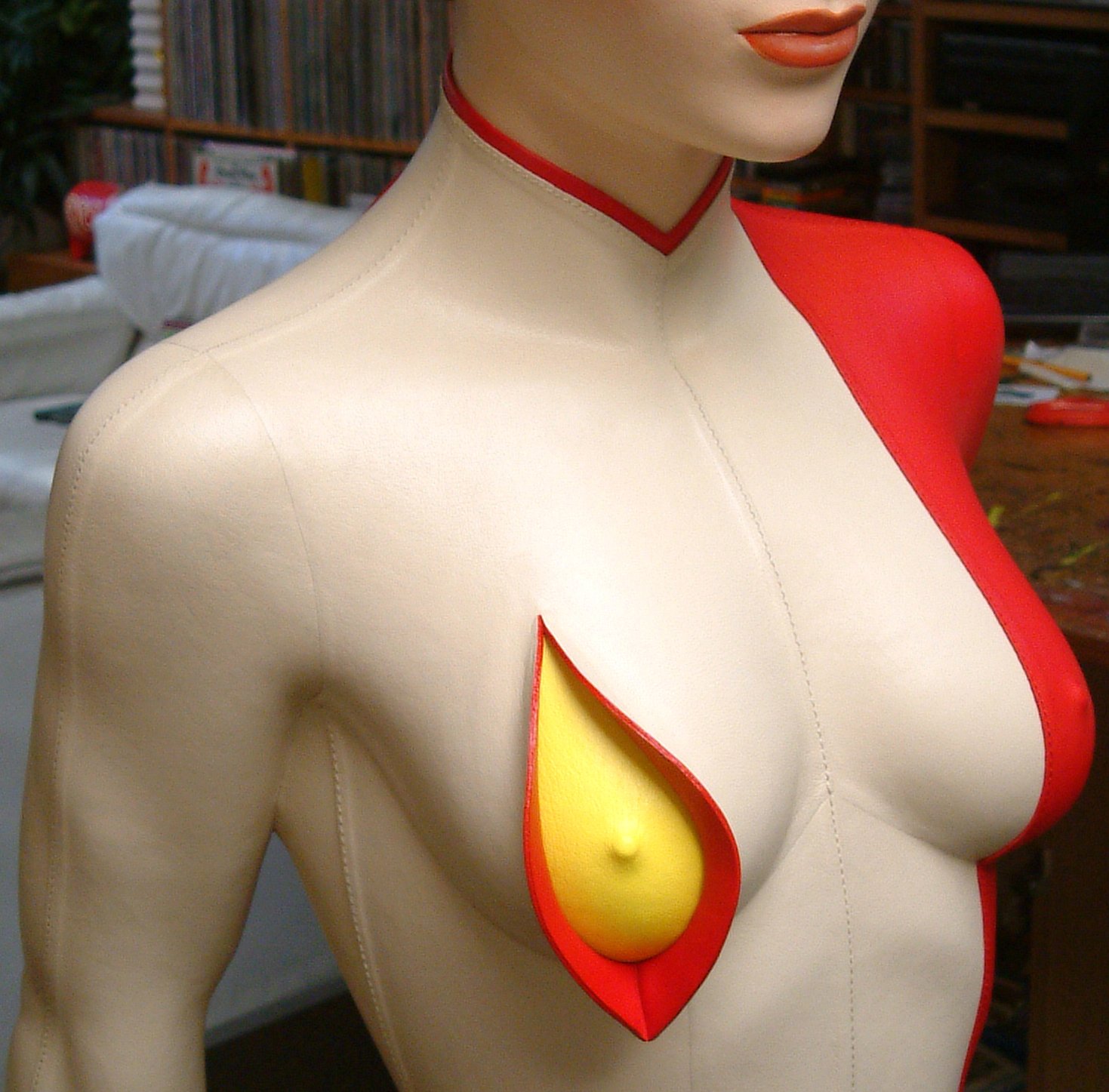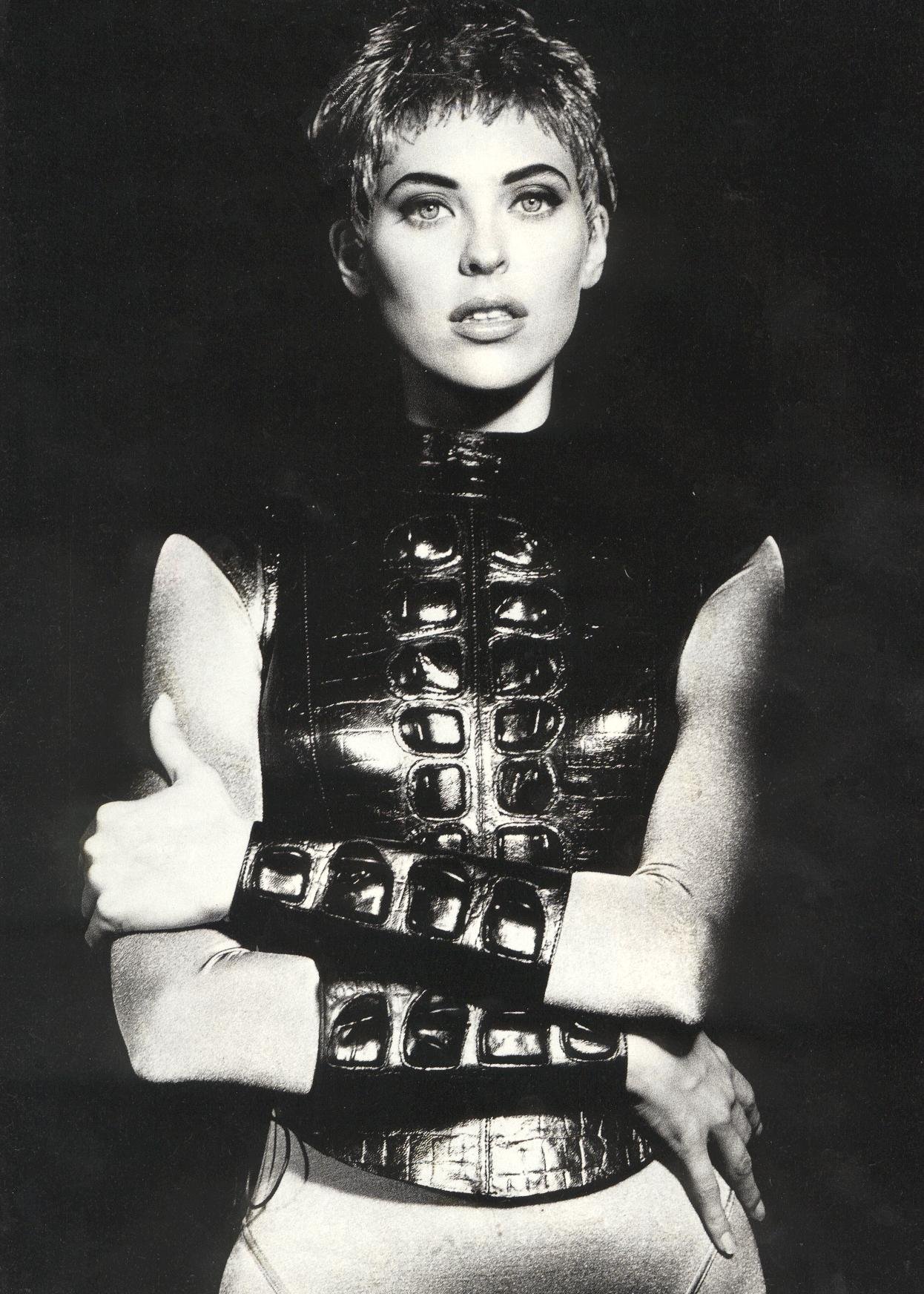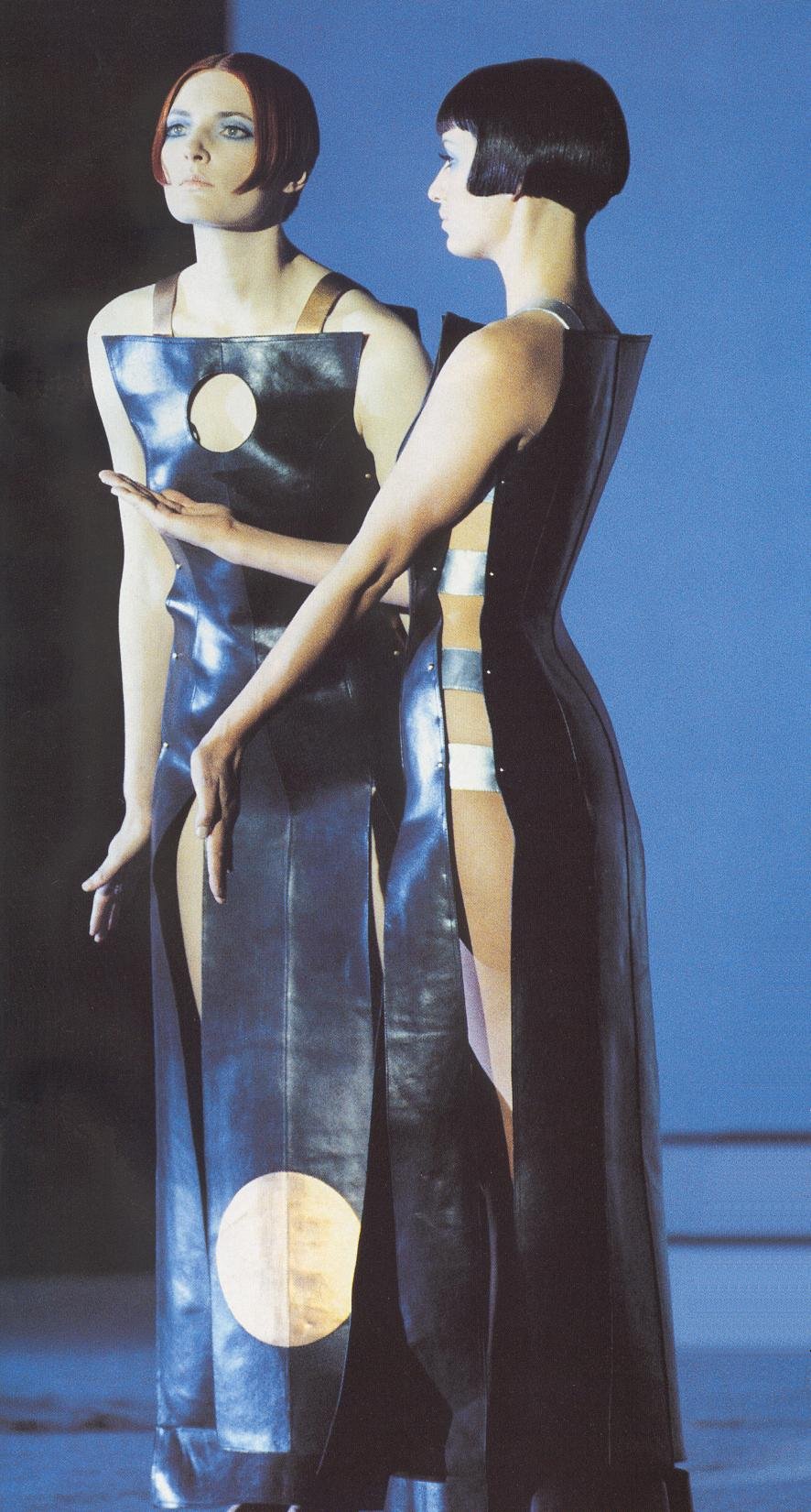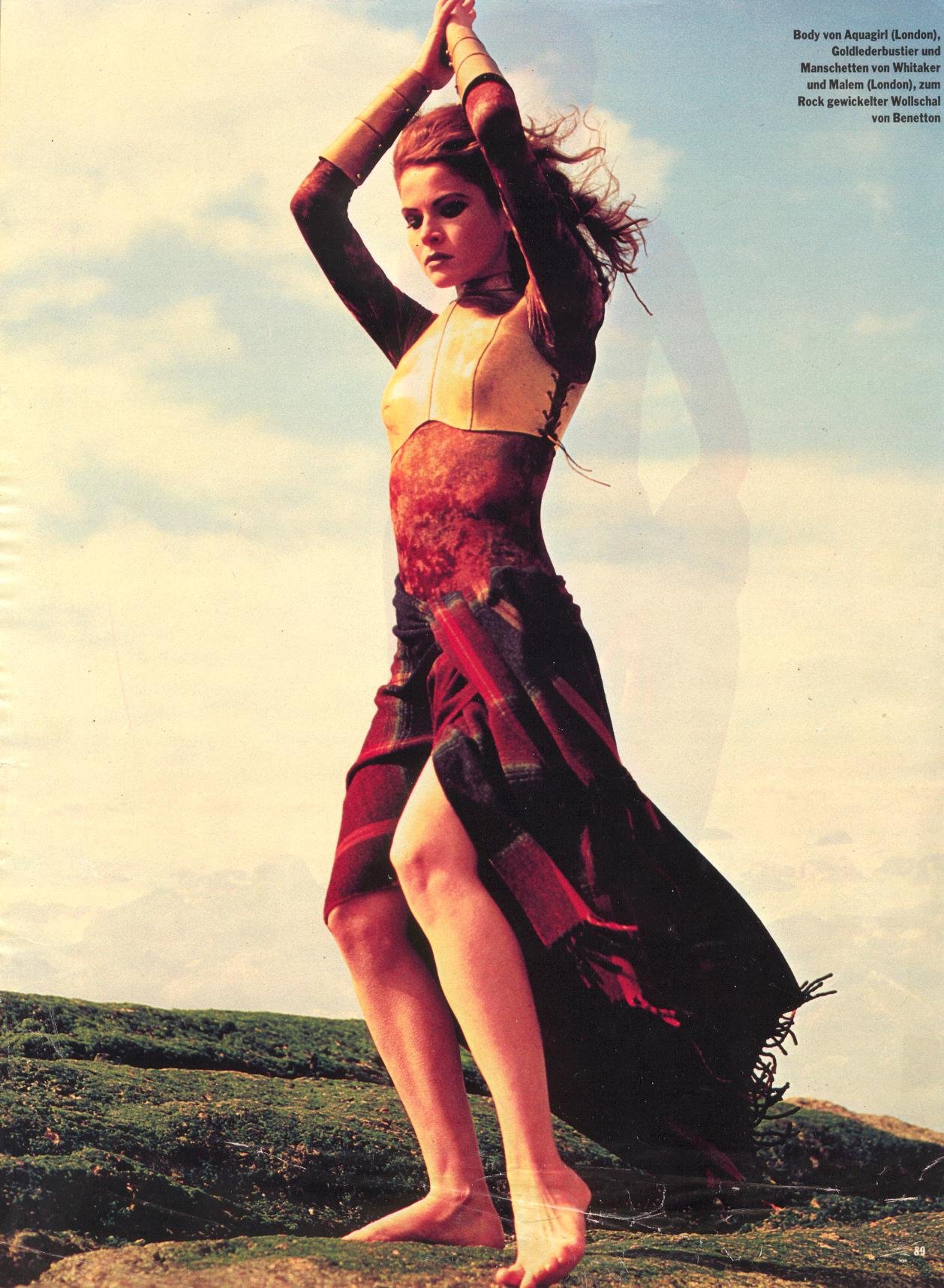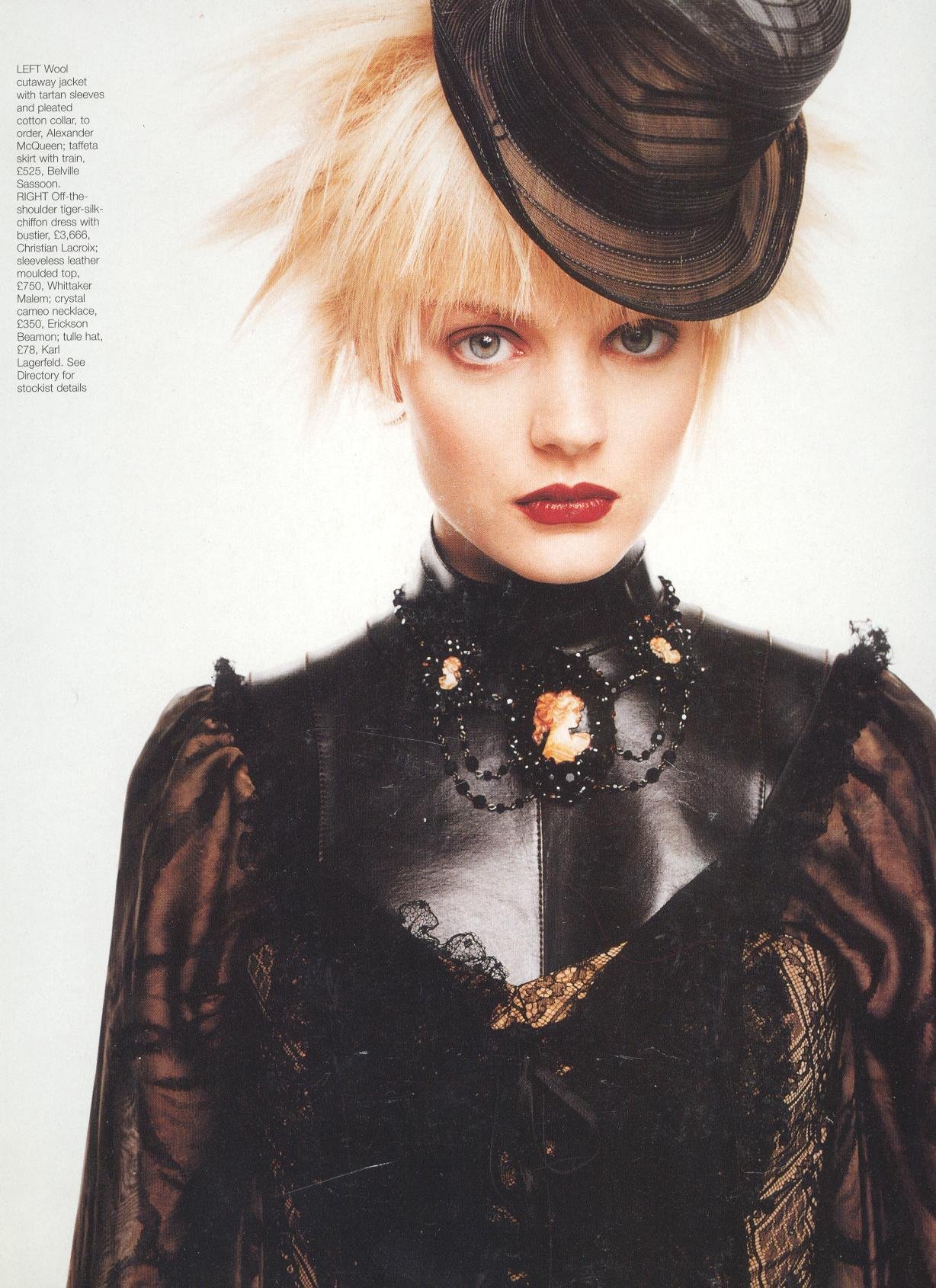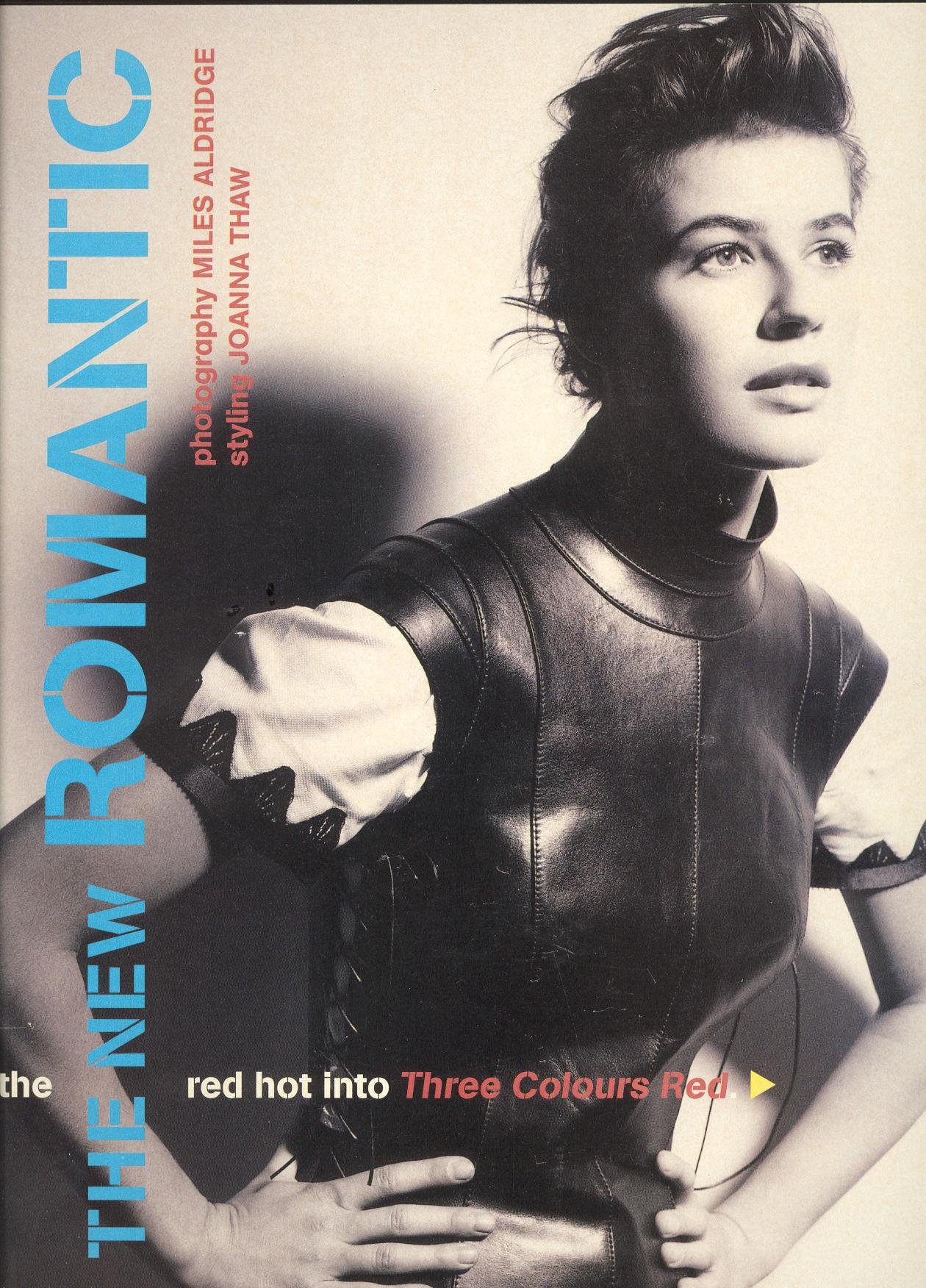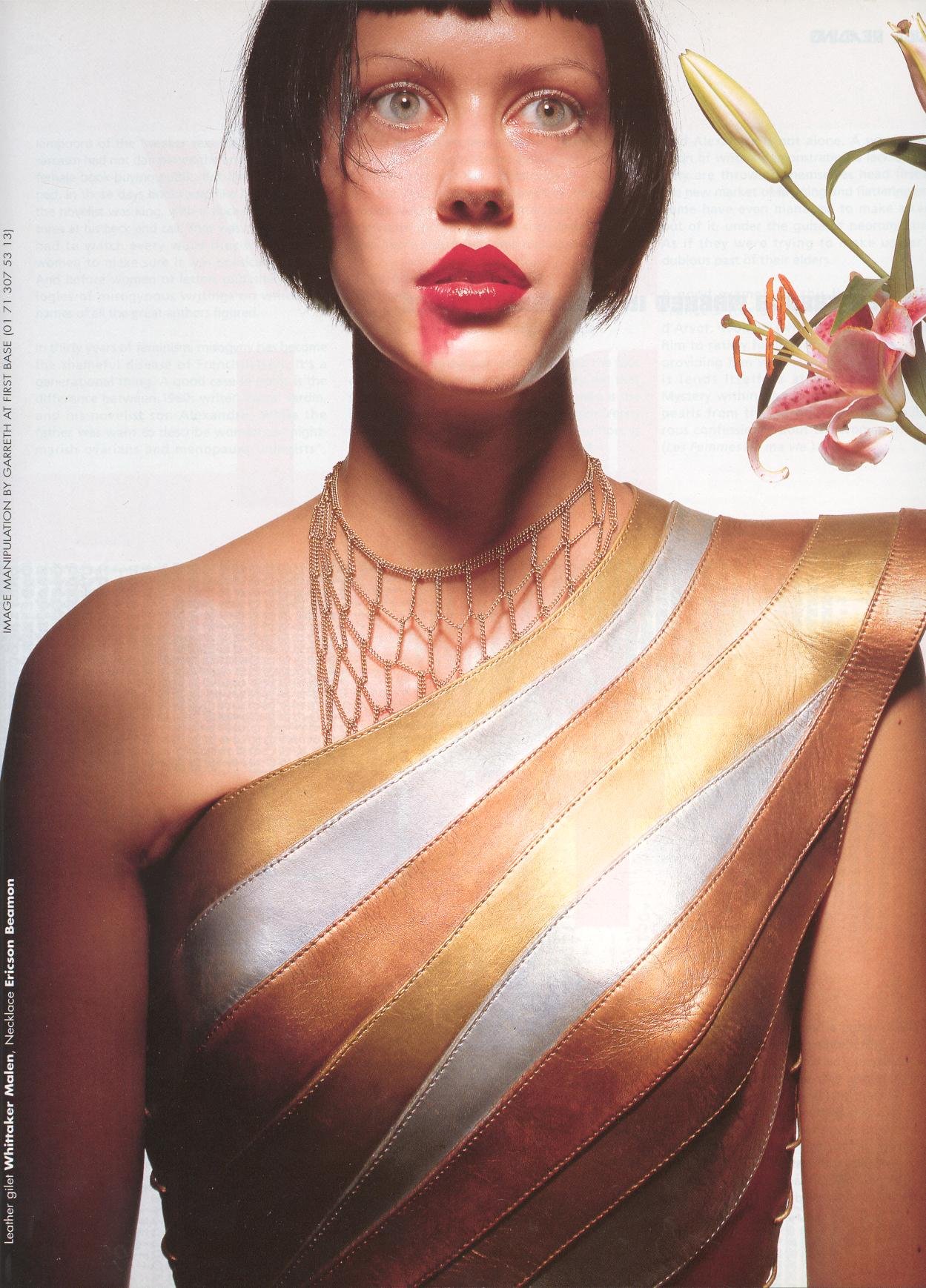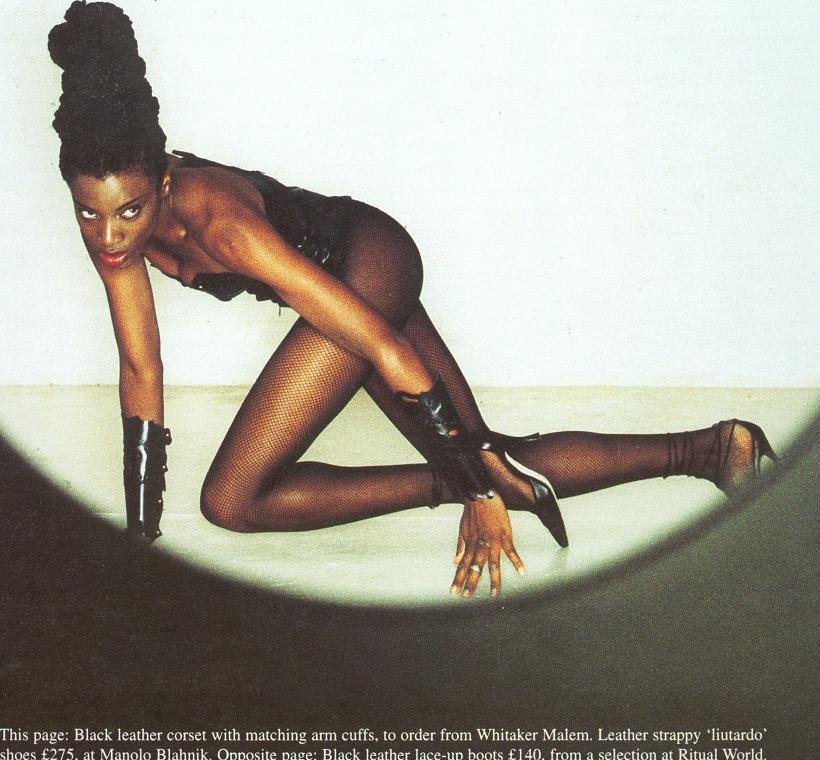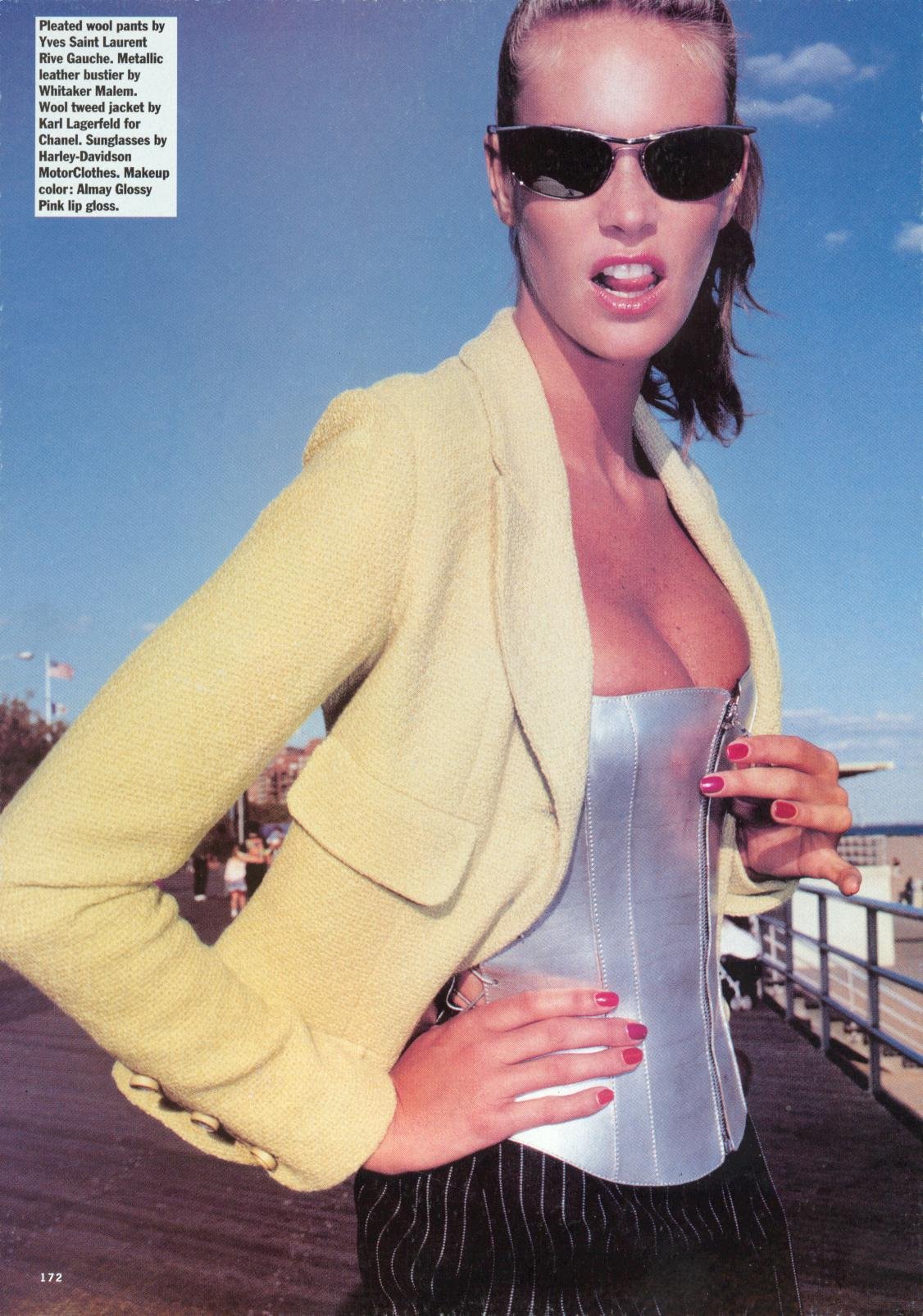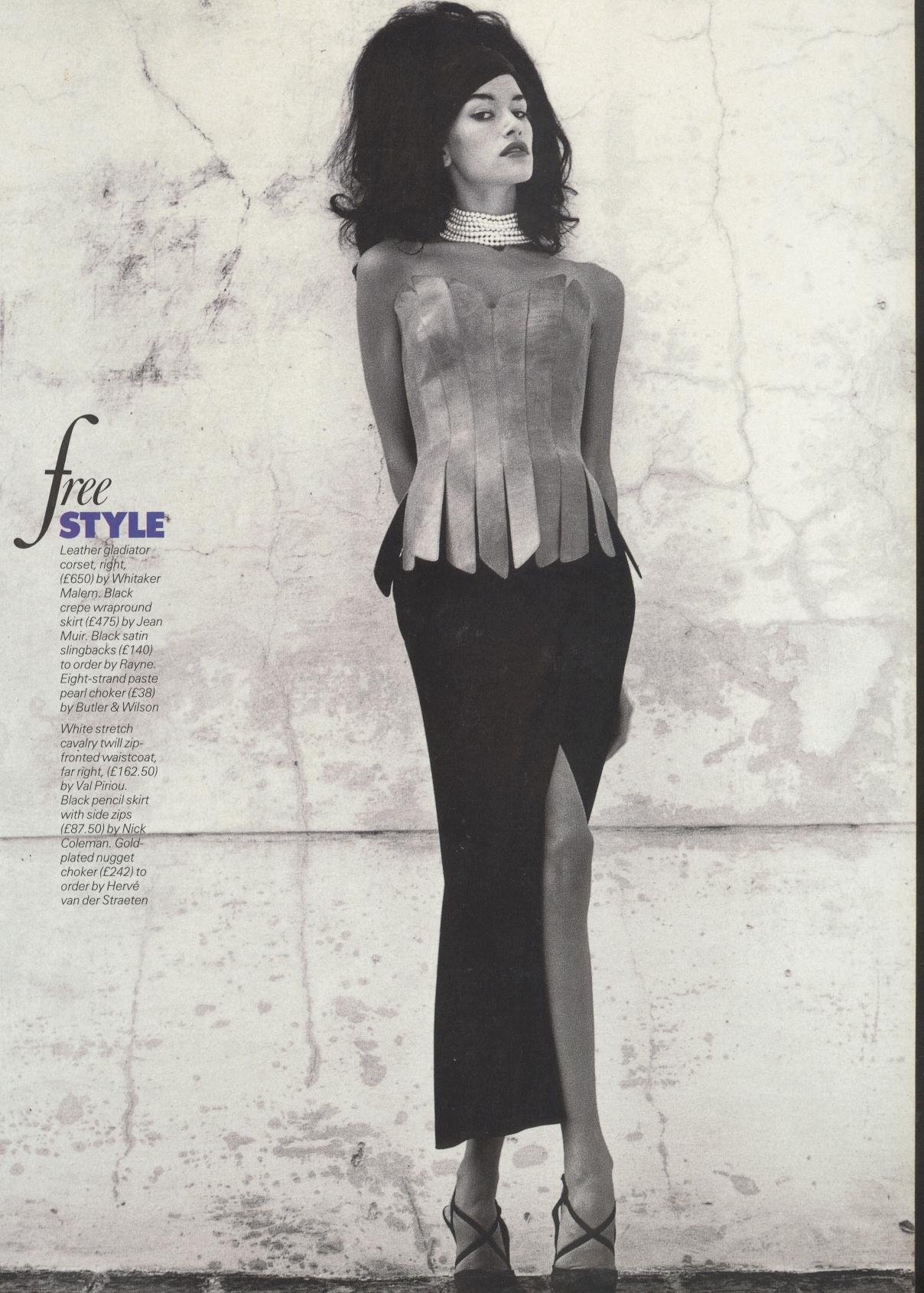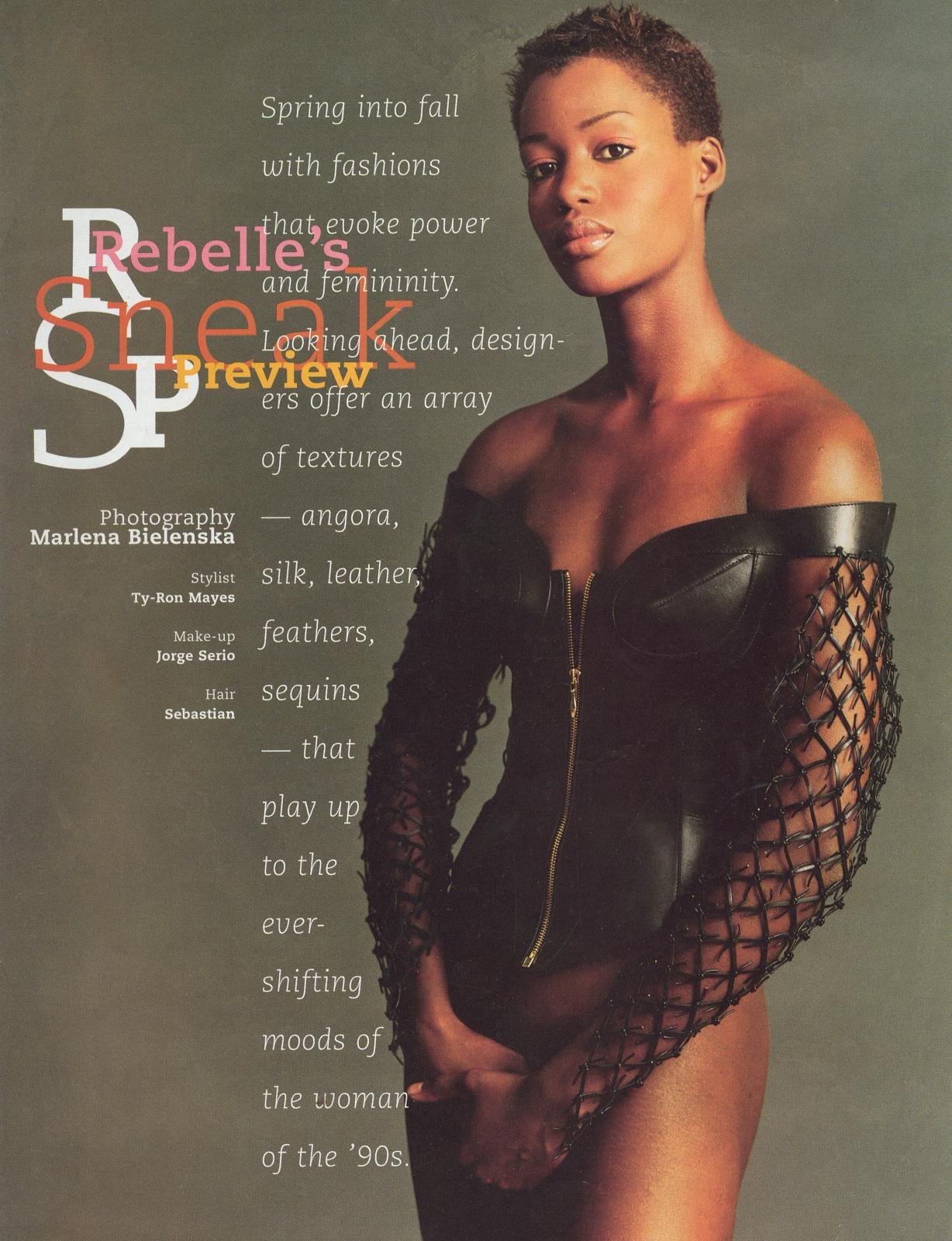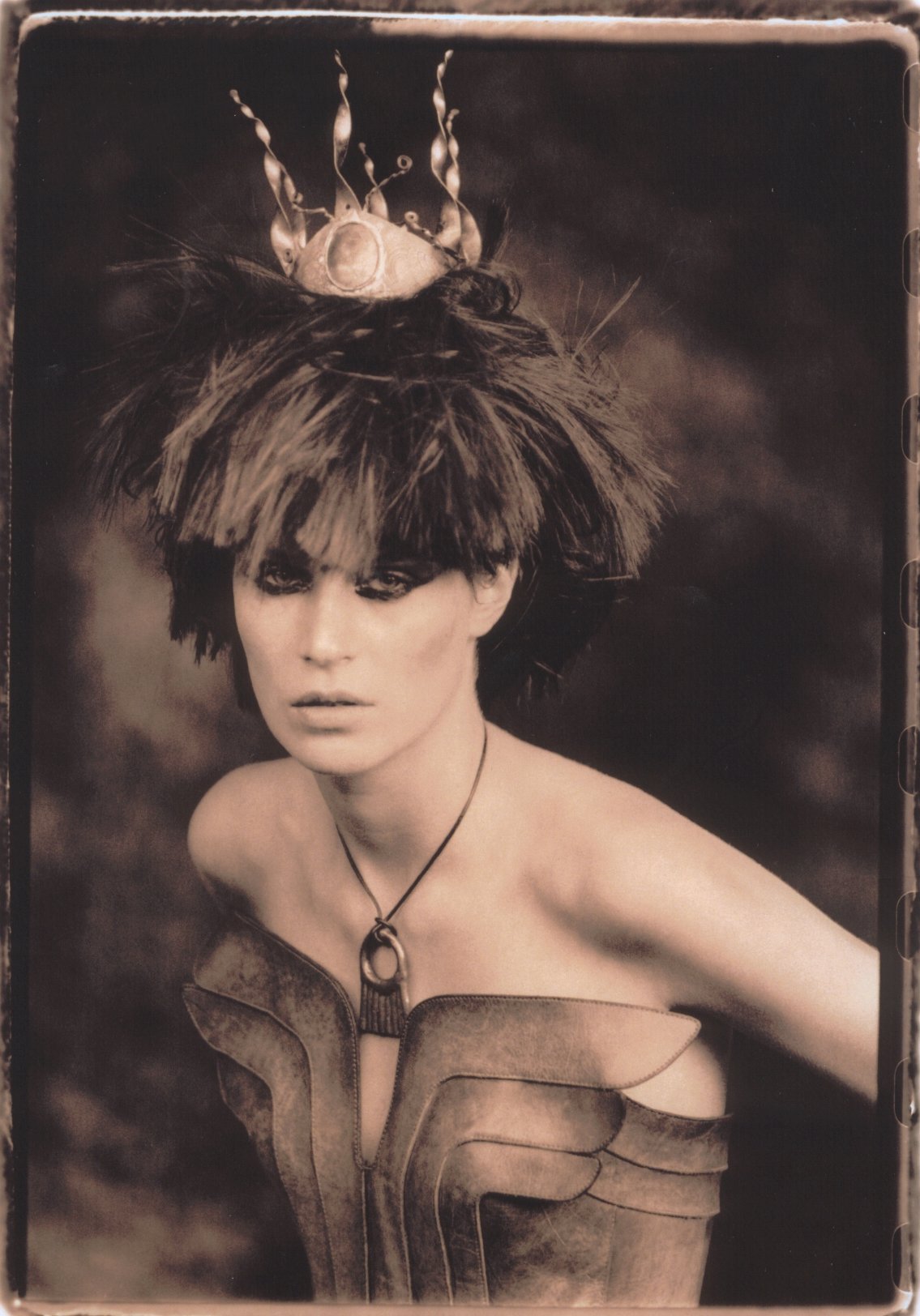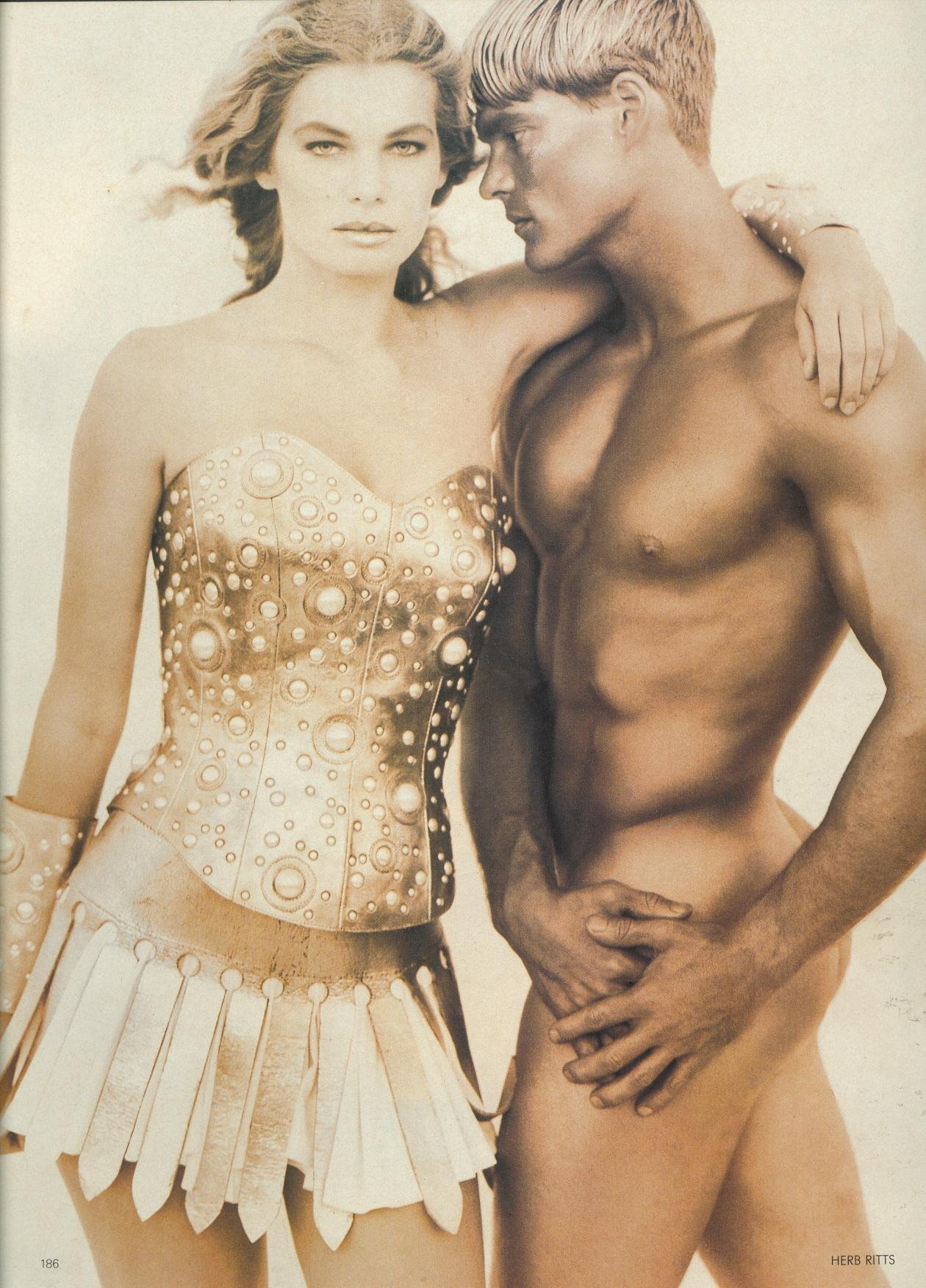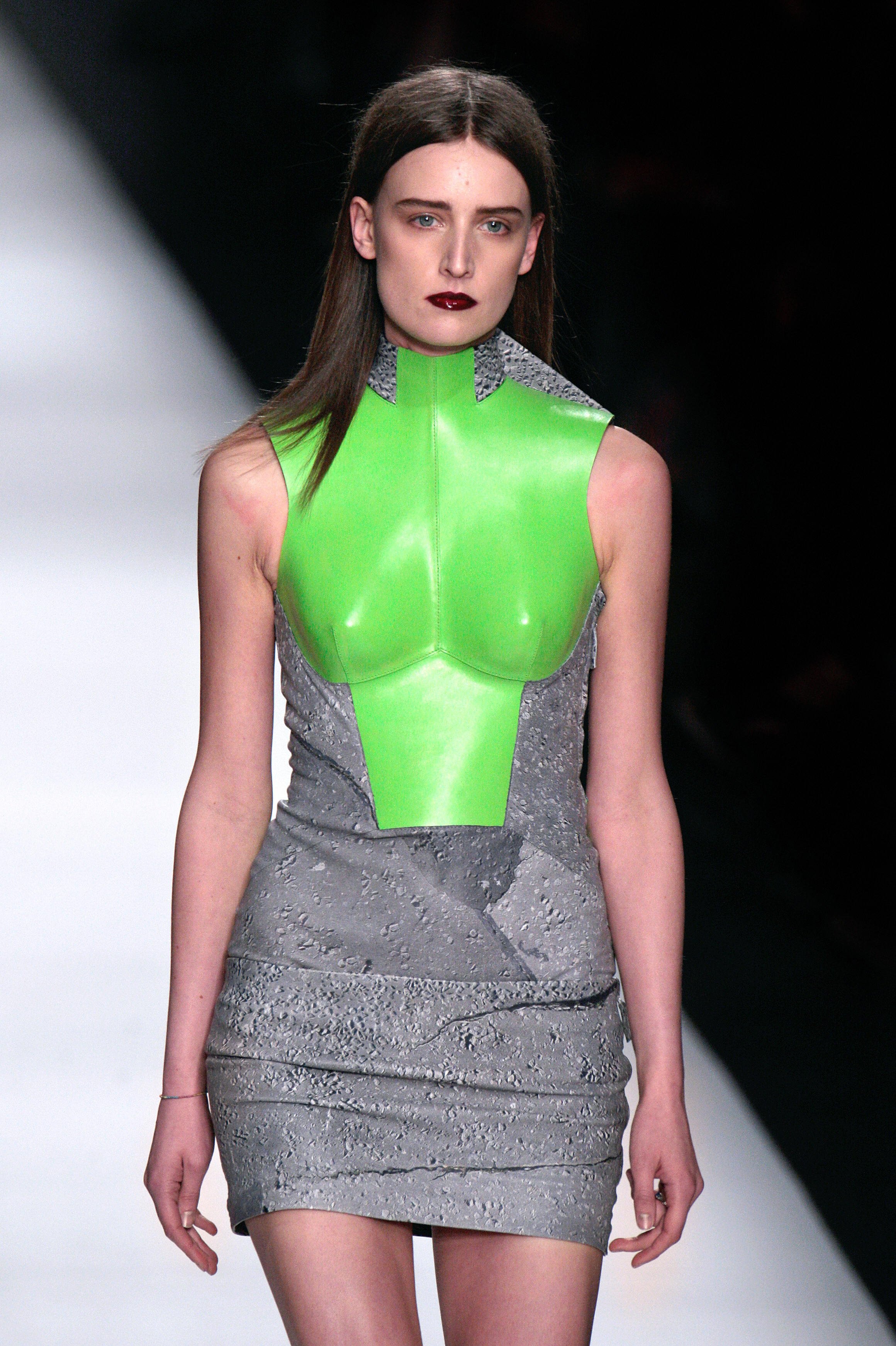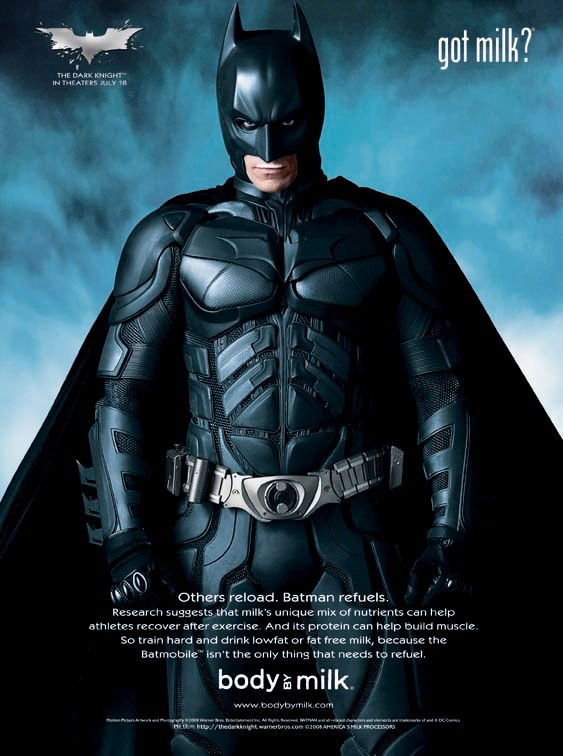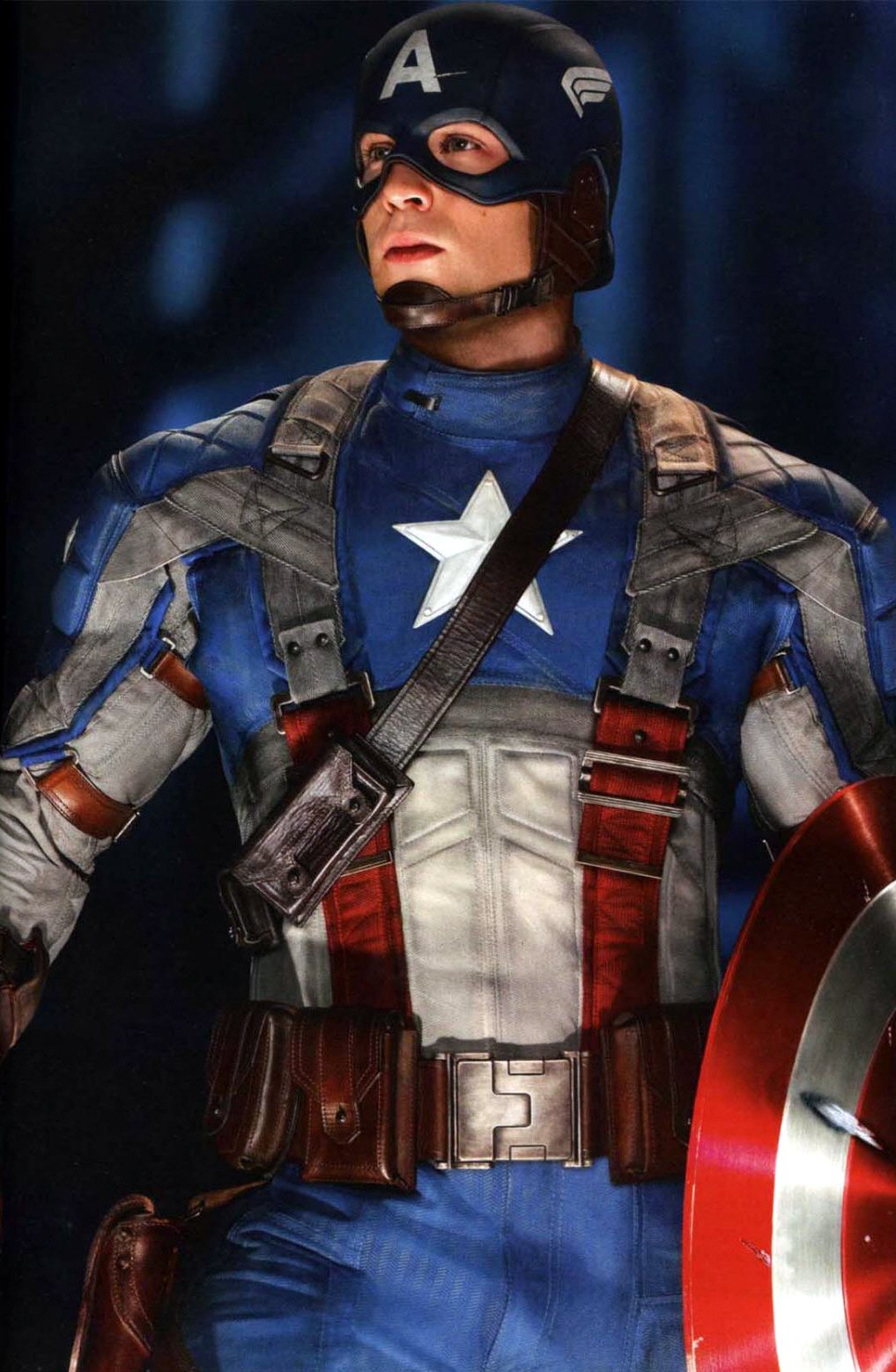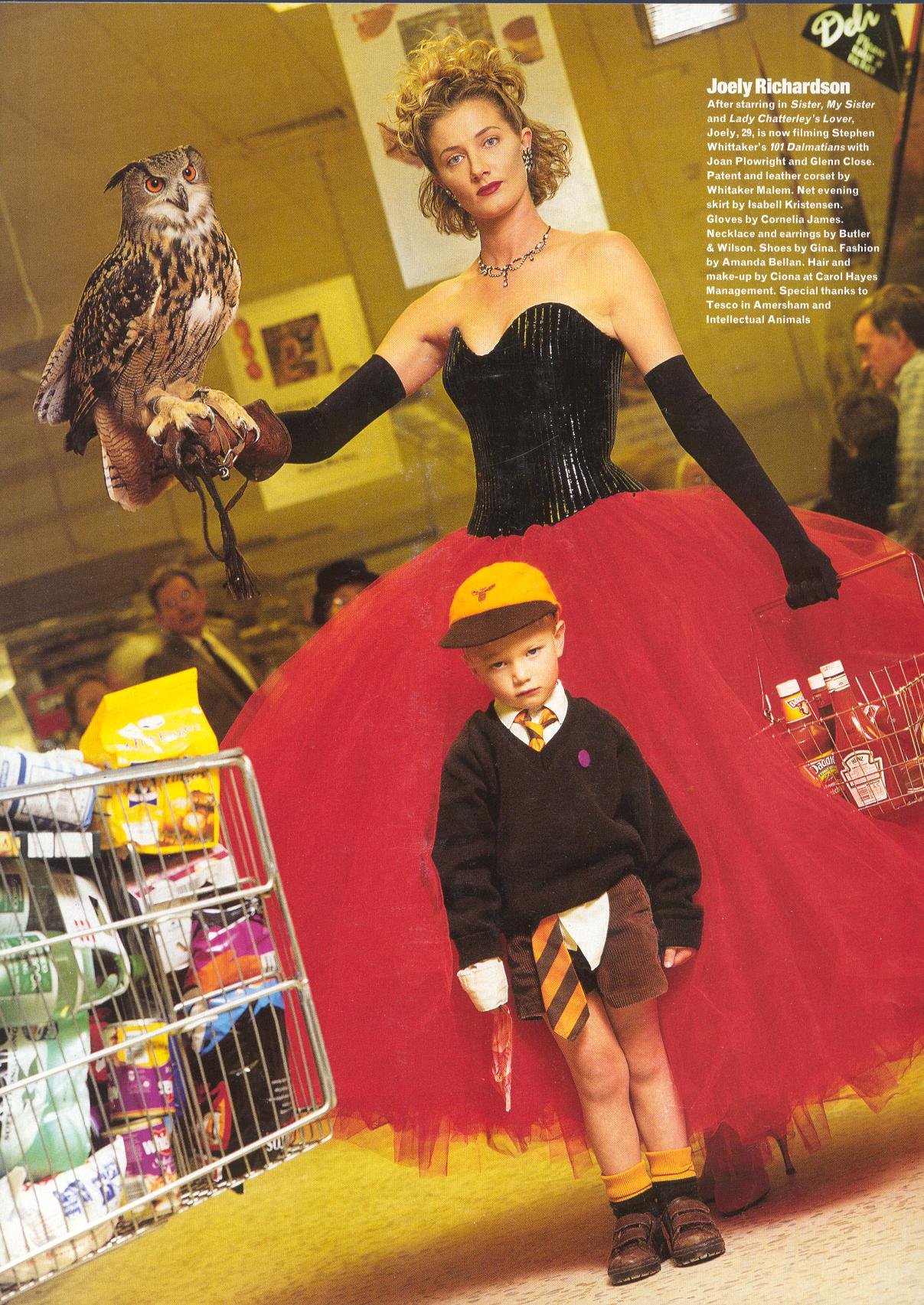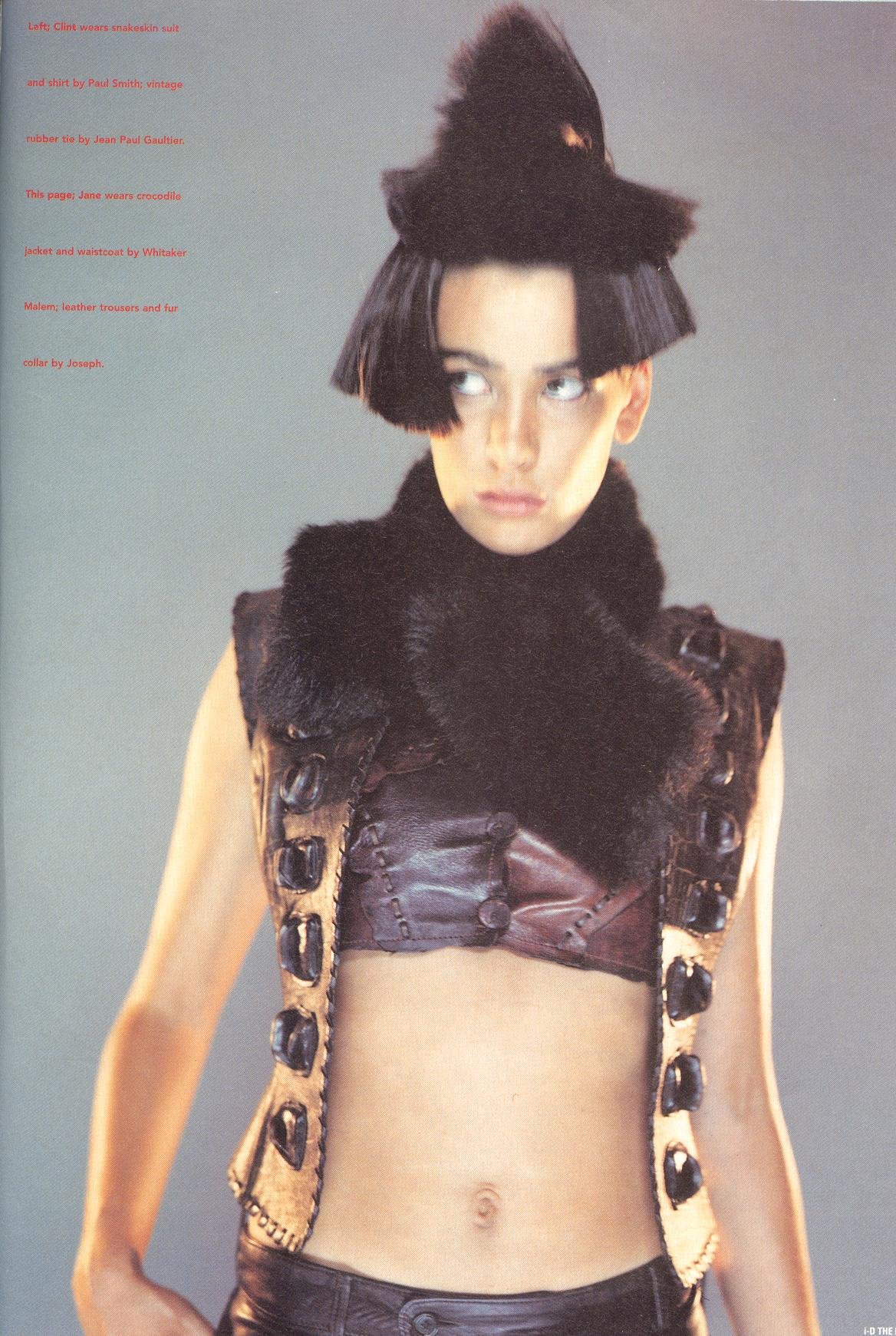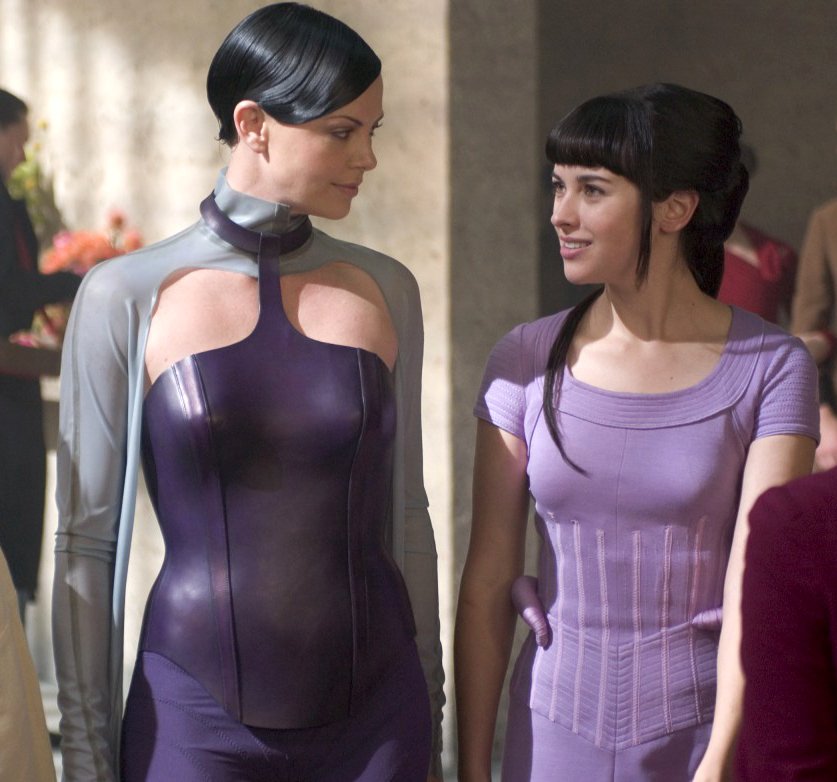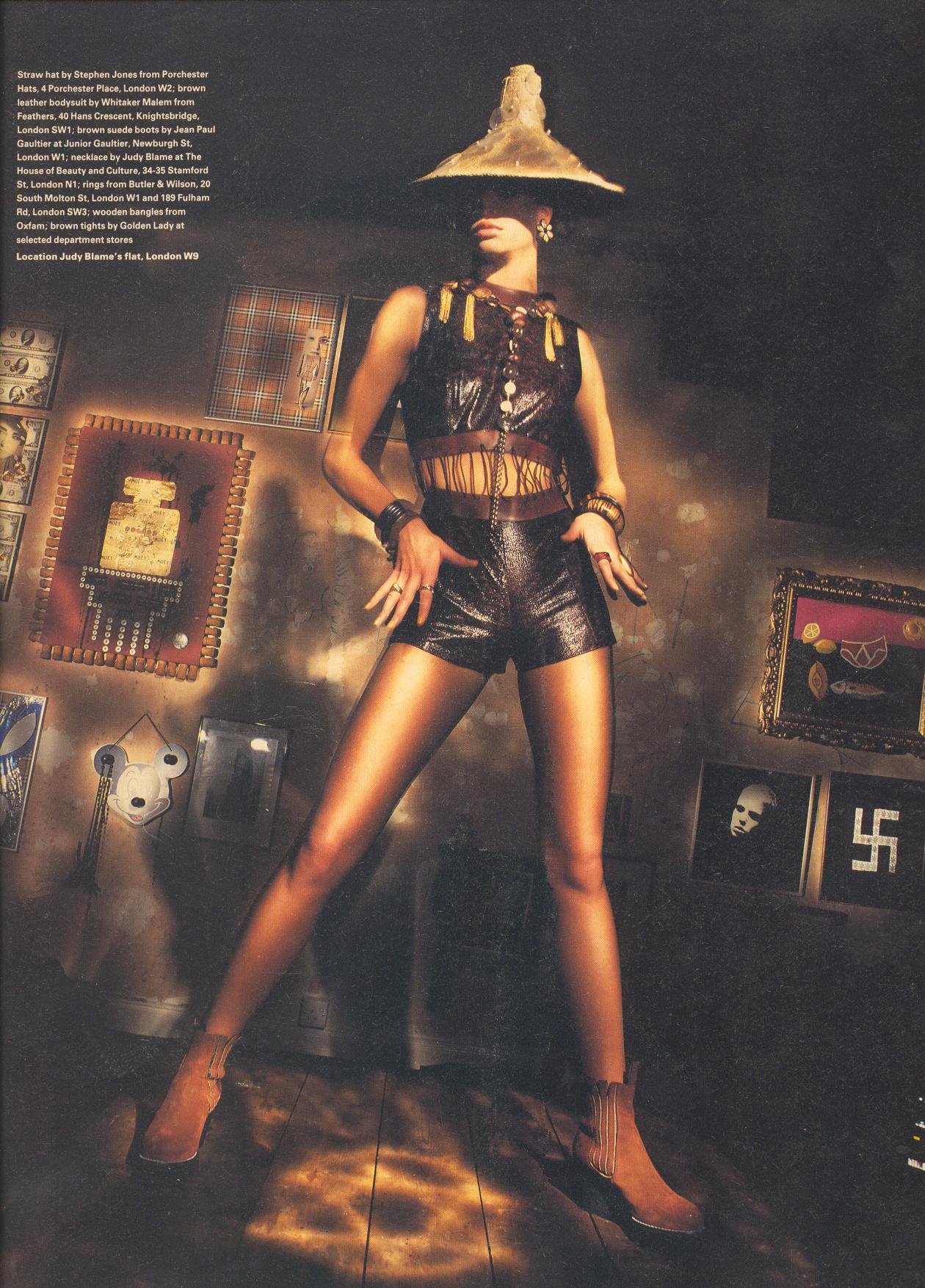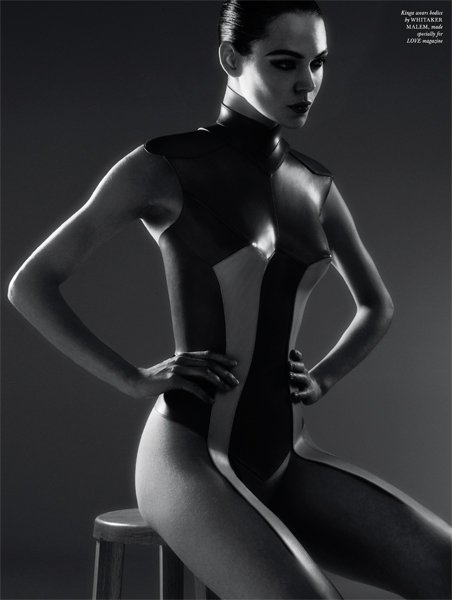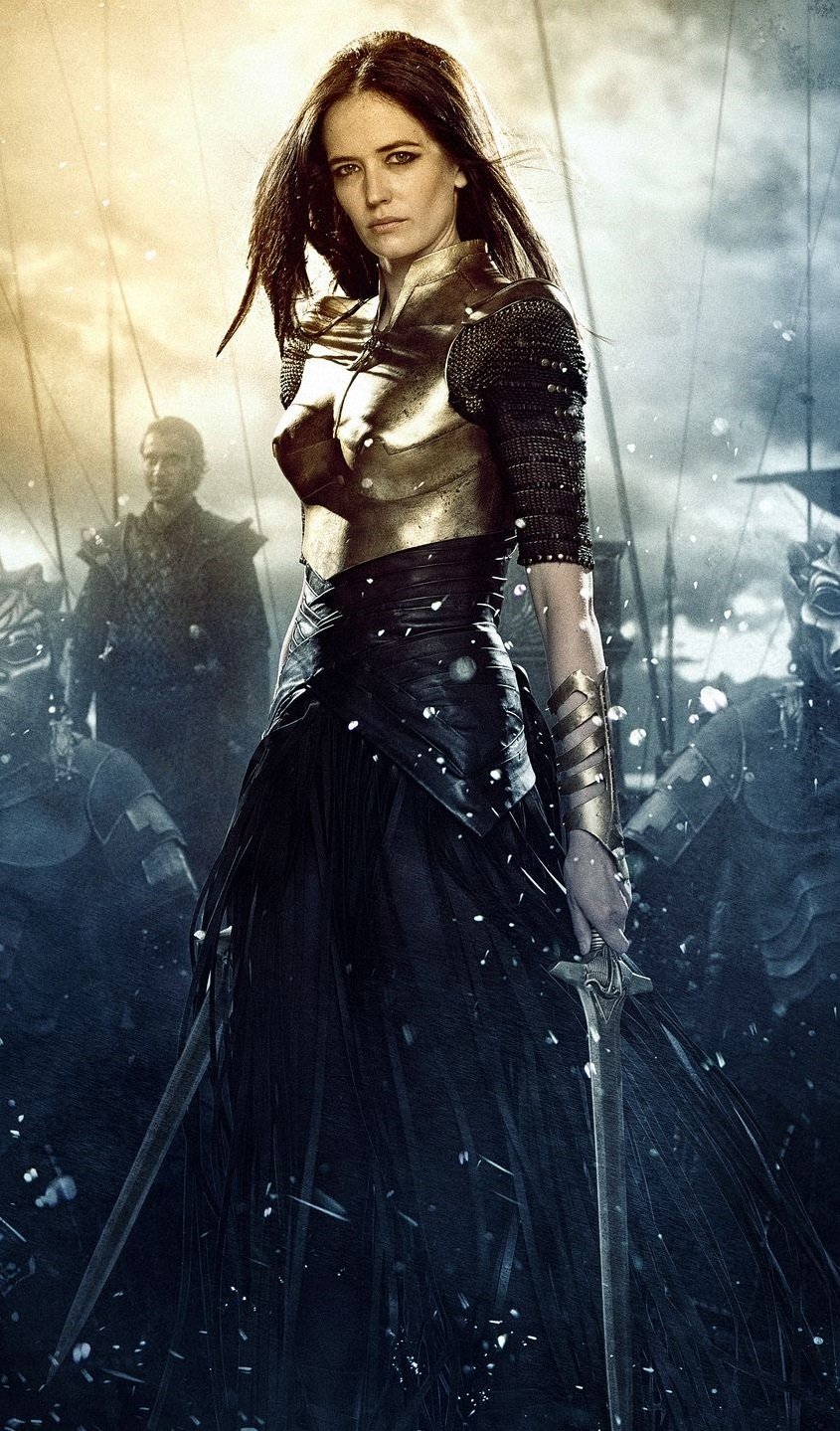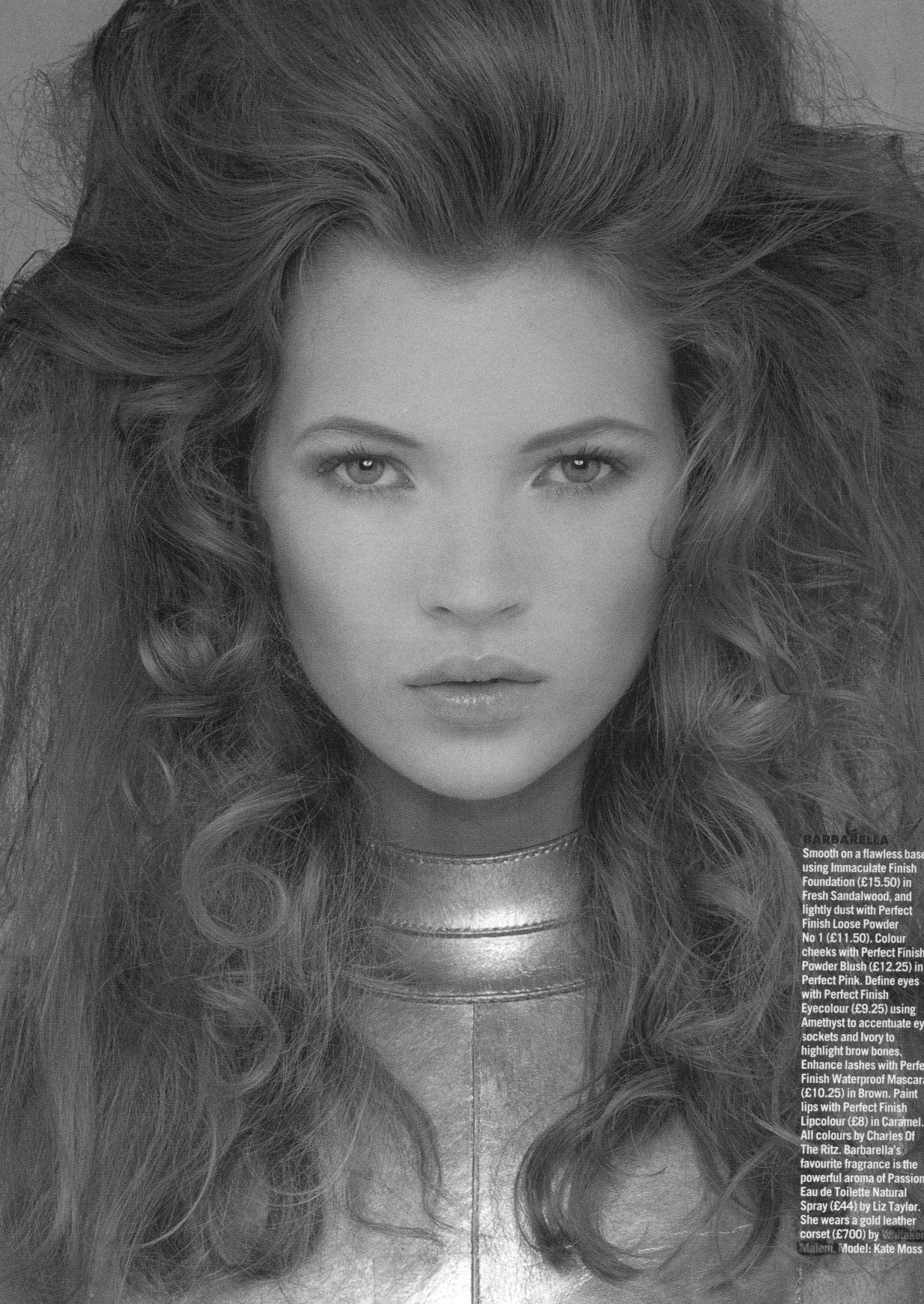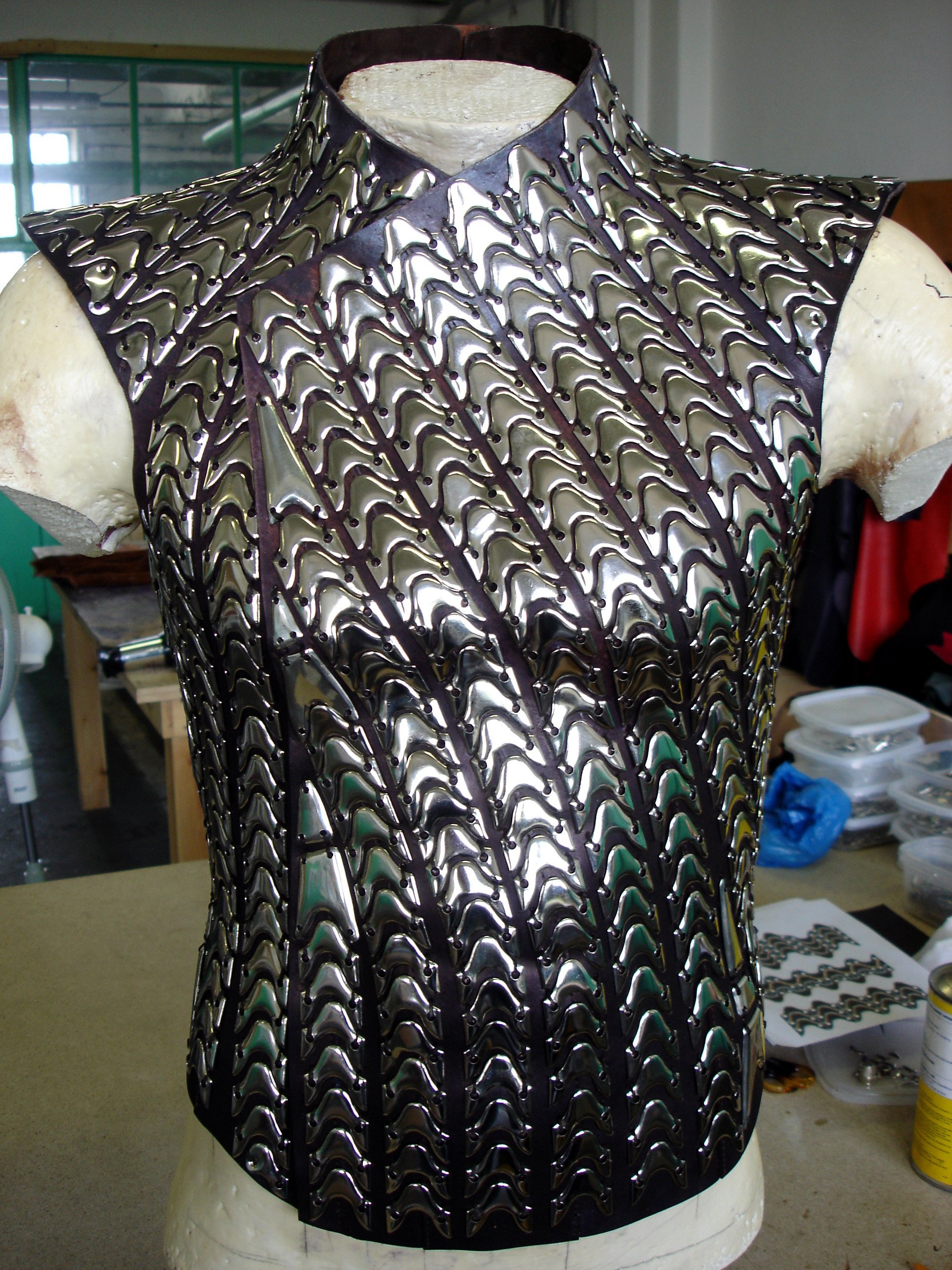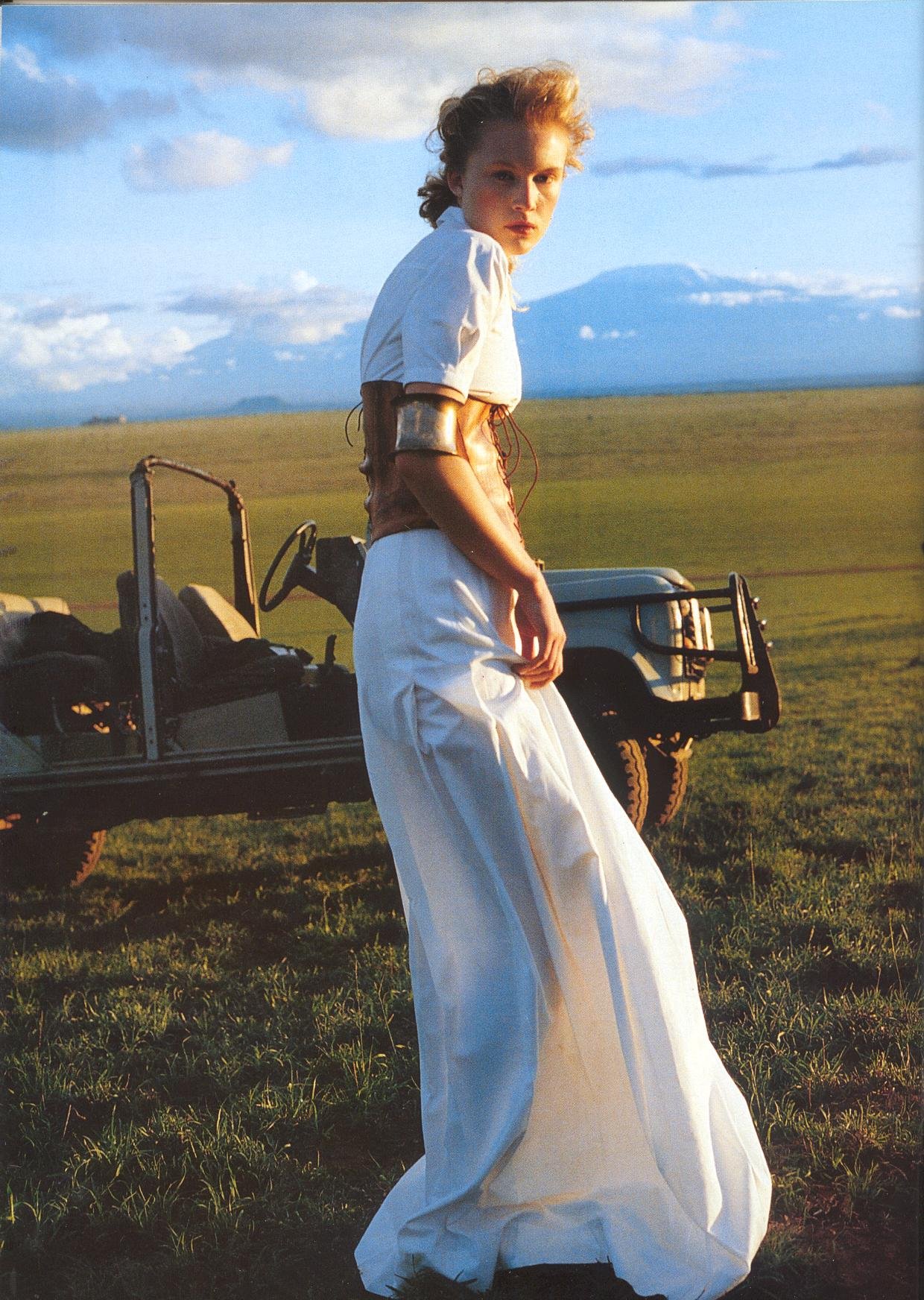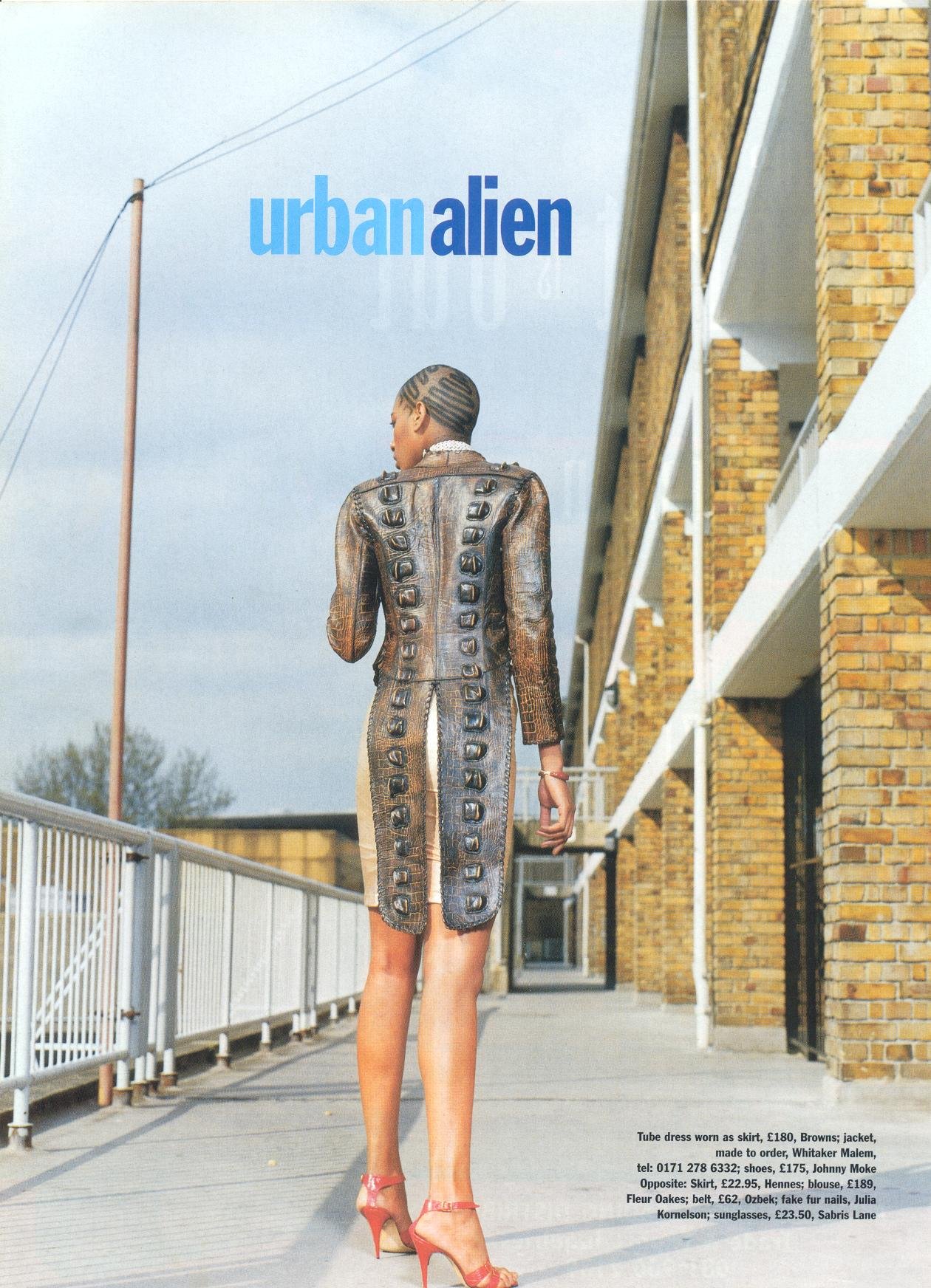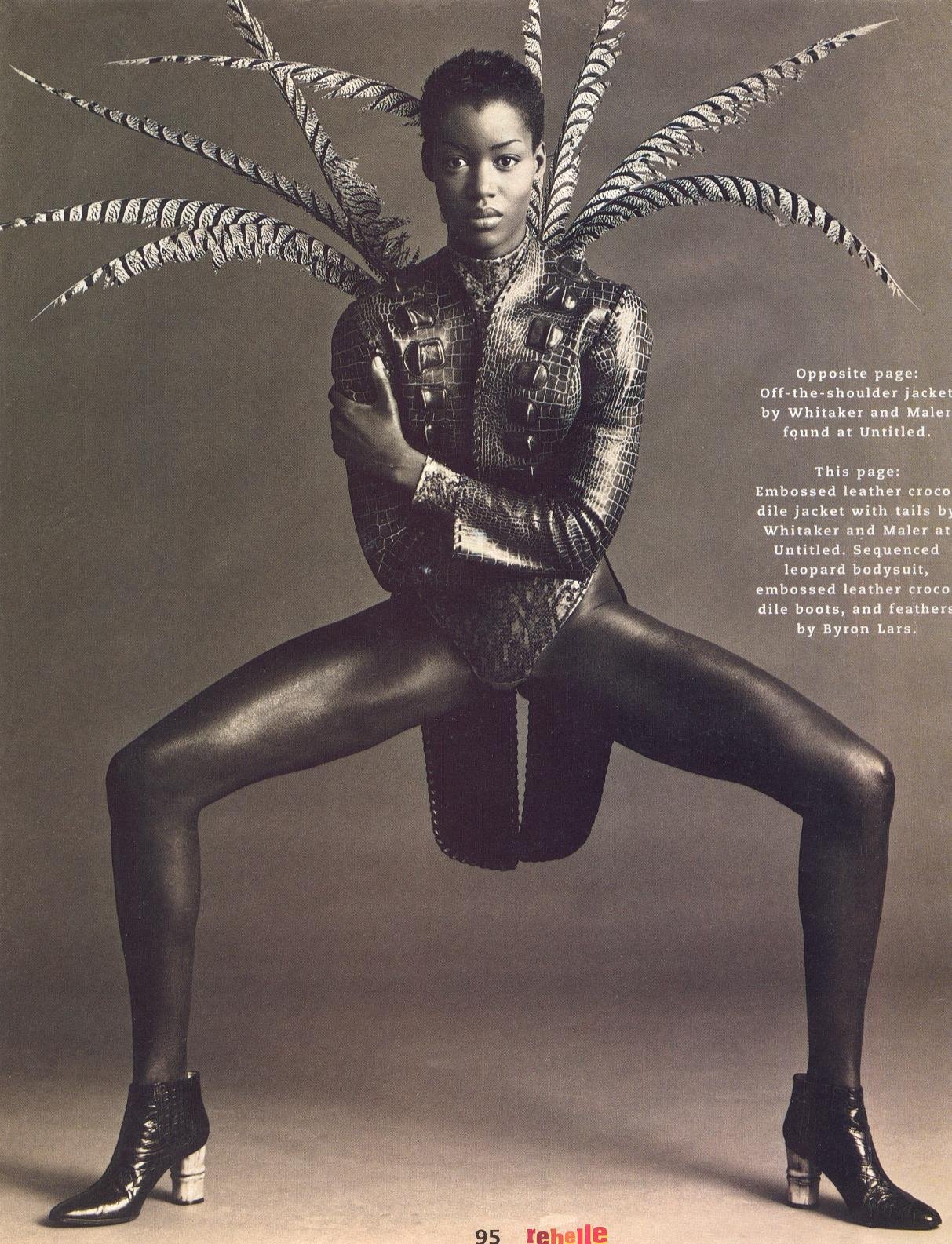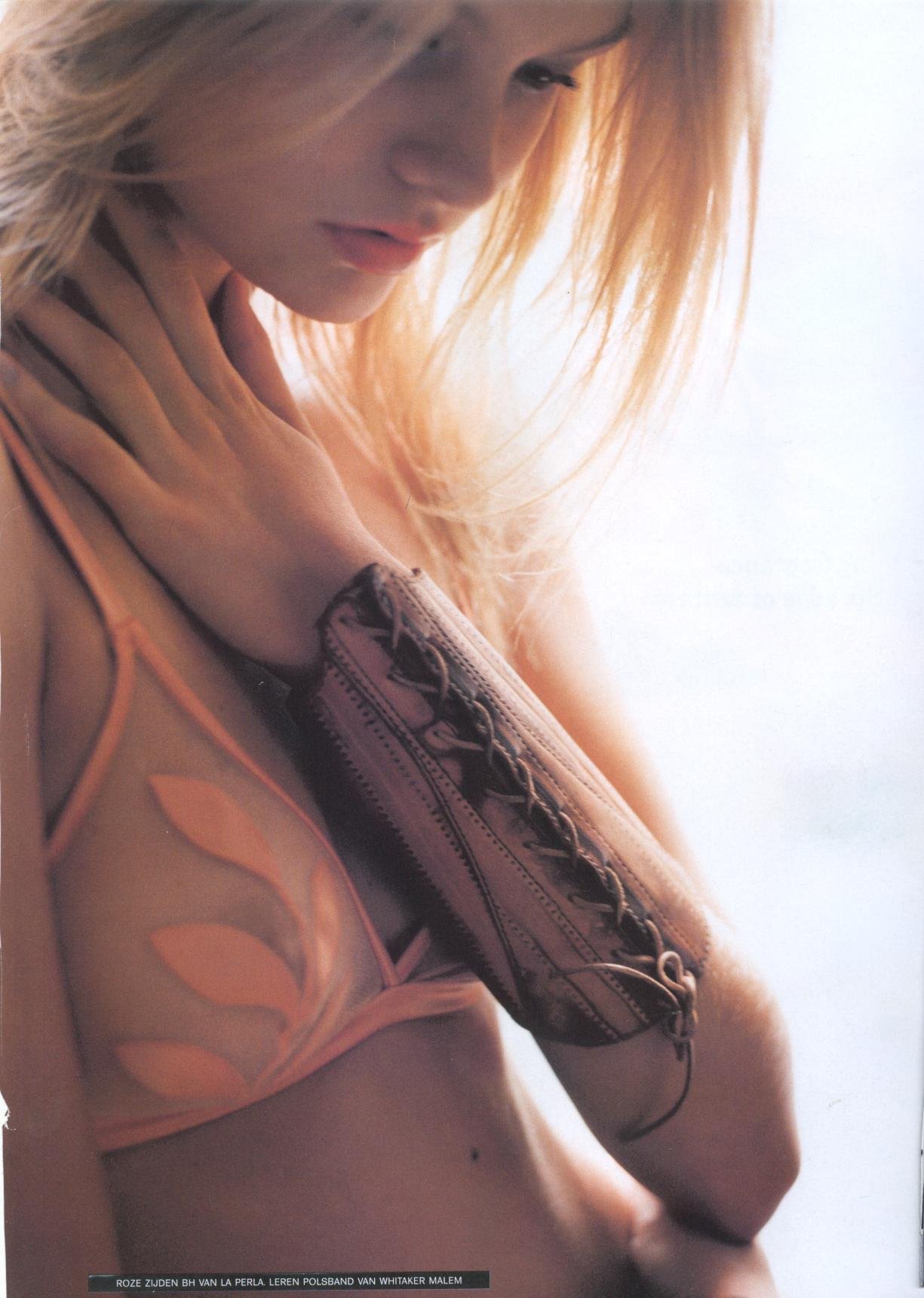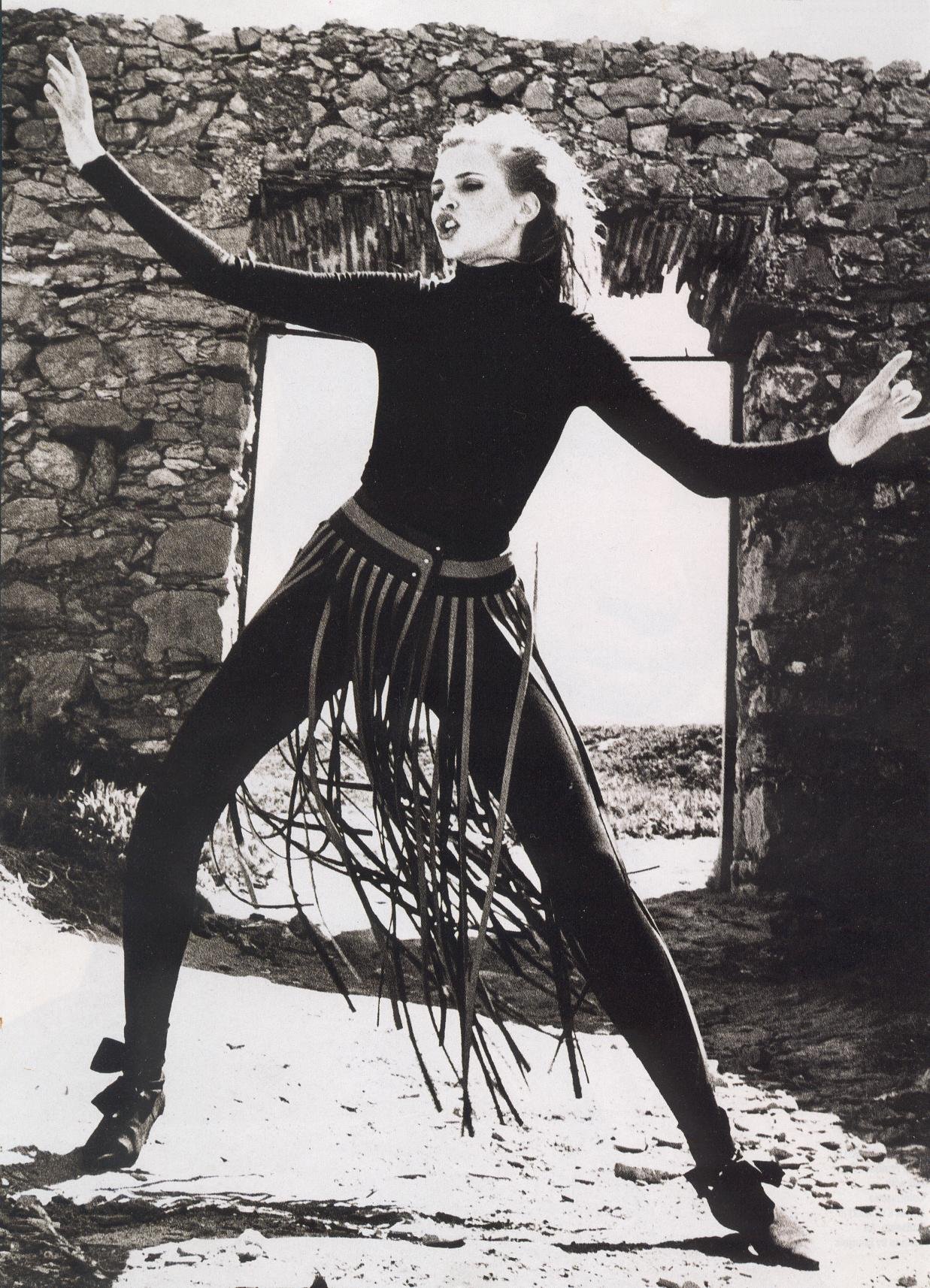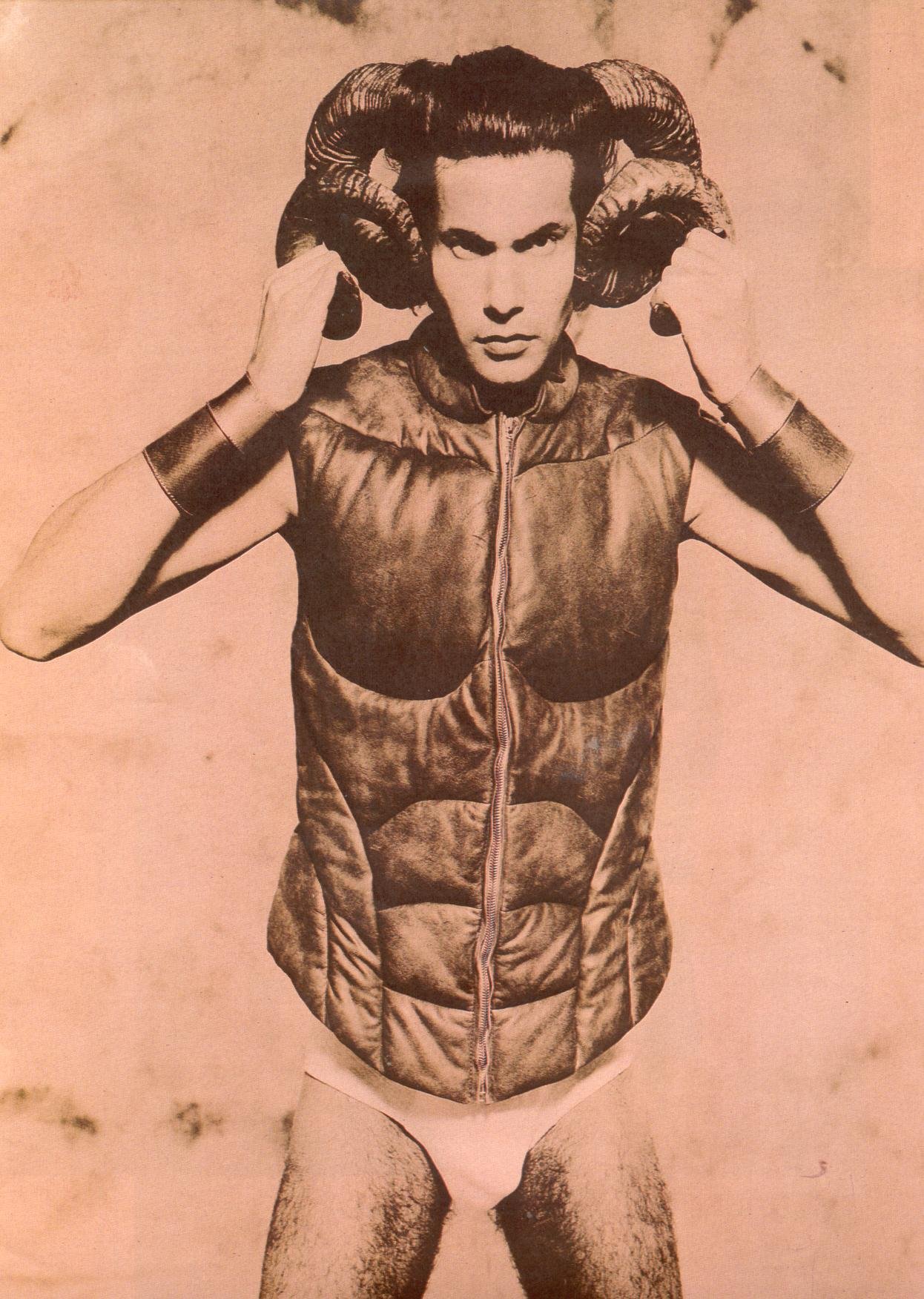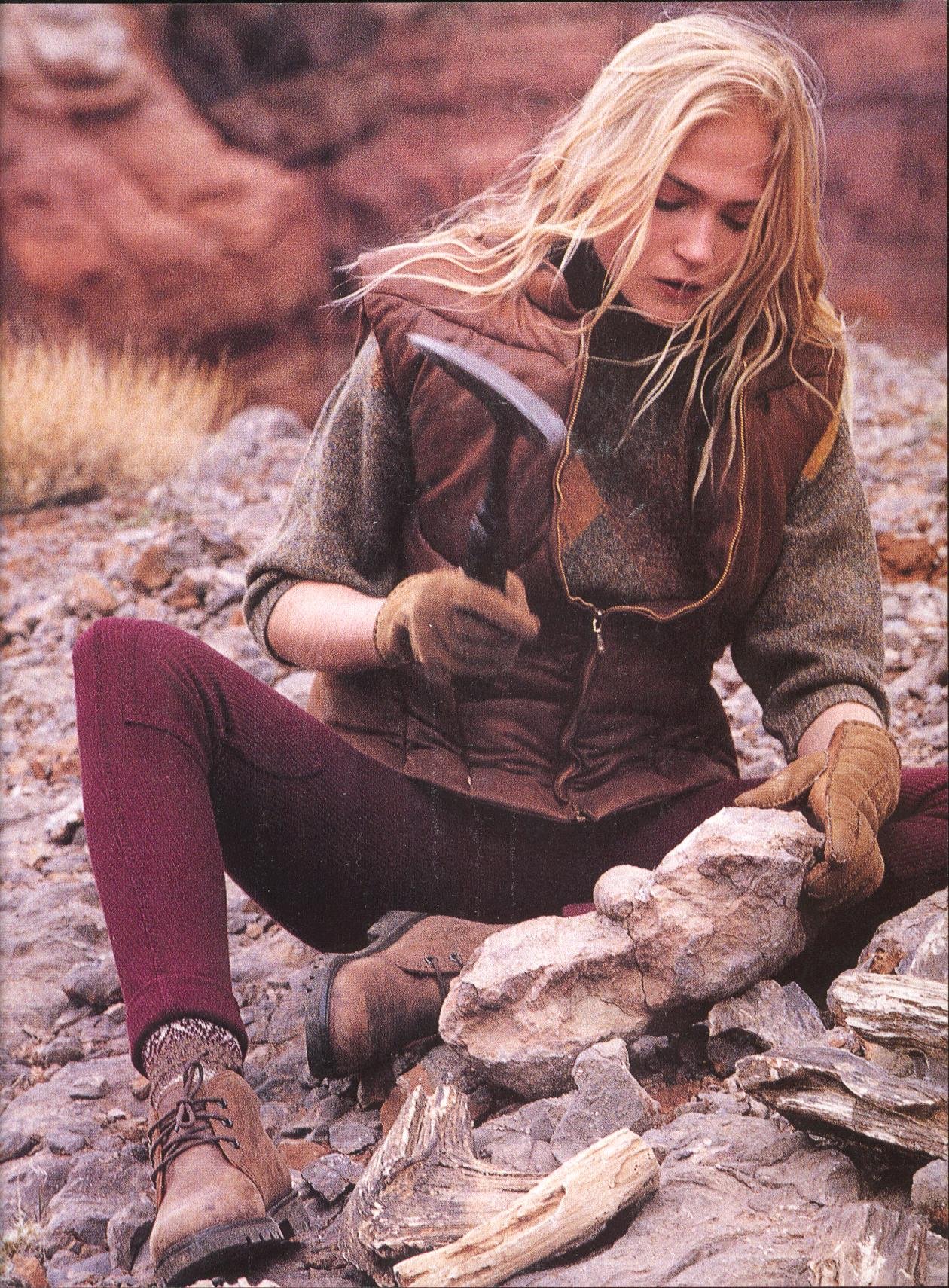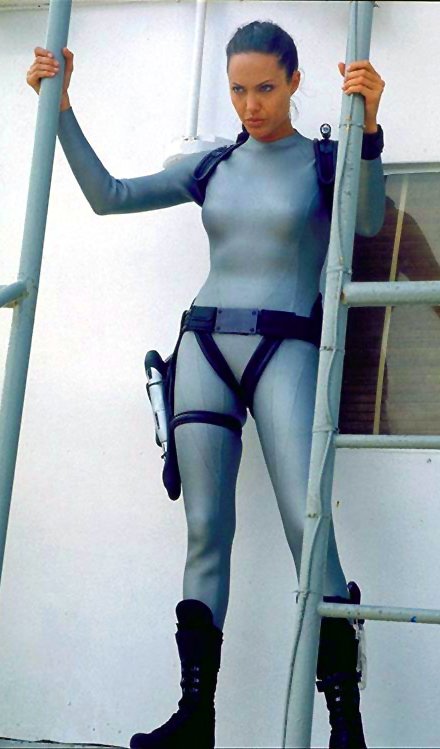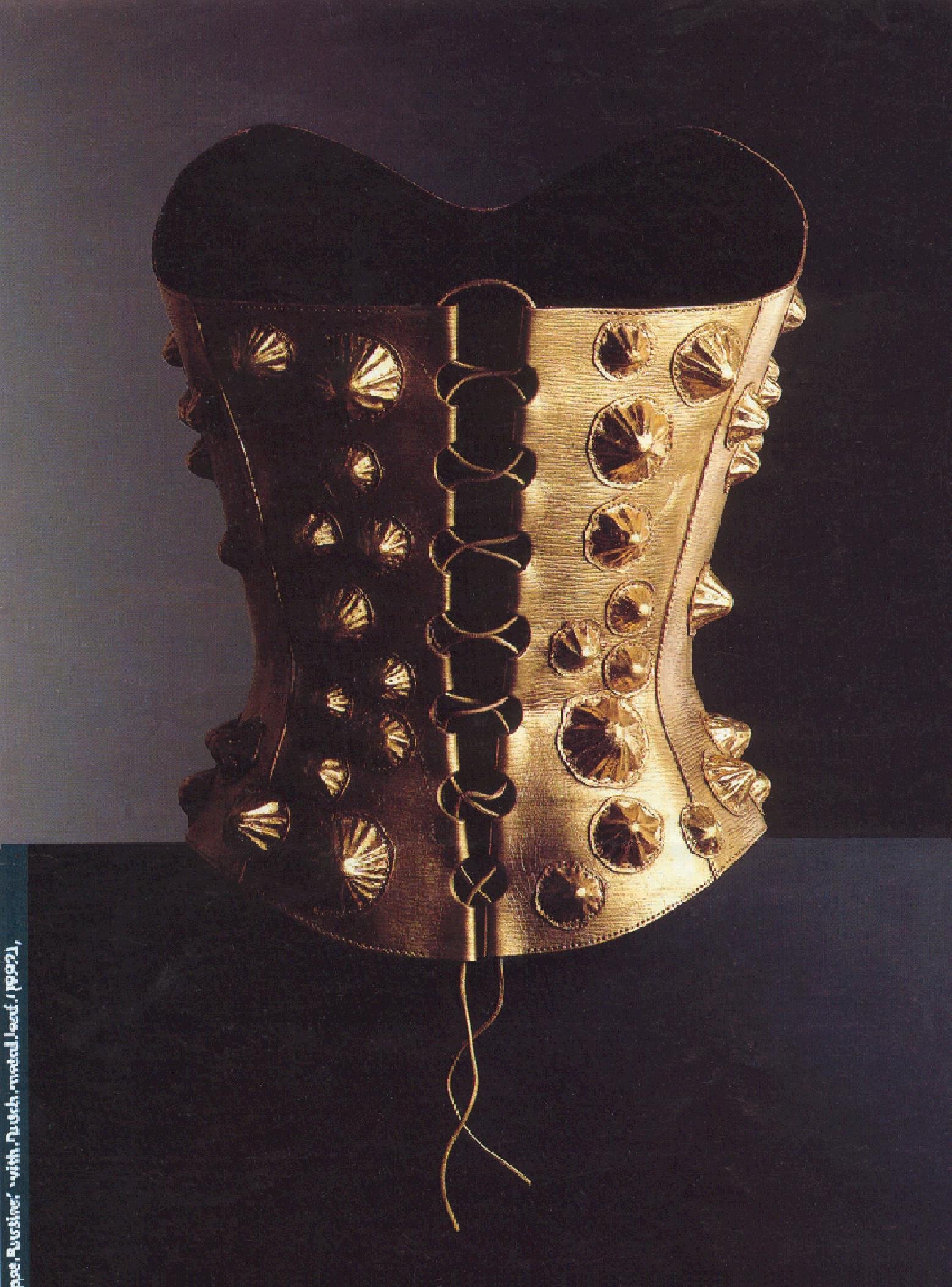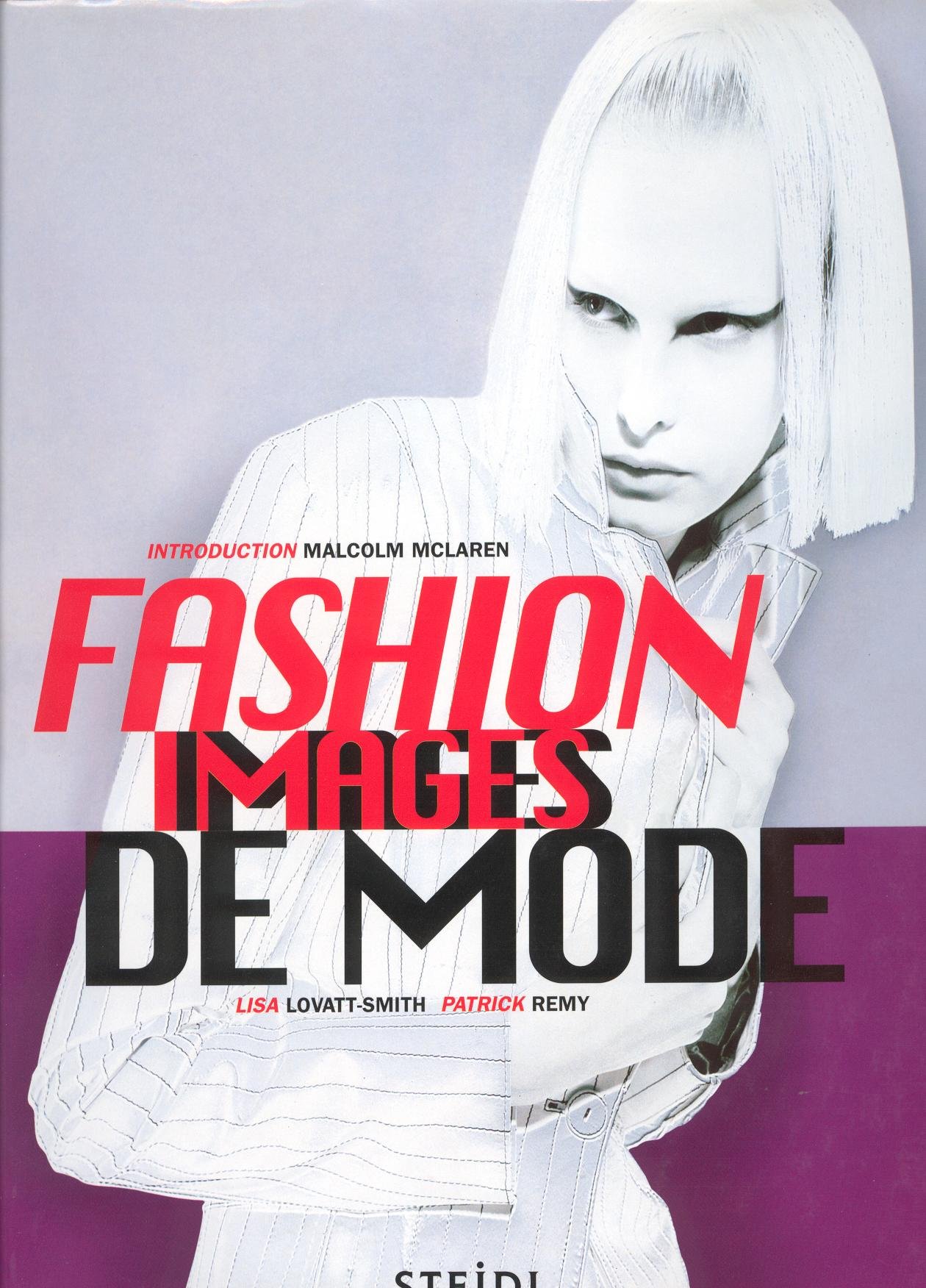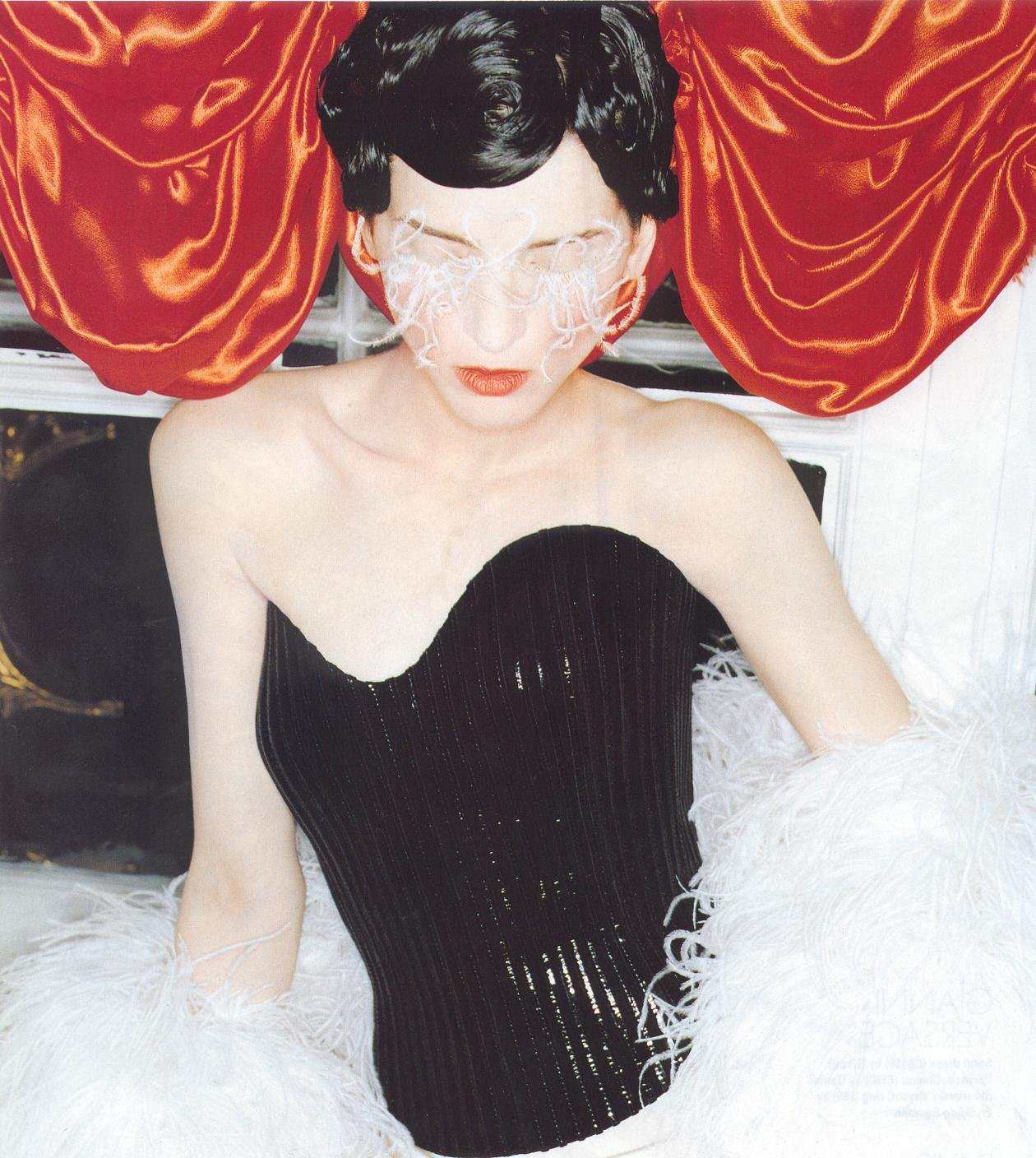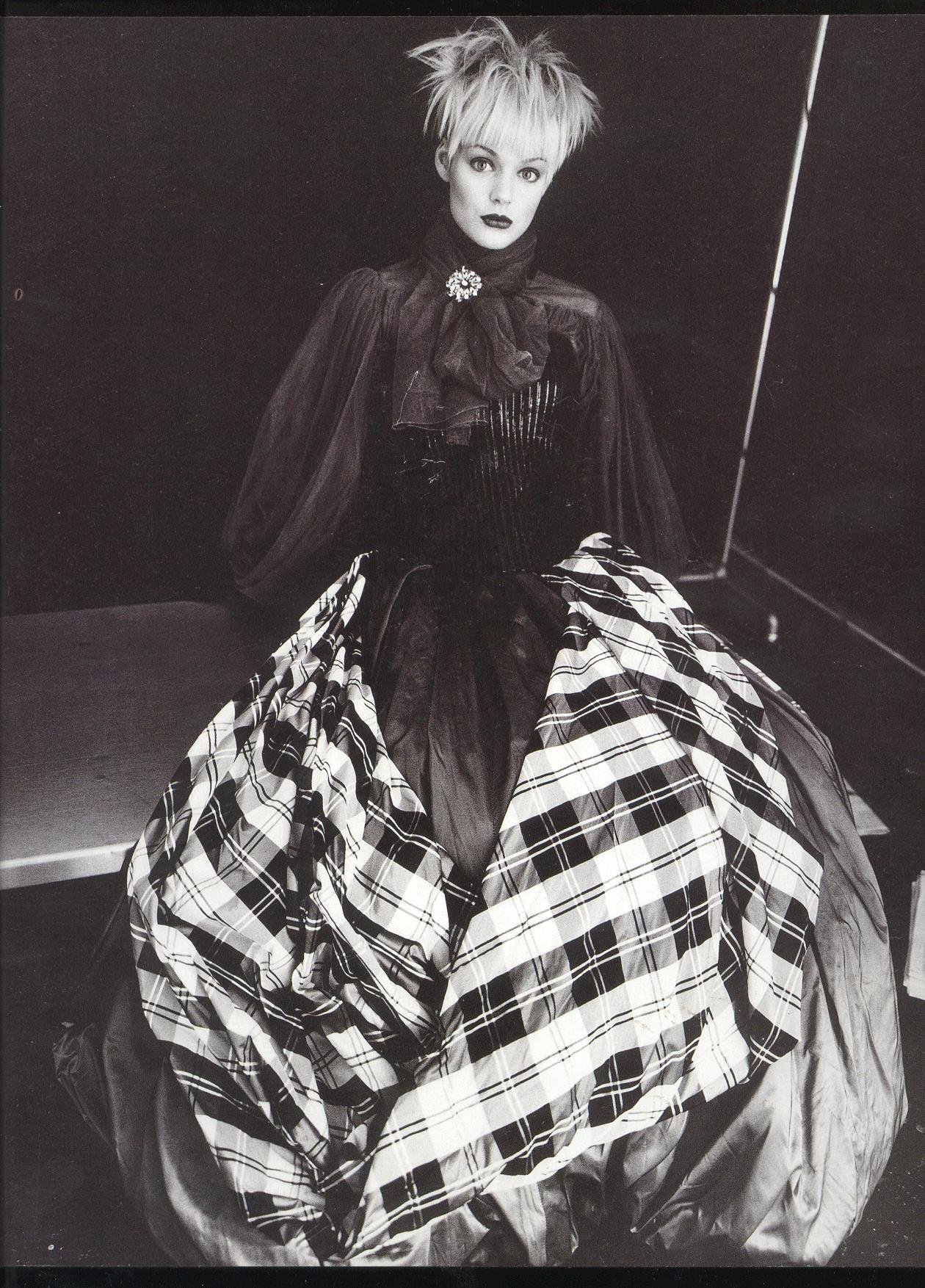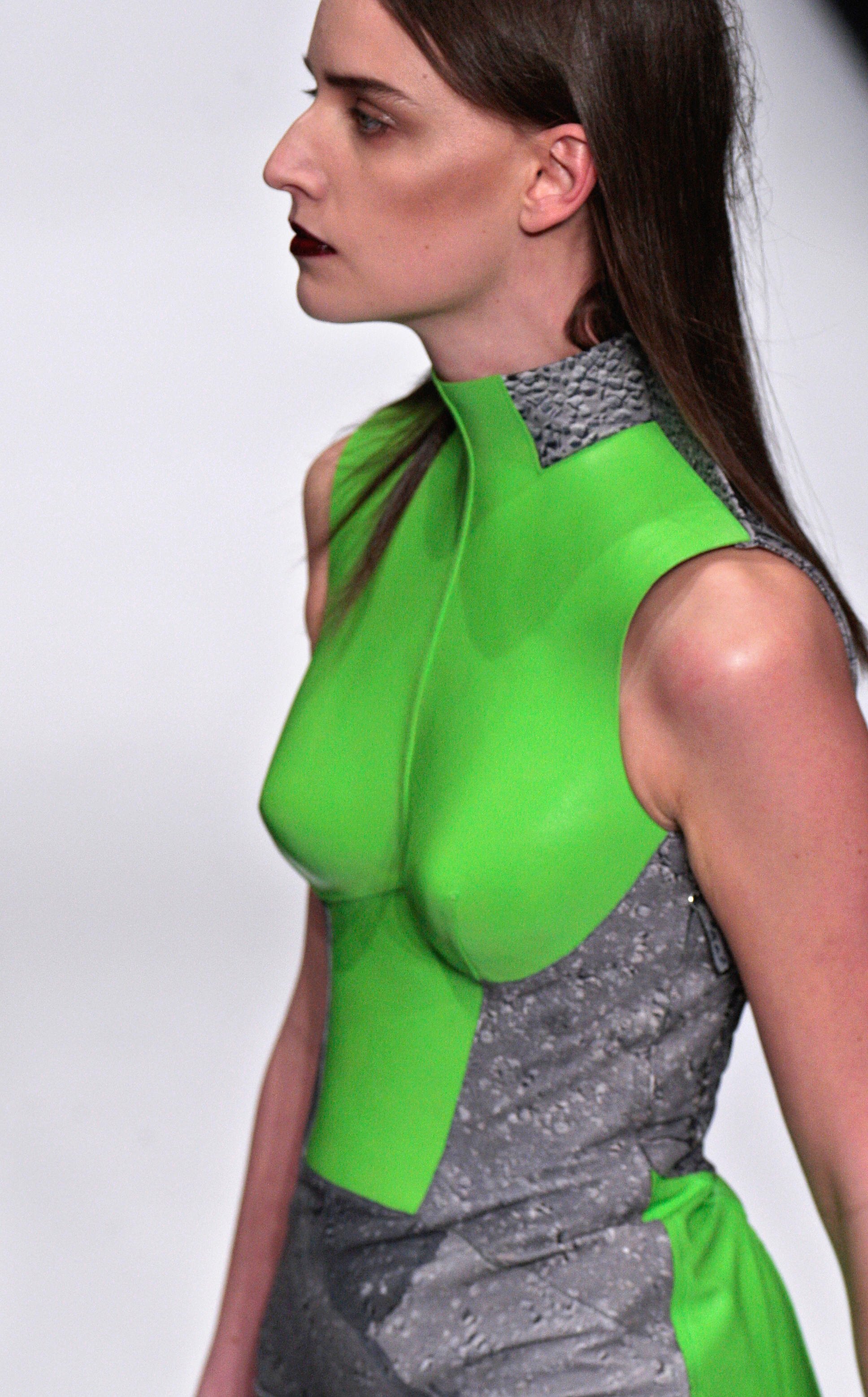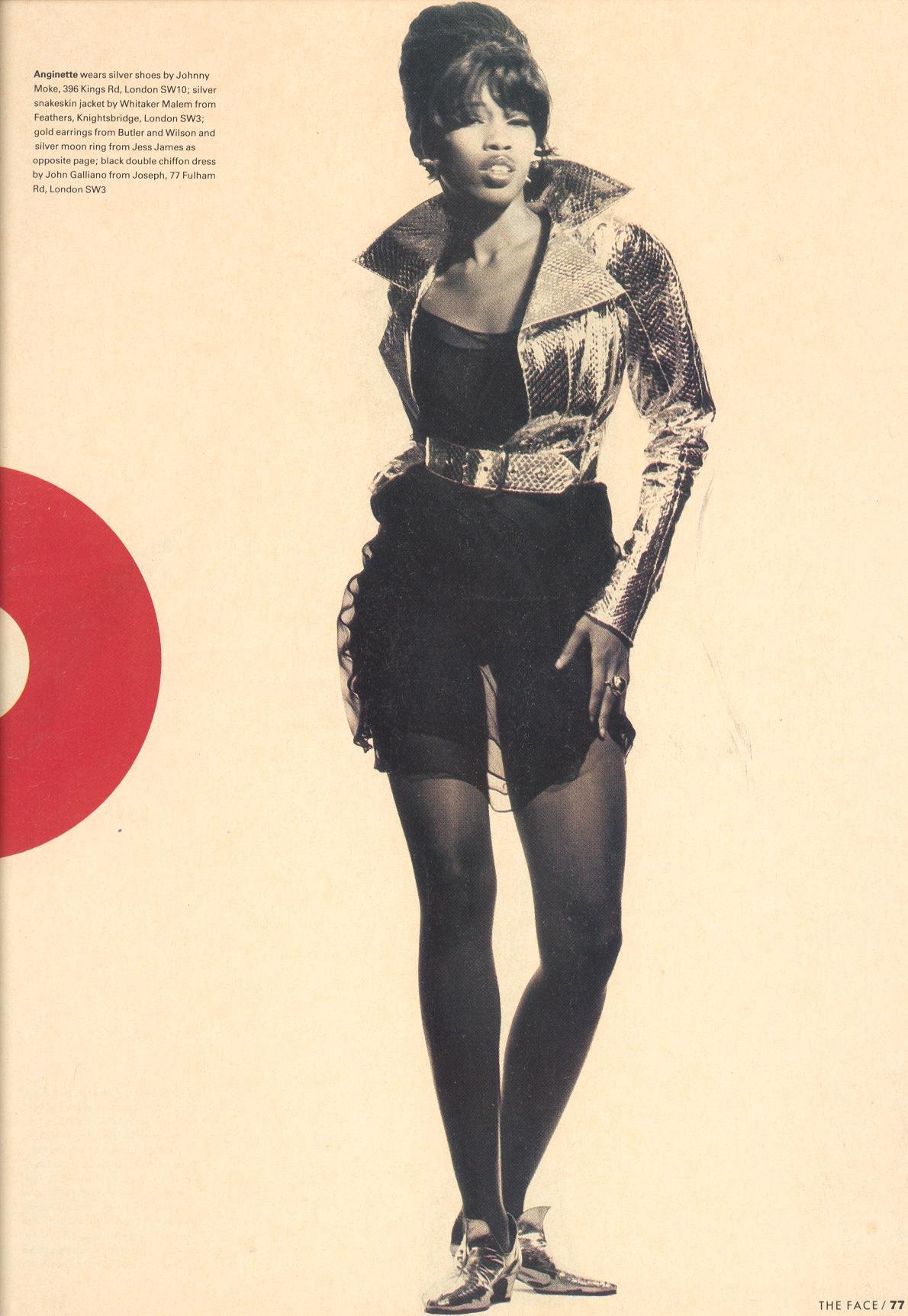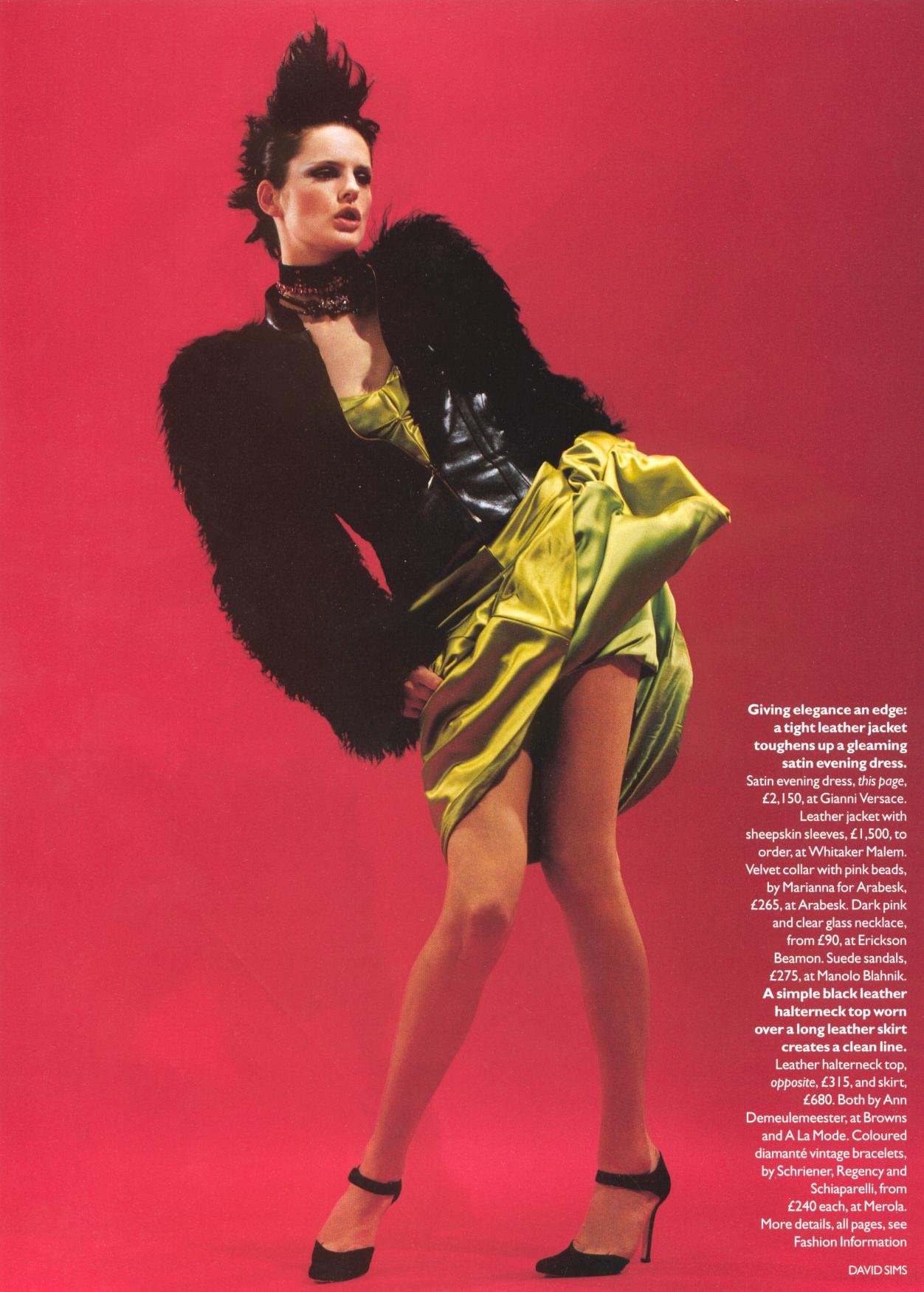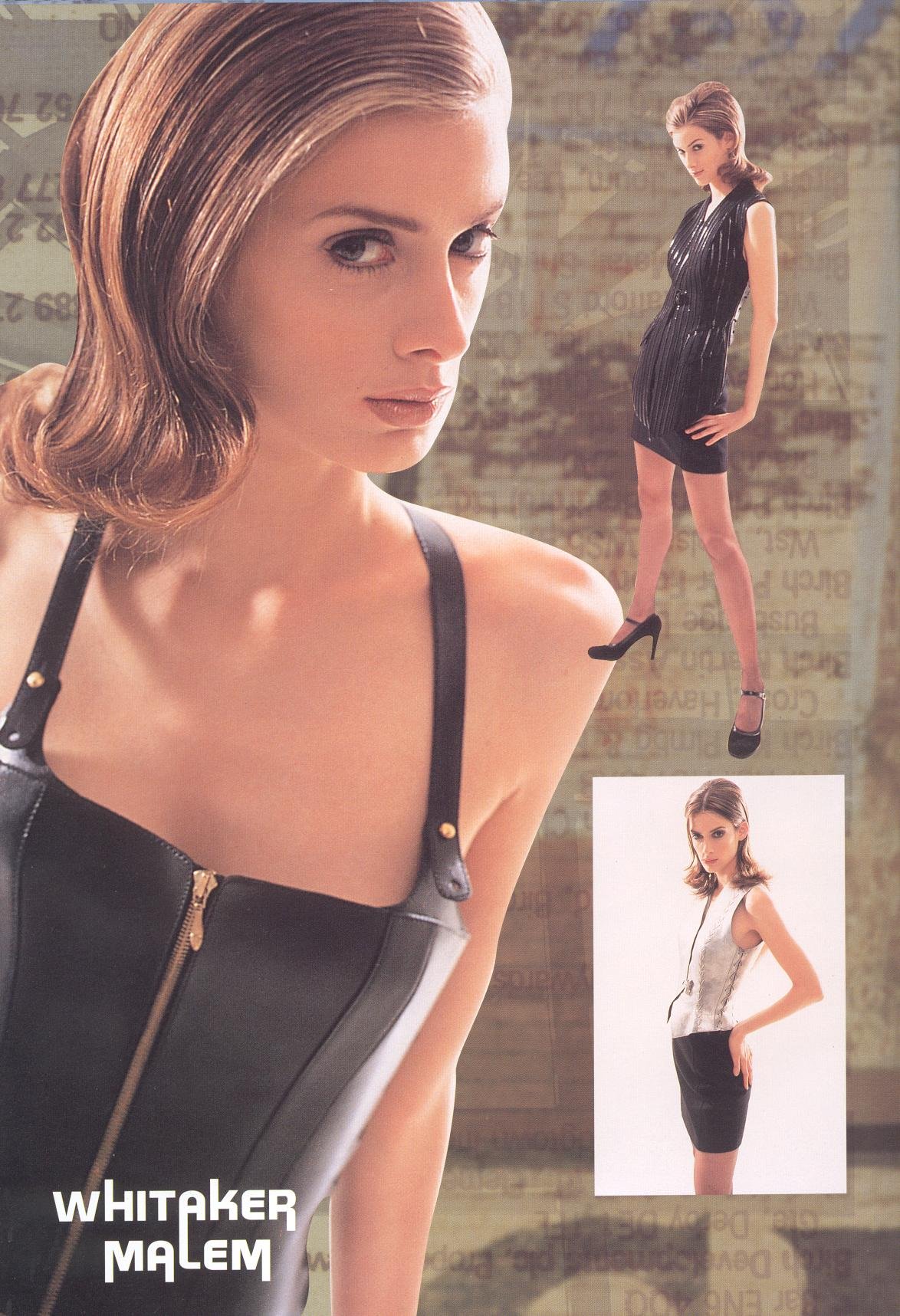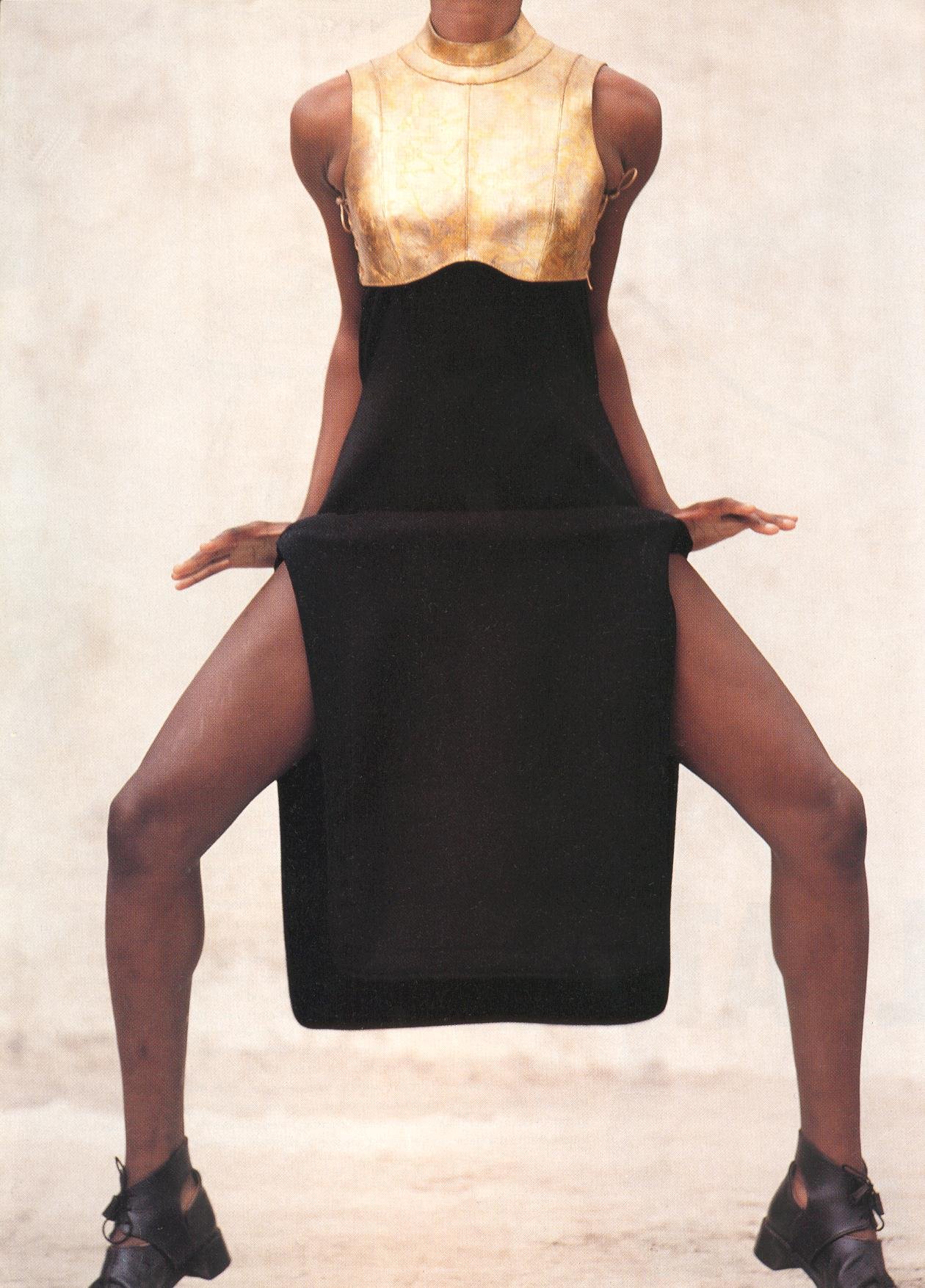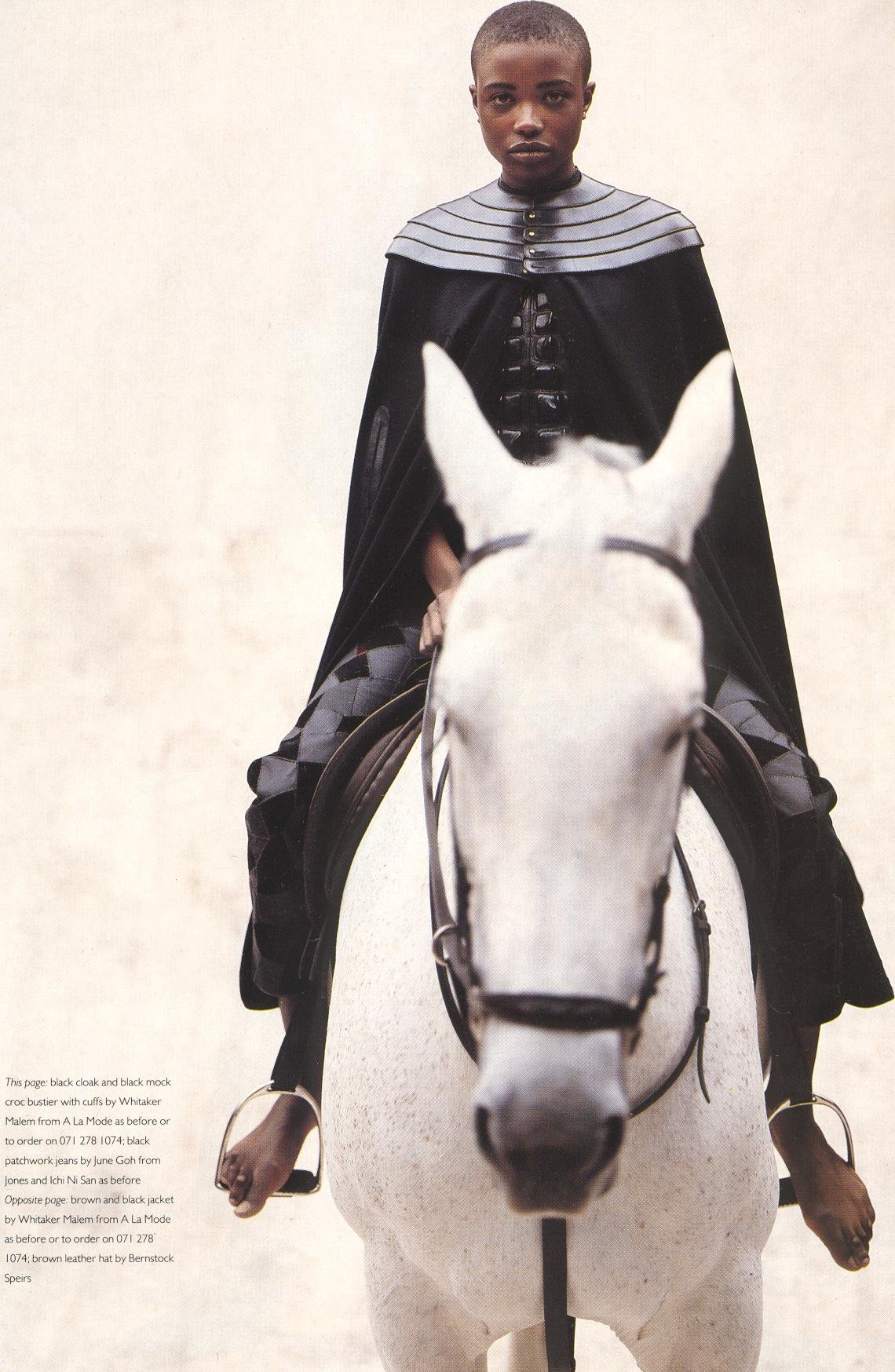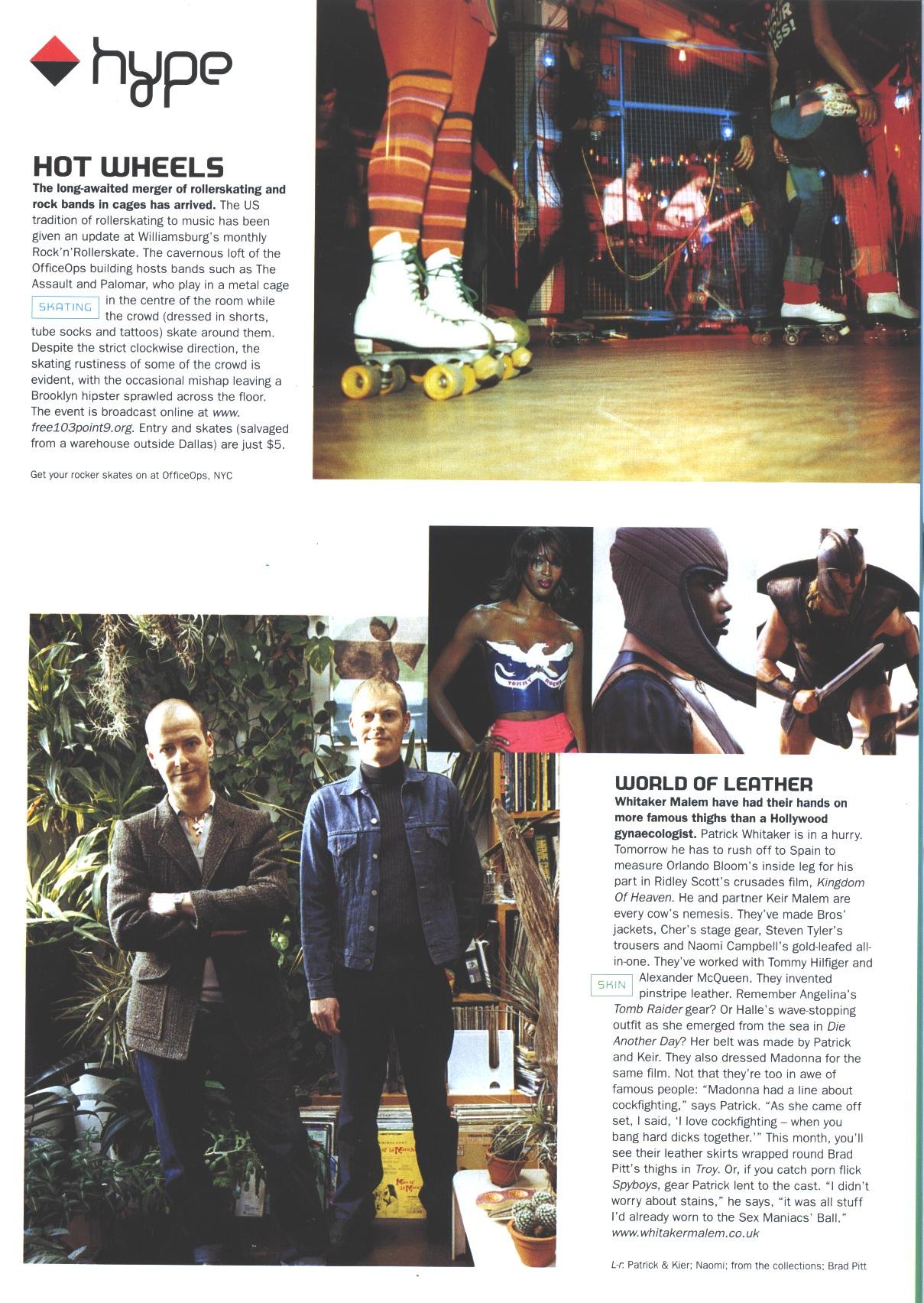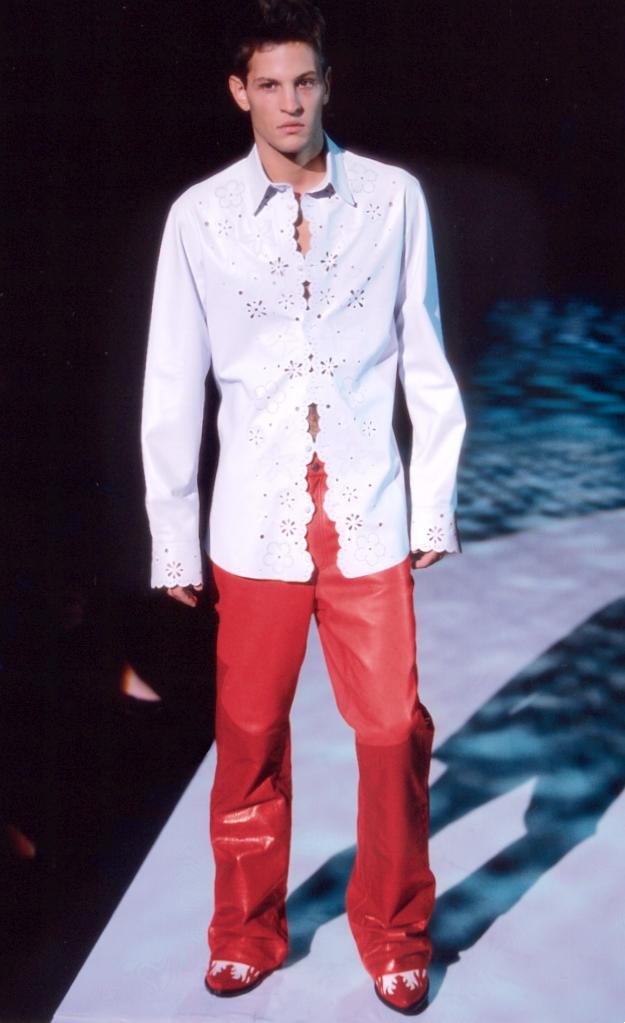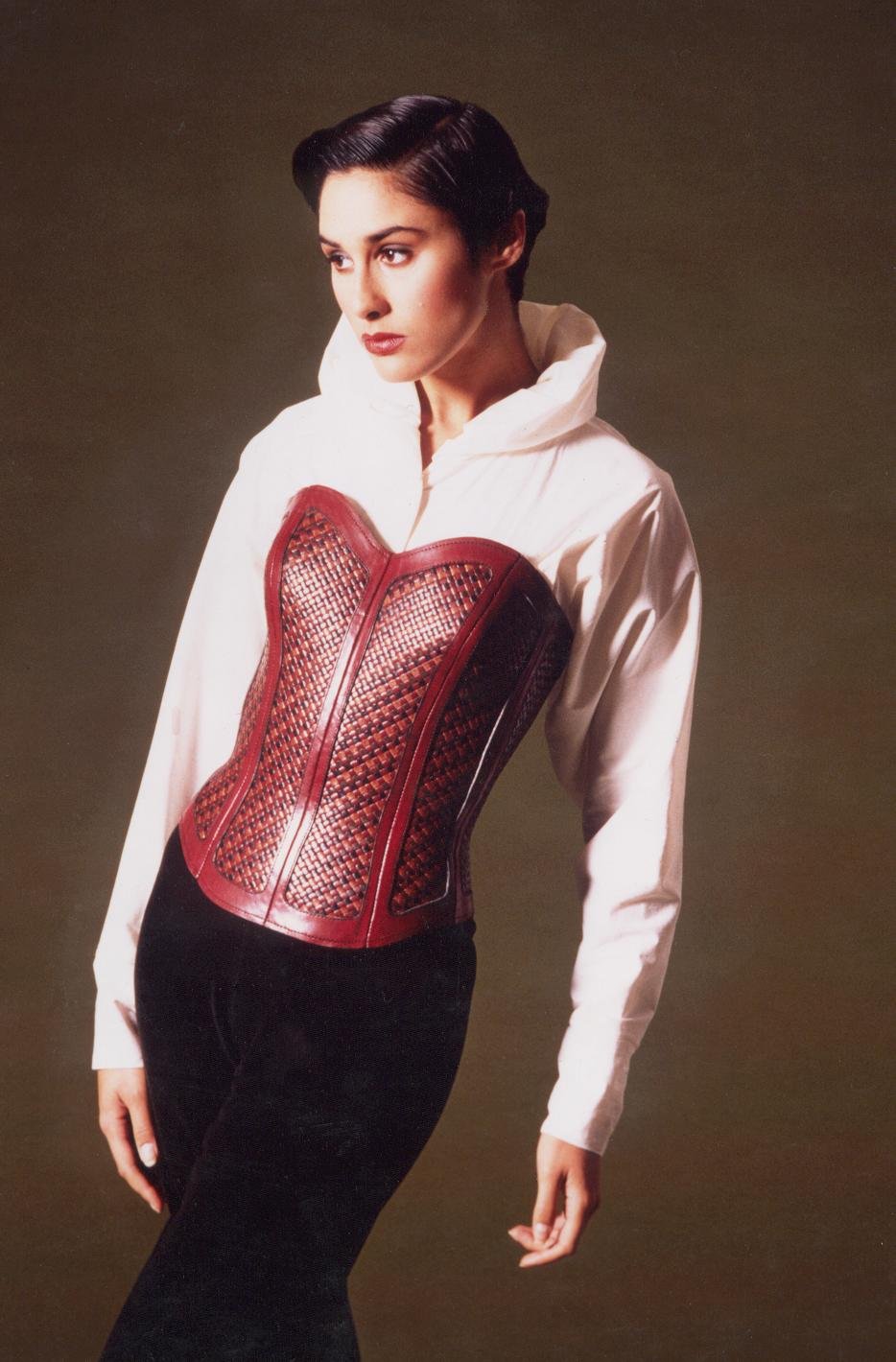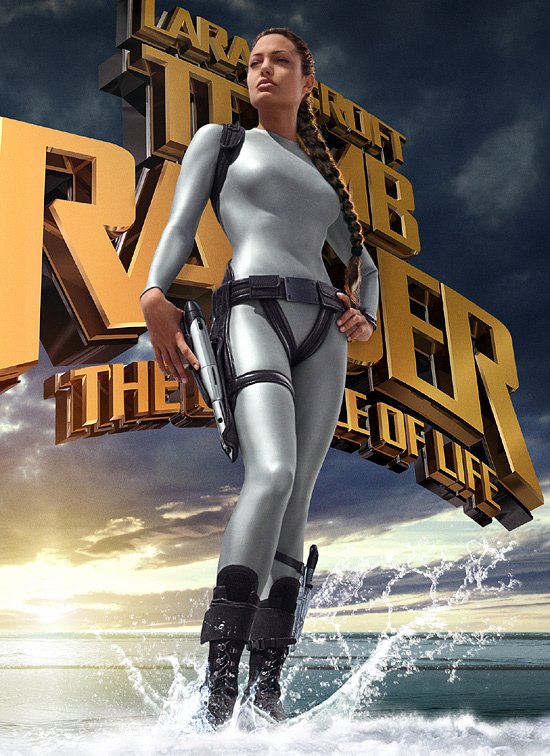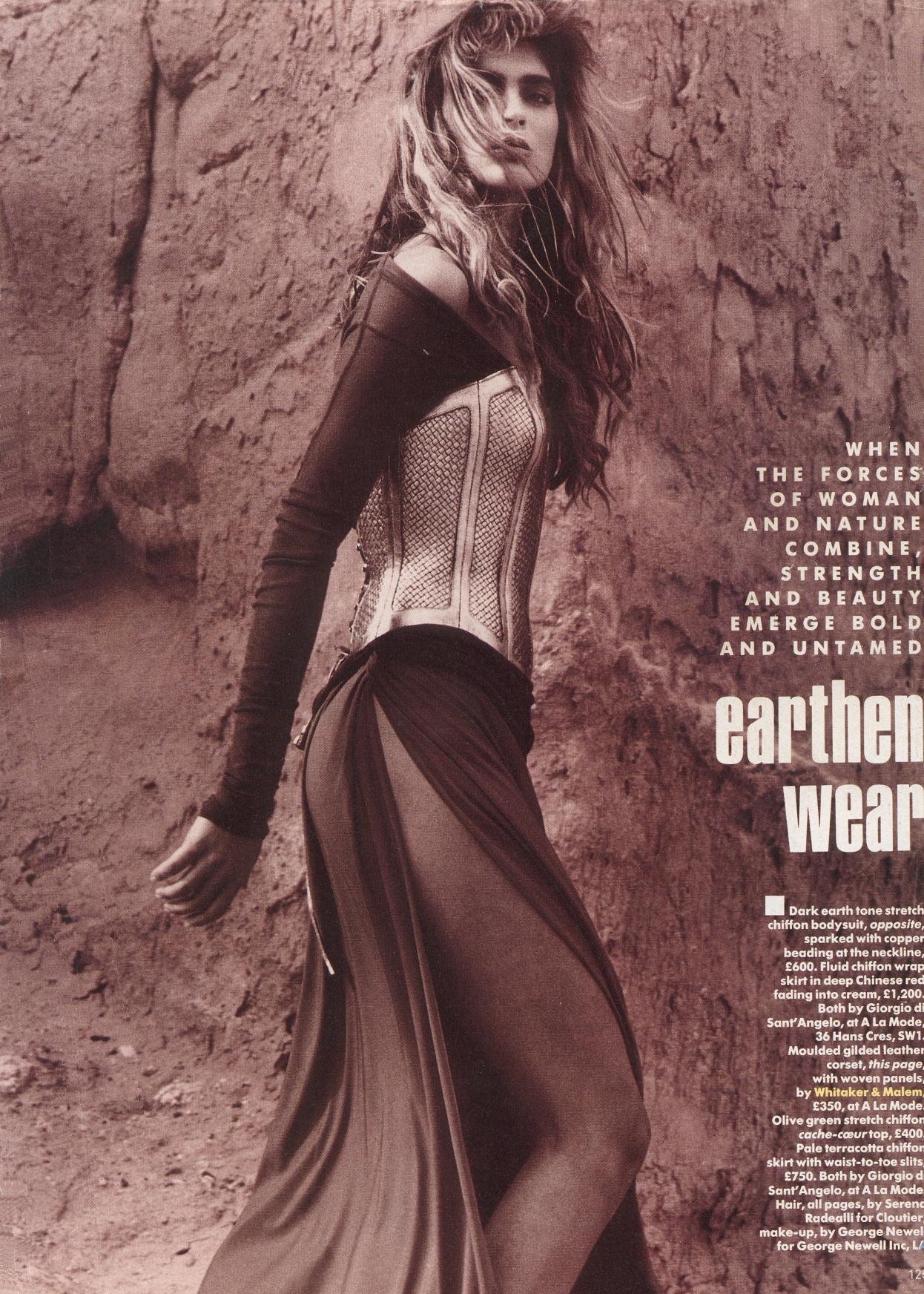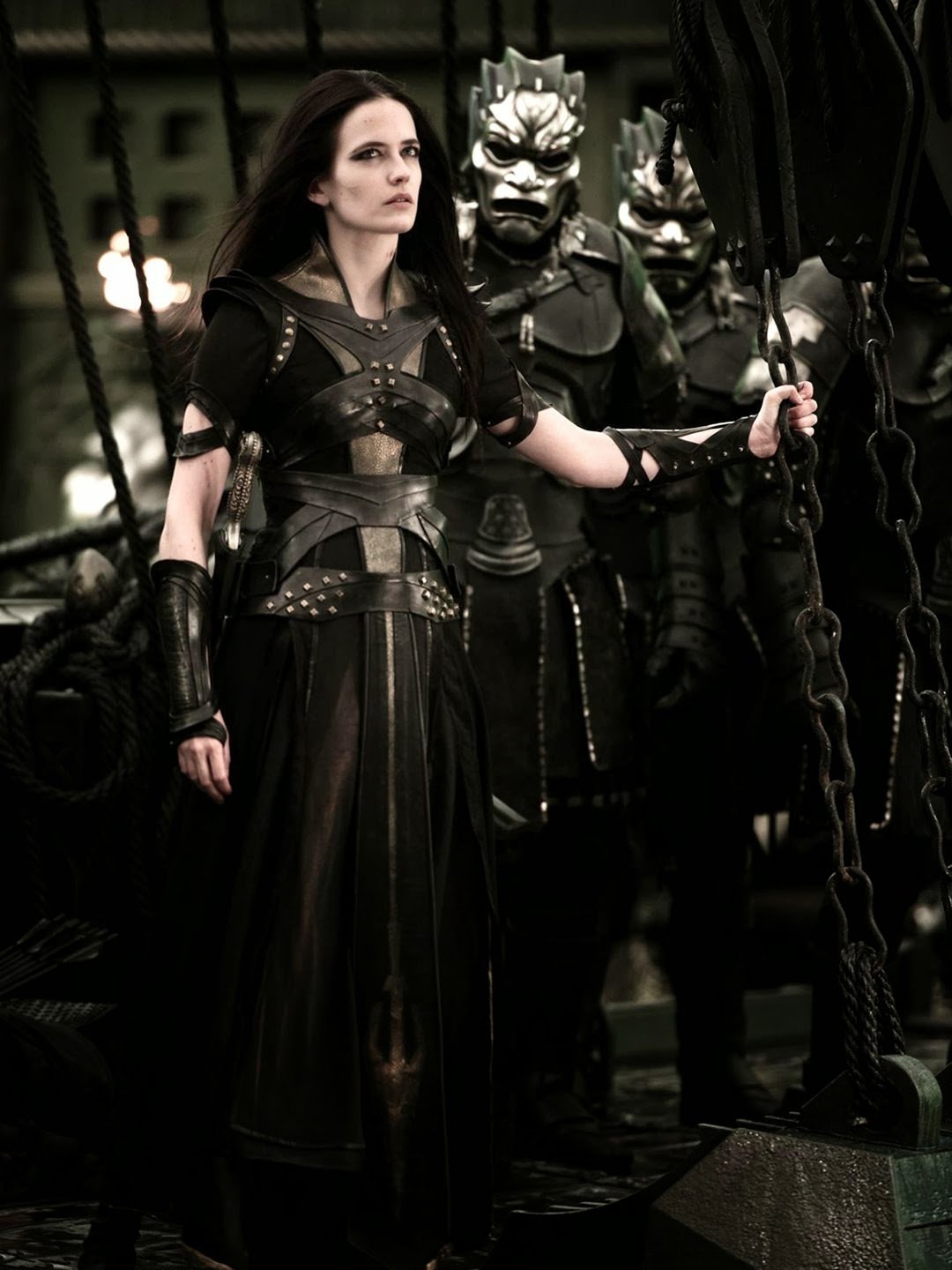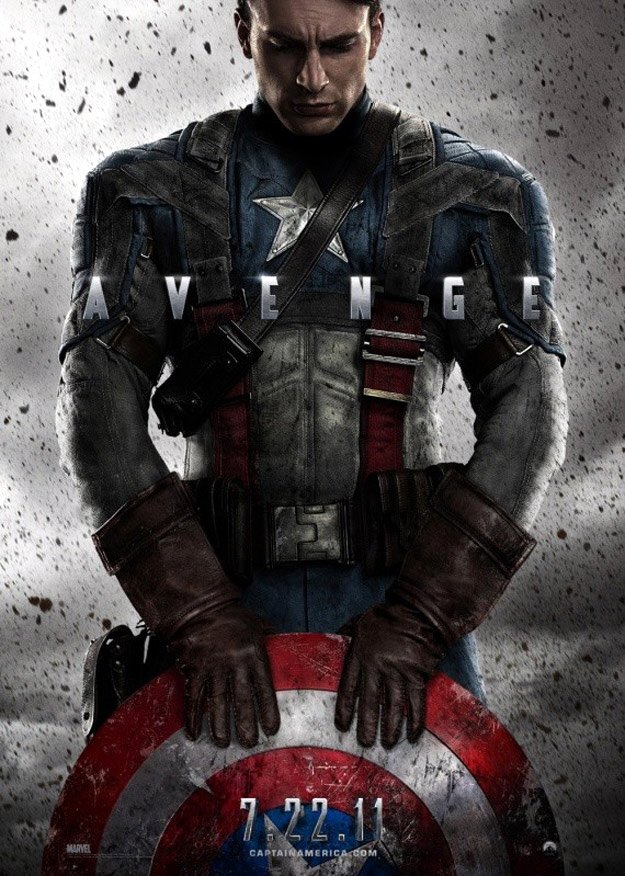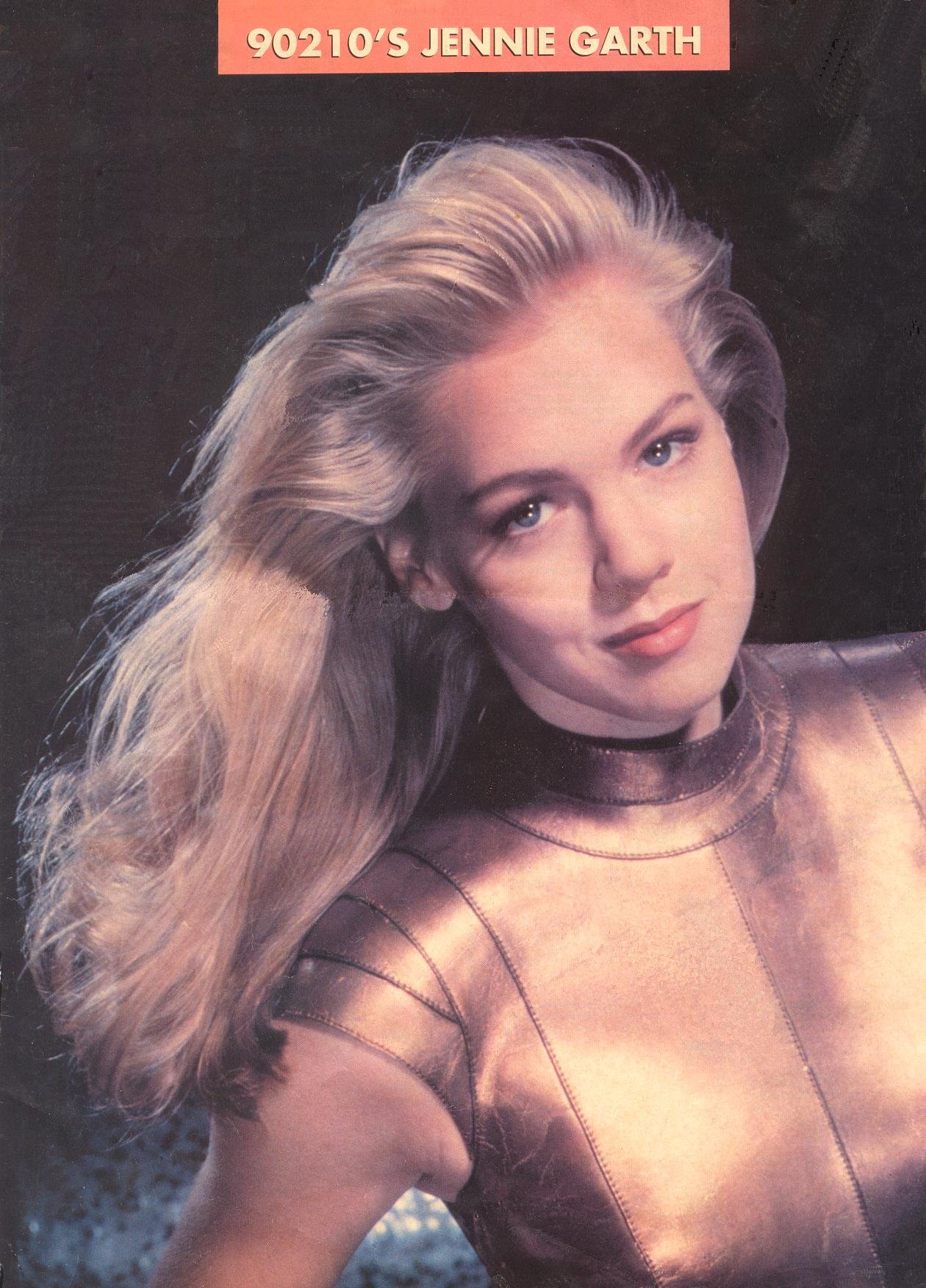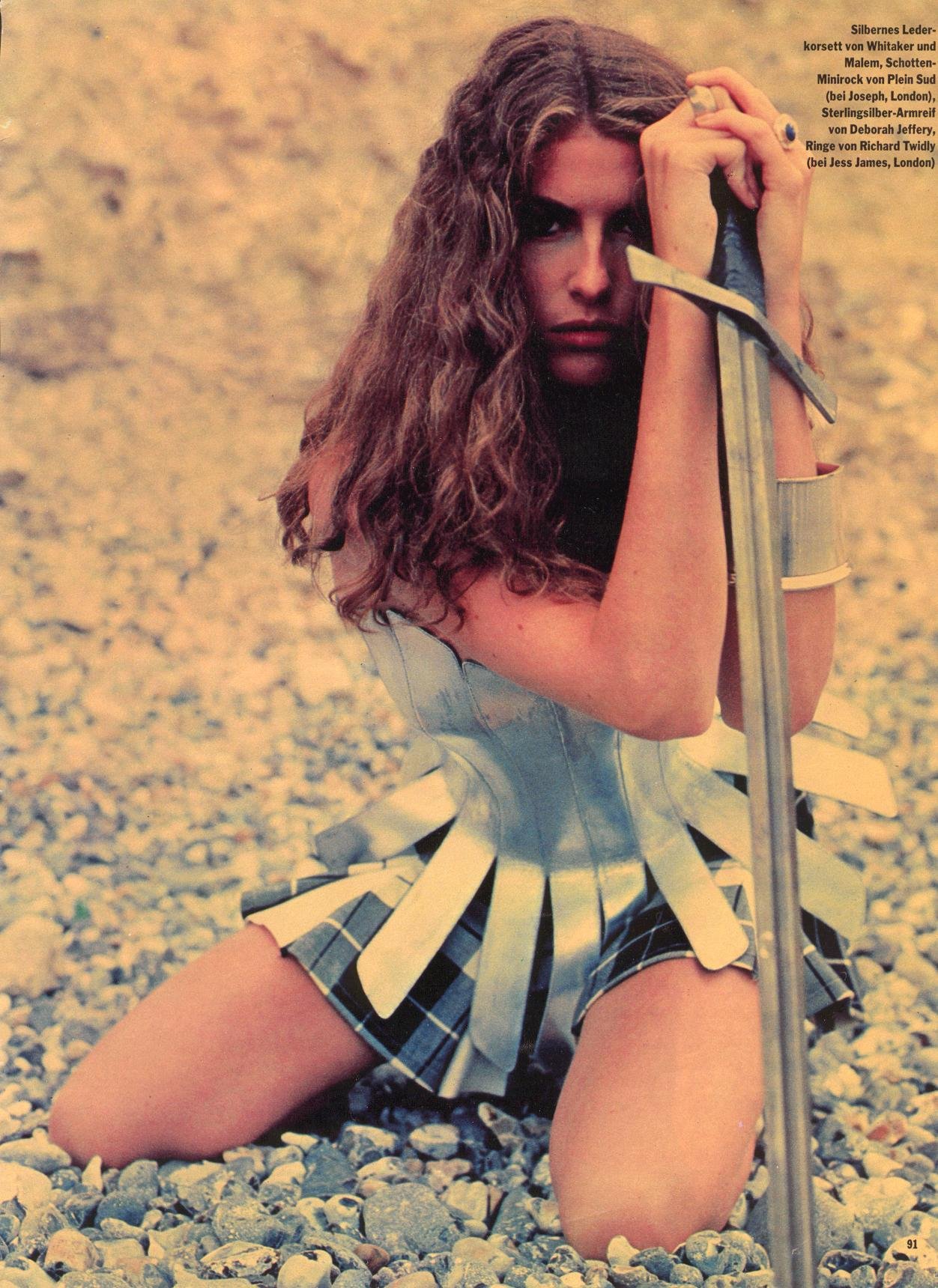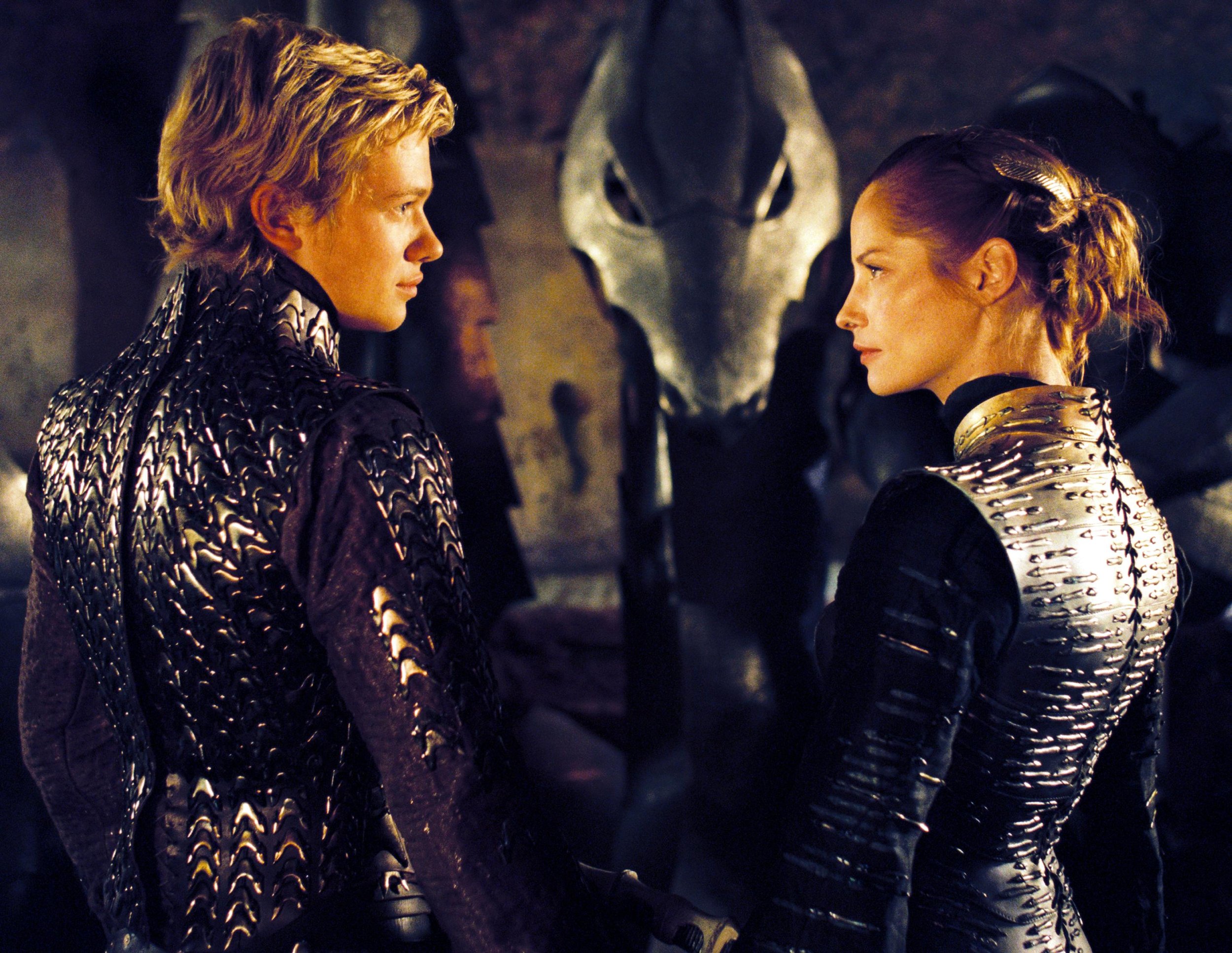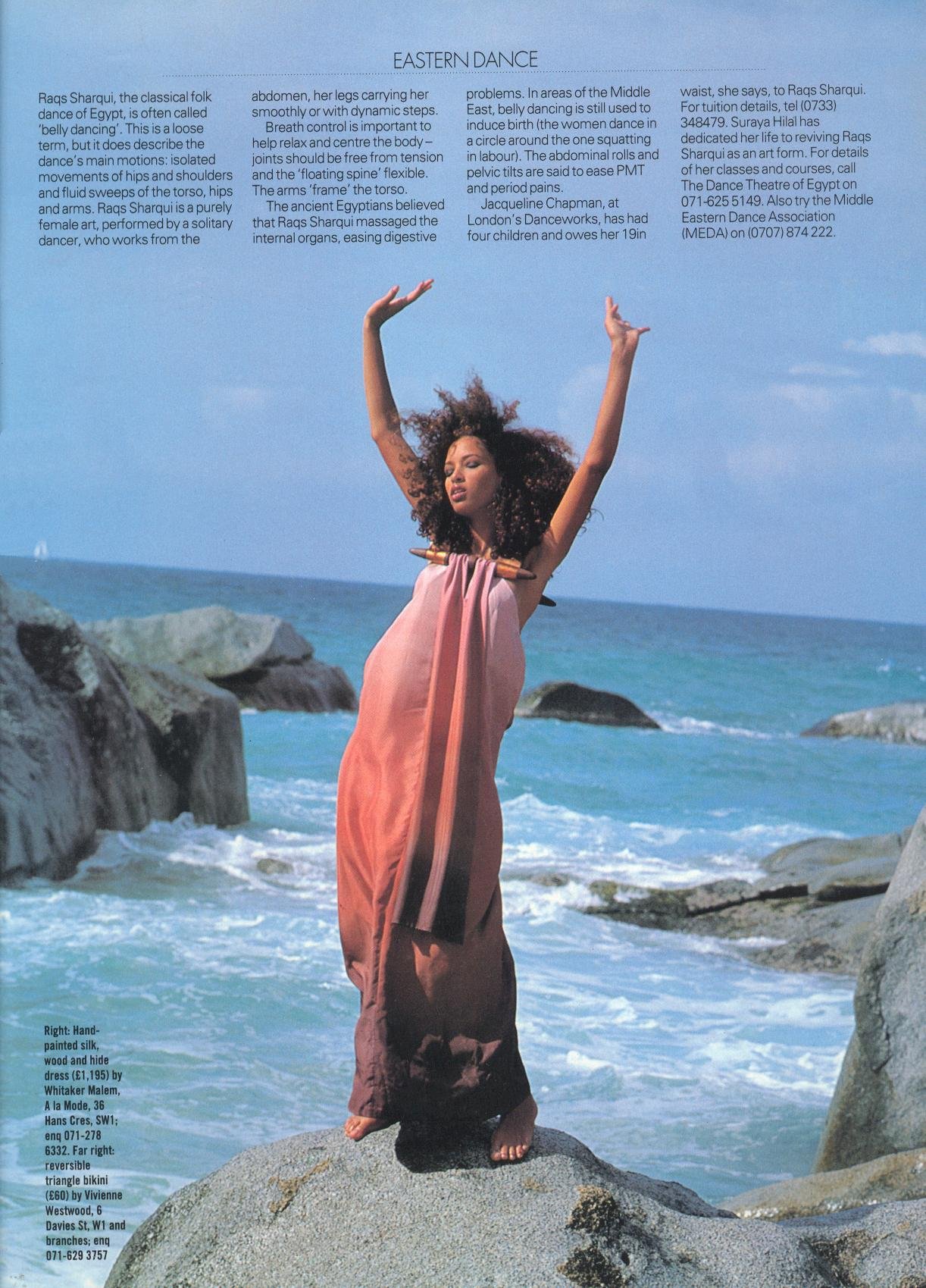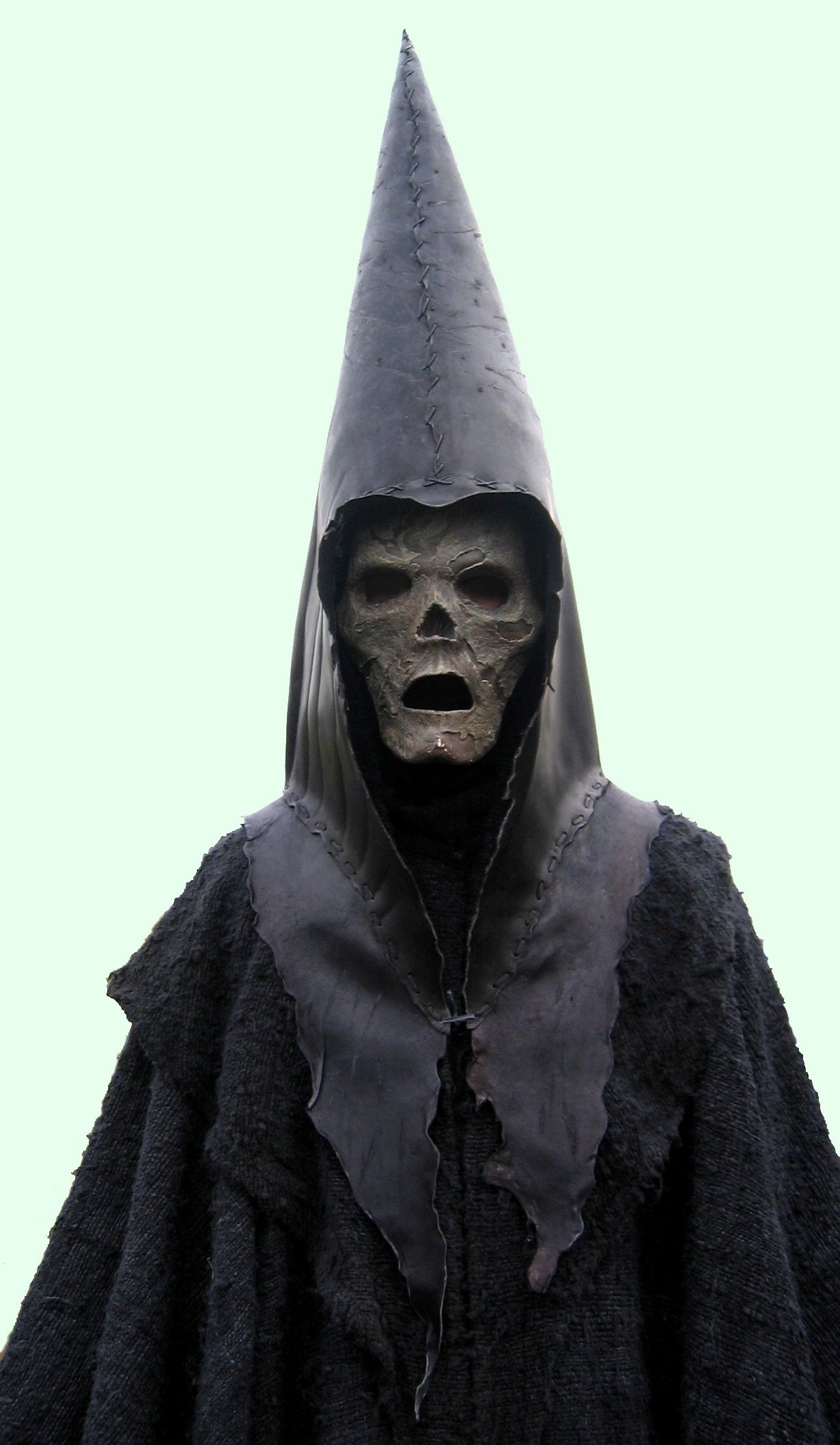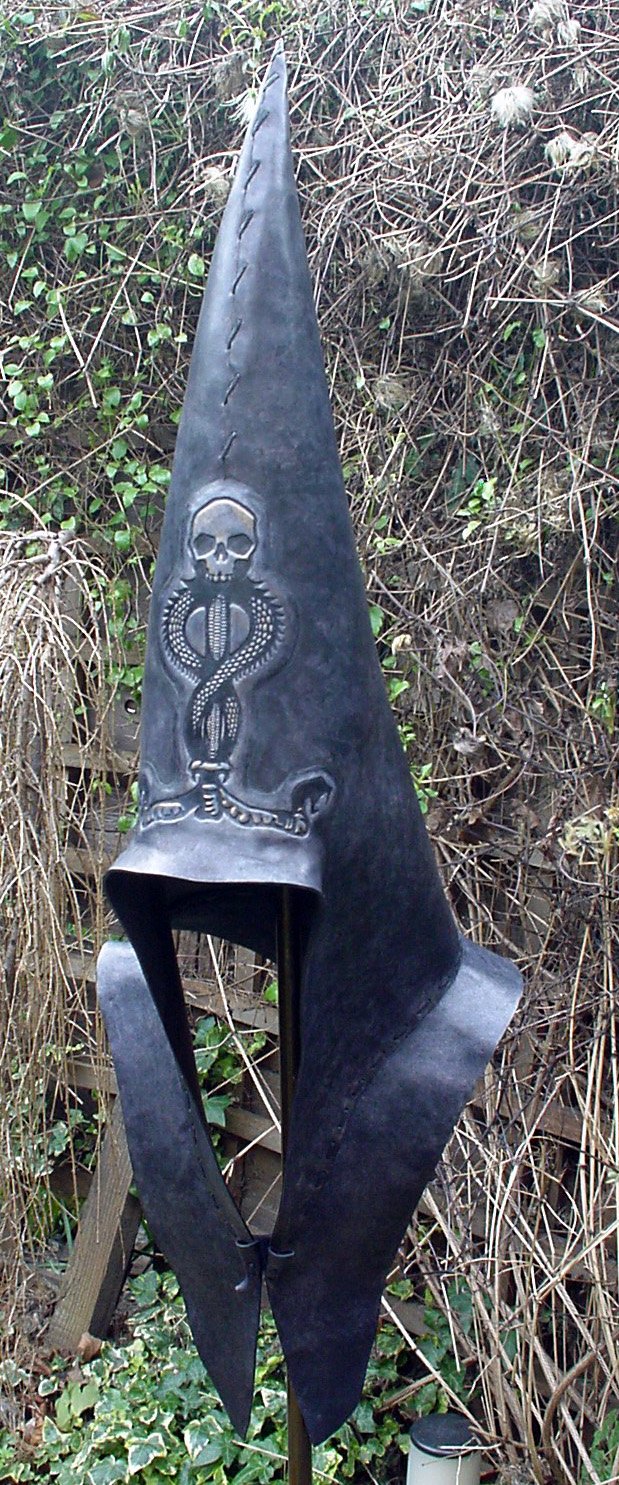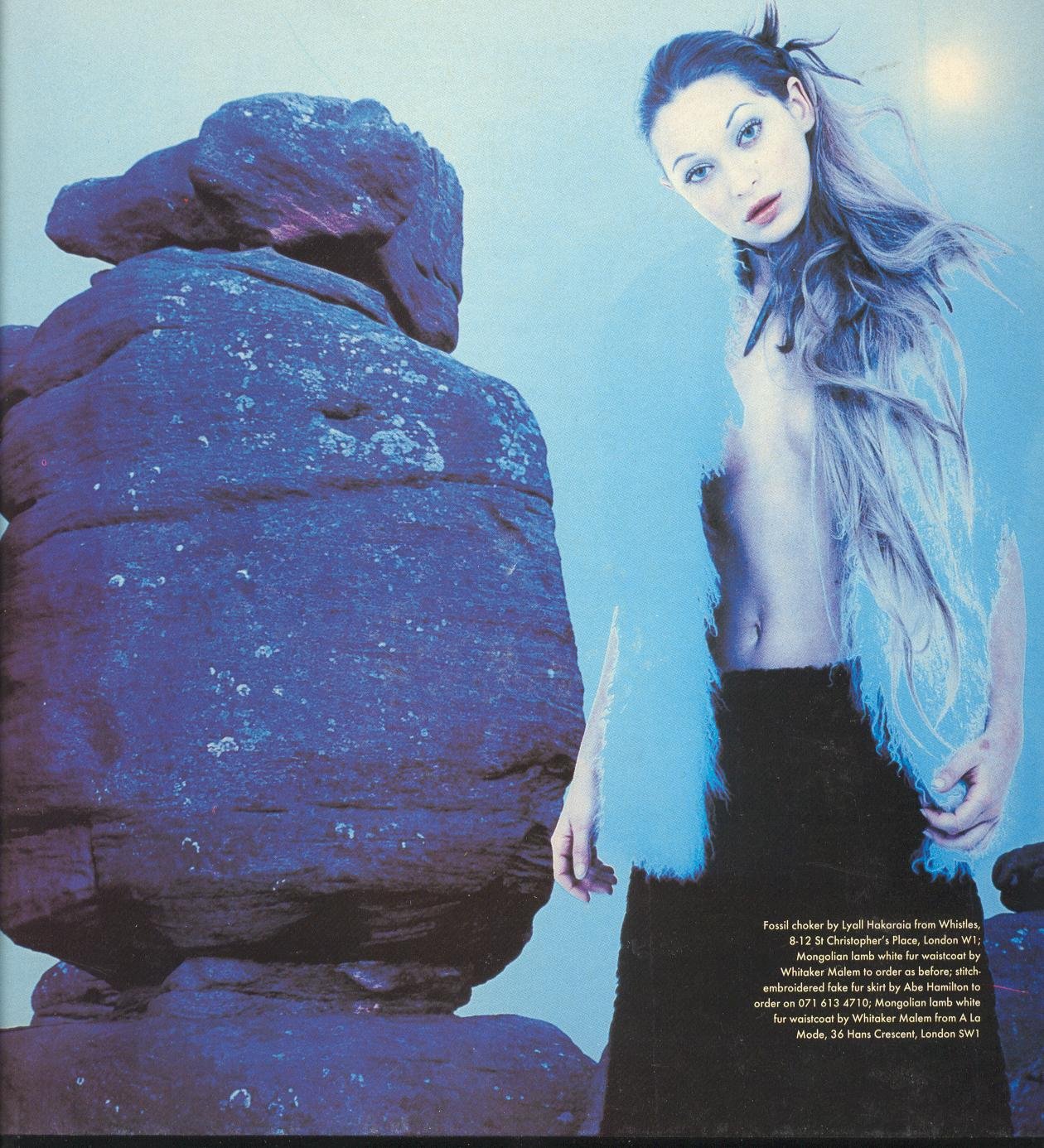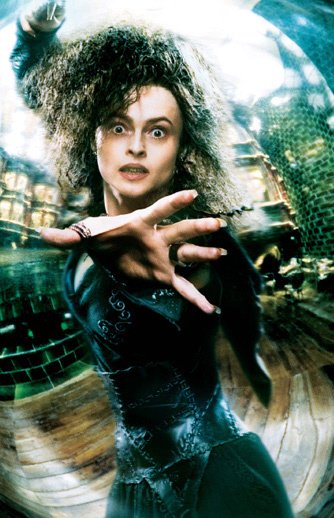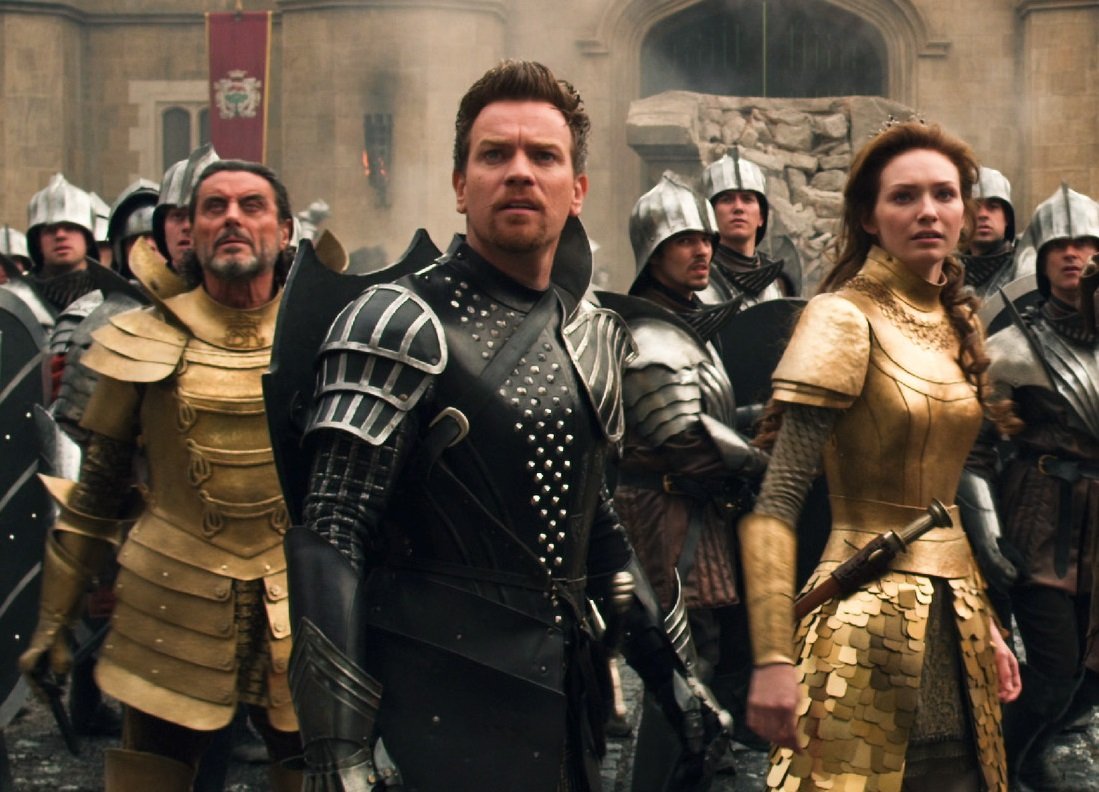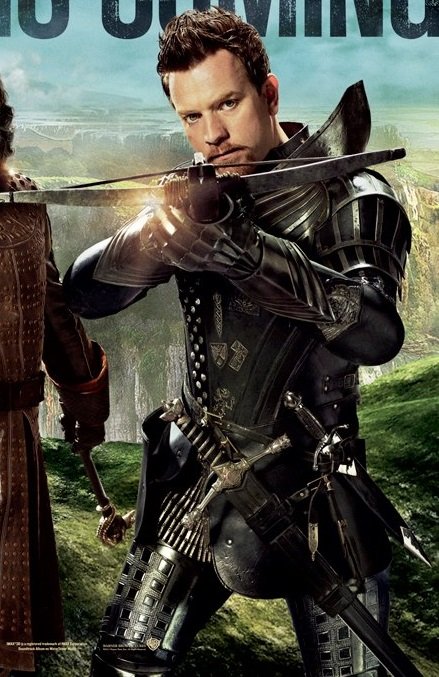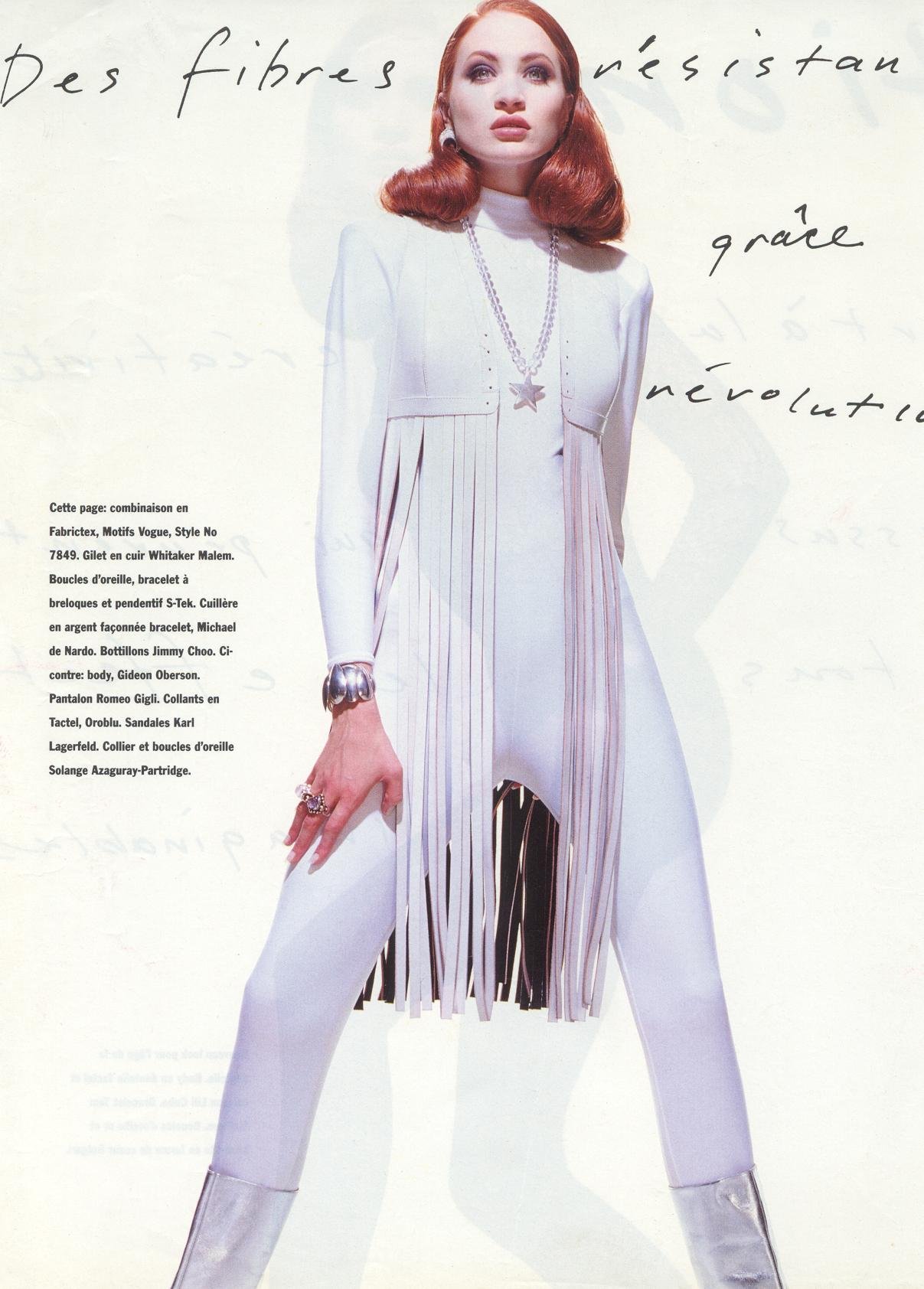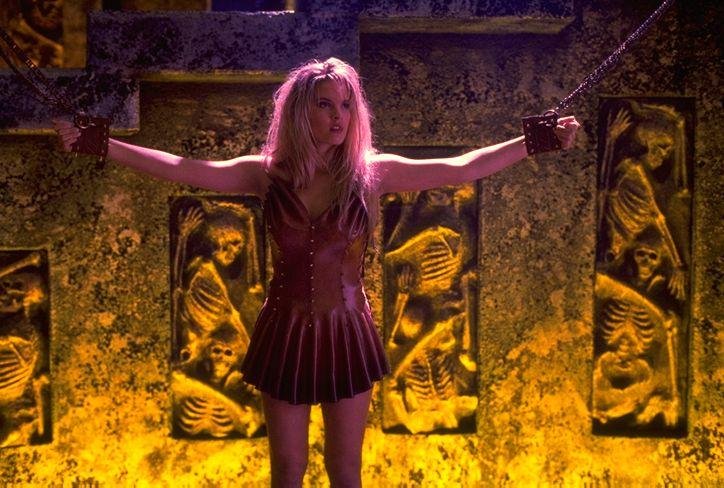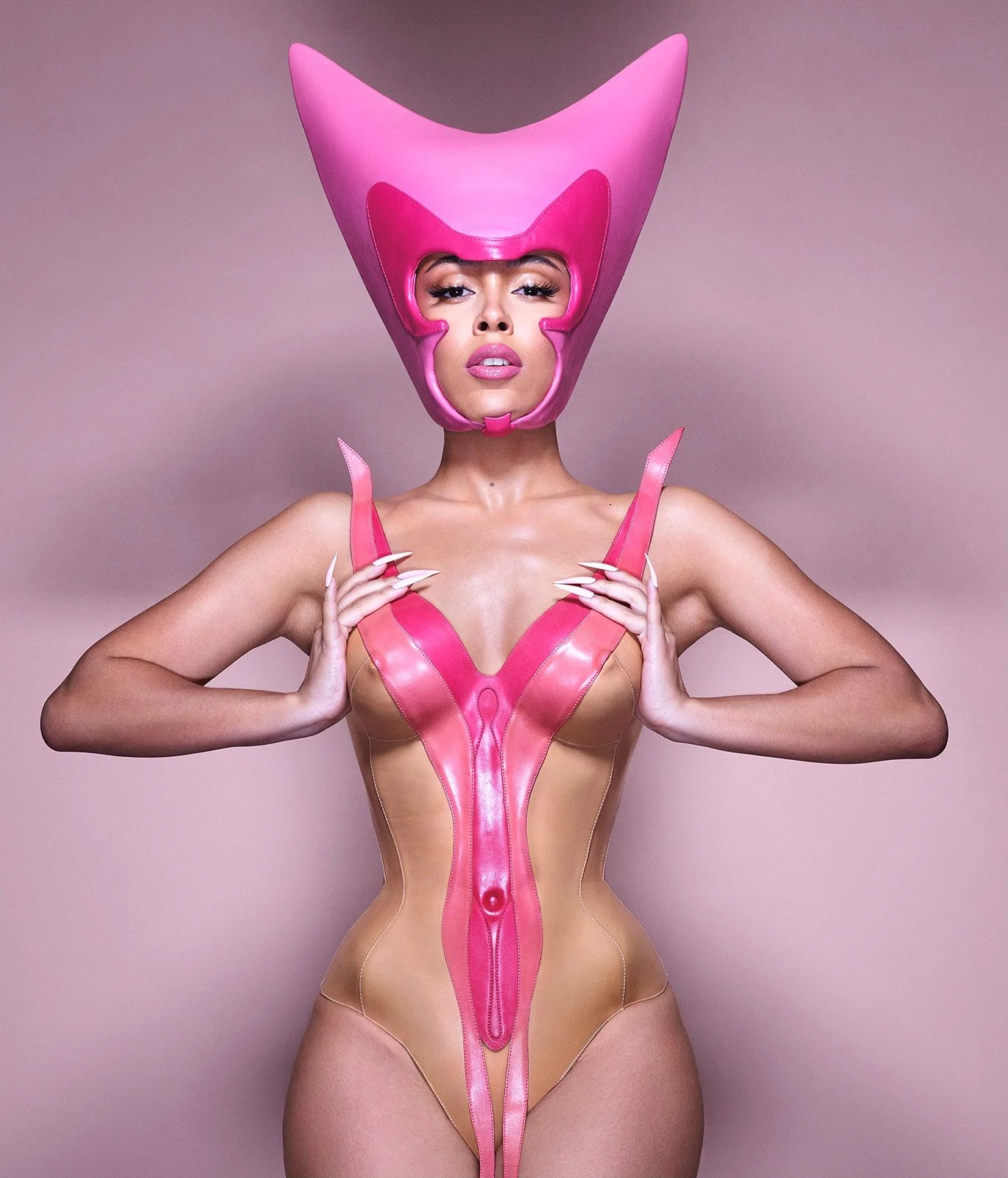Episode 40: Whitaker Malem
Last year I started a Substack newsletter, also called Sighs and Whispers, which covers many of the same themes as this podcast. You should sign up! I send out one free newsletter a week and one paid—all financial support of the newsletter allows me the time to write the newsletter, make this podcast, and do my Instagram, so please do consider becoming a paid subscriber.
Patrick Whitaker and Keir Malem. Photographed by Frederic Aranda.
A few days after I interviewed Allen Jones during my trip to the UK in February (listen to that episode), I met with some of his closest collaborators. Whitaker Malem are custom leather workers—artisans in the truest sense of the word. I visited Patrick Whitaker and Keir Malem at their much-written-about Dalston home (a shed-to-house/workshop/gallery conversion that is truly a delight), and we chatted all about their over 35 years living, loving, and working together in fashion, art, music, and film.
It's more than likely that you are well acquainted with their work, even if the name Whitaker Malem rings no bells. If you’ve ever watched Die Another Day, The Dark Knight, Hobbs and Shaw, Captain America, Wonder Woman, Troy, or Aquaman, then you’ve seen Whitaker Malem’s expert leatherwork. An integral part of superhero or warrior worldbuilding, their work is much in demand and has set a standard for costume armor—very close to the body, perfectly molded to the human form. Whitaker Malem have worked on the costumes for twenty-six movies, though movie costuming until later in their career. These “pop artisans” are “celebrated for their distinctive cutting, assemblage and wet molding of raw hides” (a technique they developed in the late 1980s) with “custom orders costing an average of 8,000 pounds ($9,270), but specialty film and video creations often commanding much more”—a memorable example is the “Labia” bustier that Doja Cat borrowed for the artwork of her 2021 Planet Her album.
Naomi as Diana. Photography by Pierre et Gilles and dress by Whitaker Malem for Alexander McQueen for Givenchy Haute Couture.
Both Keir and Patrick moved to London in the early 80s to escape their provincial towns and find themselves as young, gay, creative men. Patrick studied fashion at Central St. Martins while Keir was on a hairdressing course at London College of Fashion. They met at a house party and instantly became a couple, Keir tagging along to one of Patrick’s shoe-making classes at Cordwainer’s, which set in motion their interest in working with leather. When it came time for Patrick to make his graduate collection in 1987, Keir was his assistant—the pair starting a working relationship that has never faltered. Soon their clothes were in magazines and boutiques, where they were discovered by musicians and pop stars for stage gear. Whitaker Malem showed on the runway at London Fashion week only once, instead choosing to focus on small collections sold through stand sales.
In the early 1990s, they made leather covered molded mannequins to show off their designs. These led to a collaboration with the mannequin maker Adel Rootstein, producing a collection (called “Cuir”) of leather torsos in custom colors for stores and boutiques. Around that time, they were introduced to the pop artist Allen Jones, who brought them in to make leather clothing for an edition of his highly controversial “furniture” sculptures; they showed him their completely leather-covered forms and a collaboration was born that continues to this day. The late nineties brought them fashion collaborations with Alexander McQueen [both for Givenchy Haute Couture (including a gold leather gladiator look memorably photographed on Naomi Campbell) and his own line], Hussein Chalayan, and Tommy Hilfiger. They became so busy with these outside projects that their own collection was put on hold, instead focusing on custom work primarily for pop and rock stars.
Doja Cat in Whitaker Malem’s “Labia” bustier. Photo by David Lachapelle and styling by Brett Nelson.
Whitacker Malem’s movie costuming career really began with the 2002 James Bond film, Die Another Day, when they were brought in to recreate Ursula Andress’ famous knife belt for Halle Berry and then ended up creating a fencing costume for Madonna’s character. Soon after, they created the Batsuit for Christian Bale in The Dark Knight. Later, for Wonder Woman (2017), they created 160 costumes. Whitaker Malem’s movie work helps fund their fine art projects, which continue their preoccupation with the human form fashioned in leather; their sculptures have been featured in numerous exhibitions. They’ve also fashioned leather-covered mannequins for Christian Louboutin’s “L’Exhibition[niste]” traveling exhibition.
Our laughter-filled chat zigzags through all these aspects of their incredibly multi-faceted career, touching also on their pop culture inspirations, childhoods, their relationship, home, and creative process.

